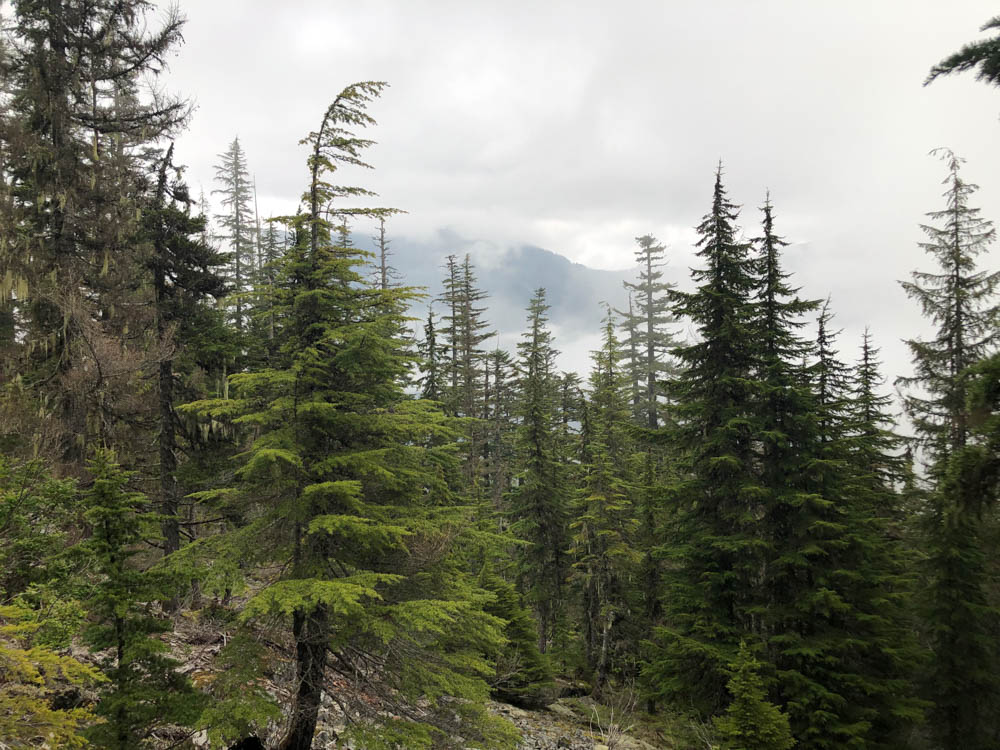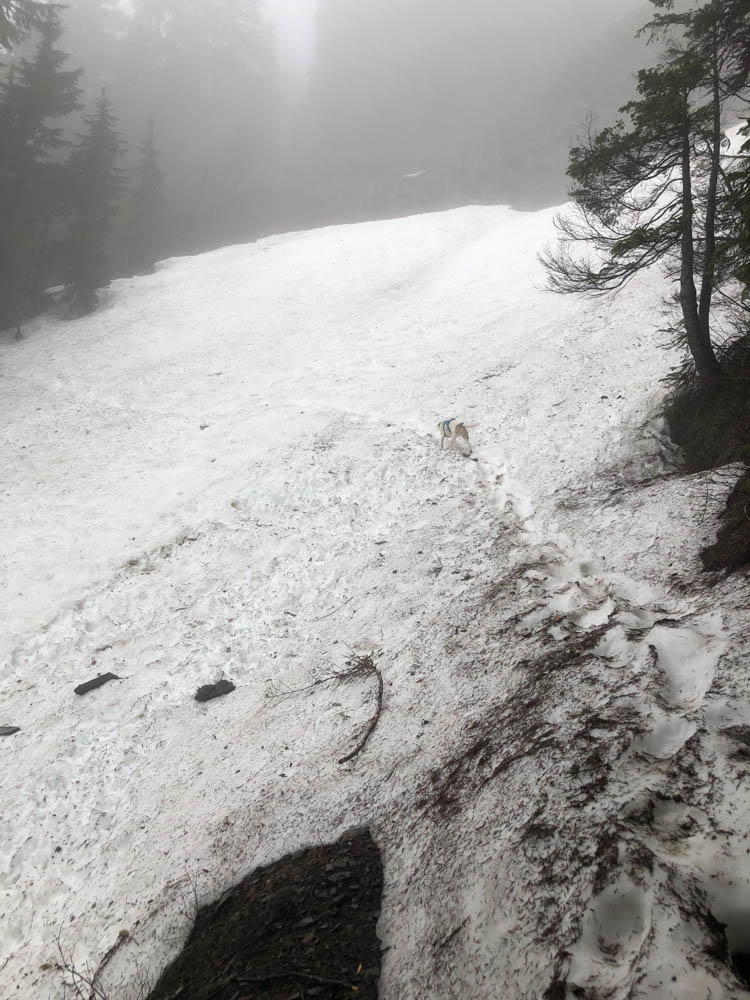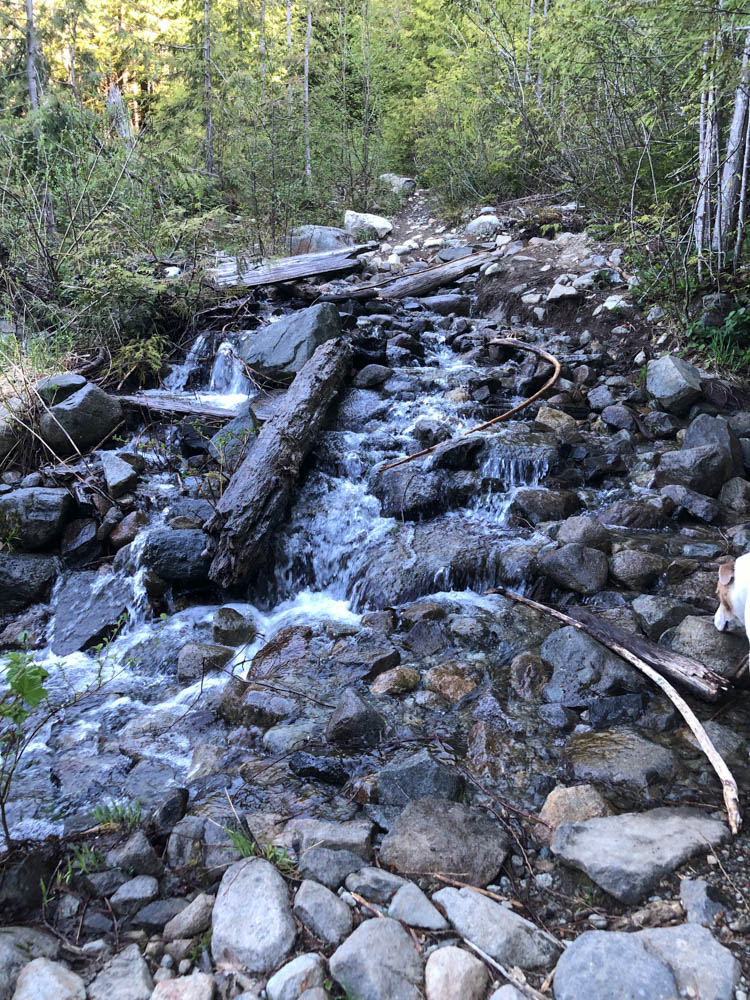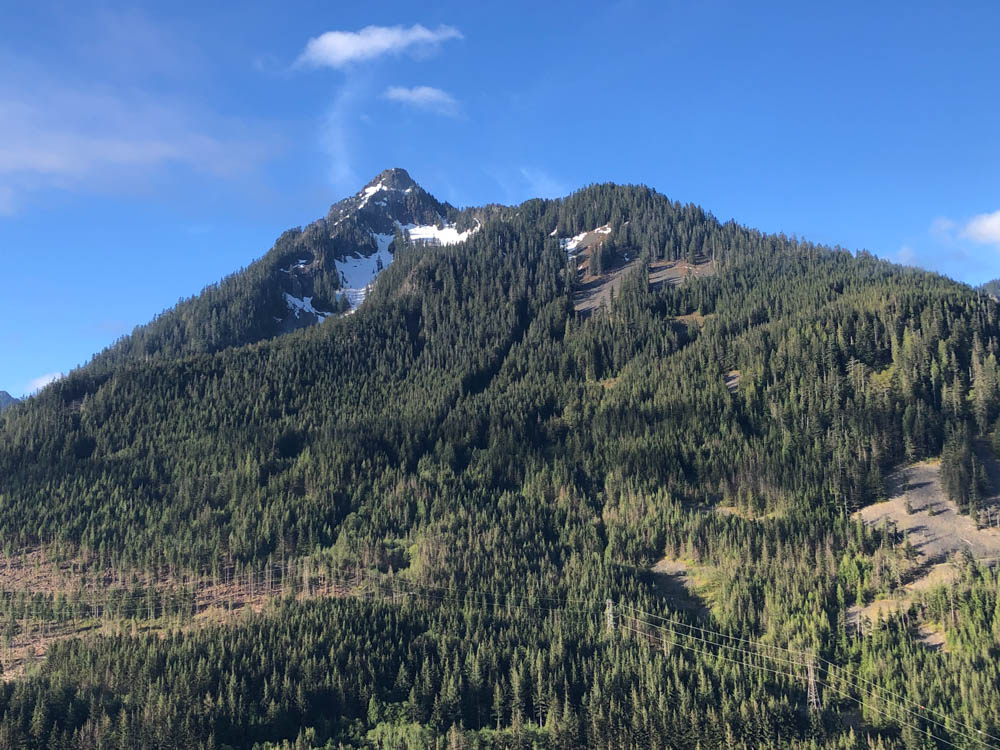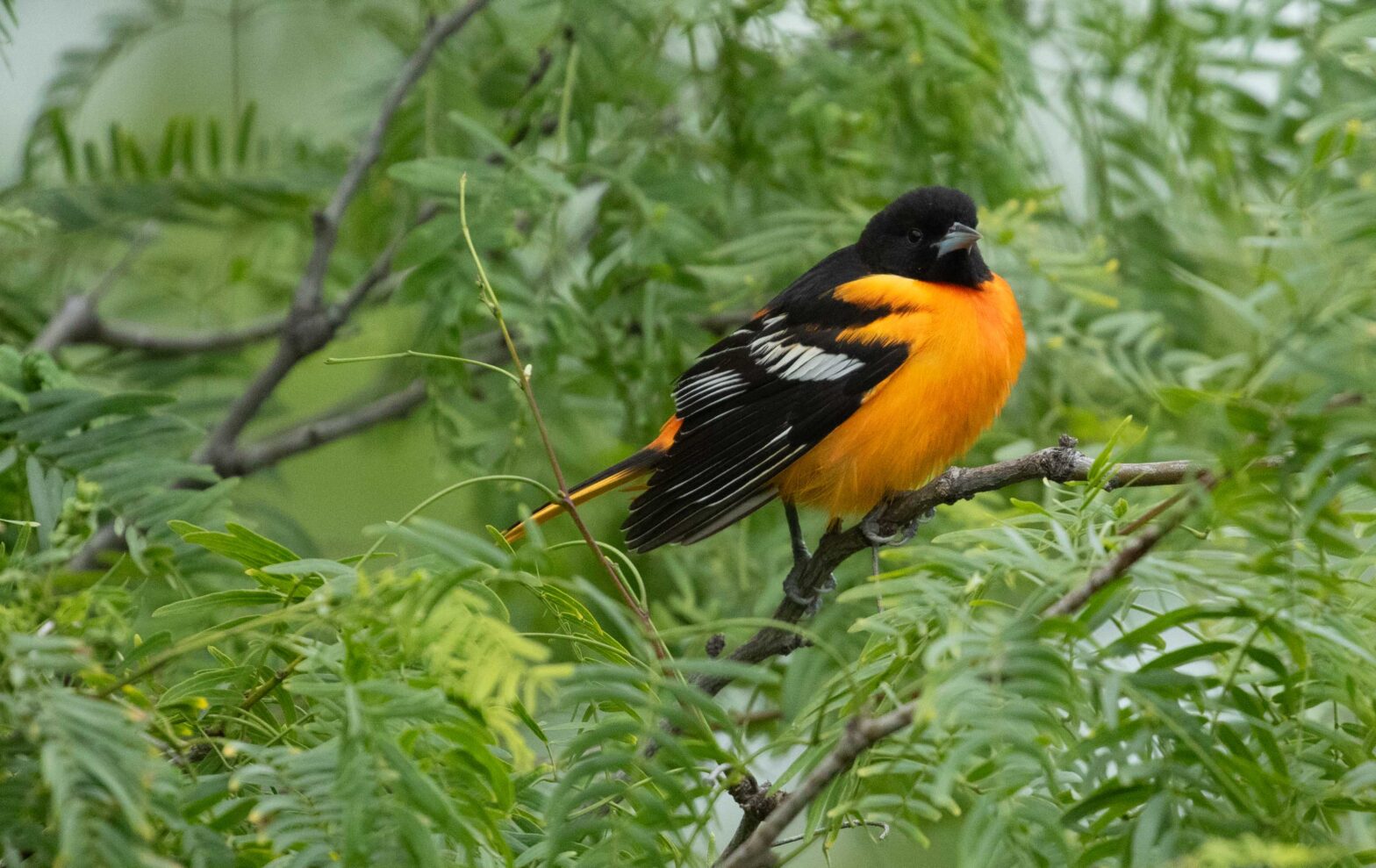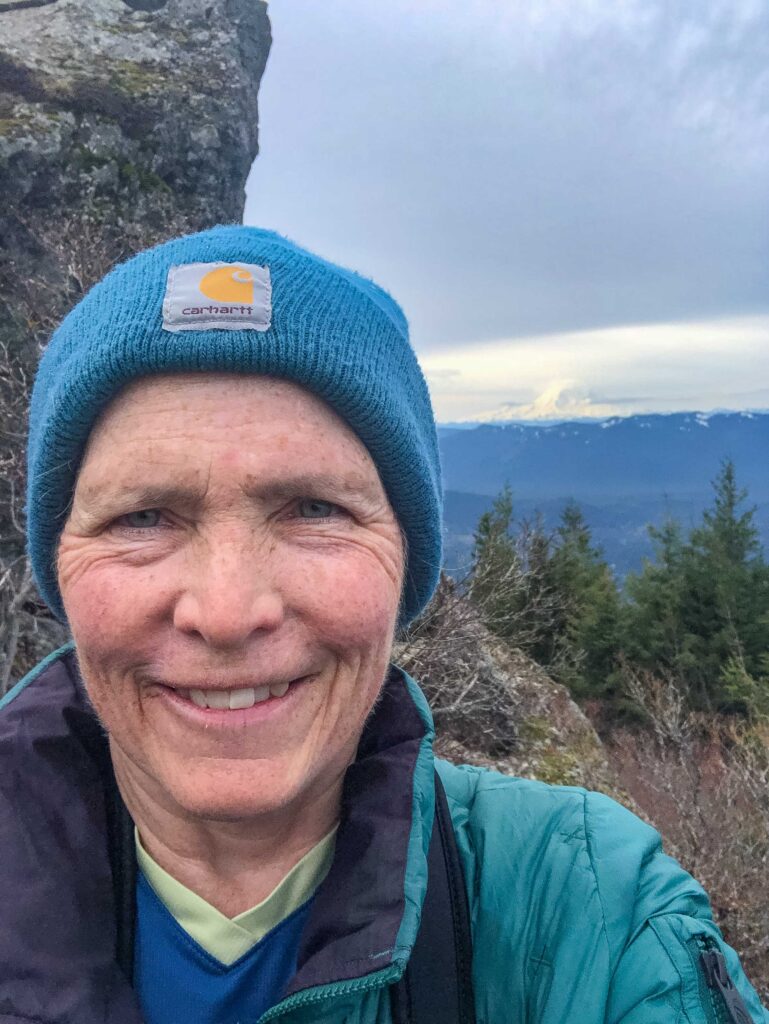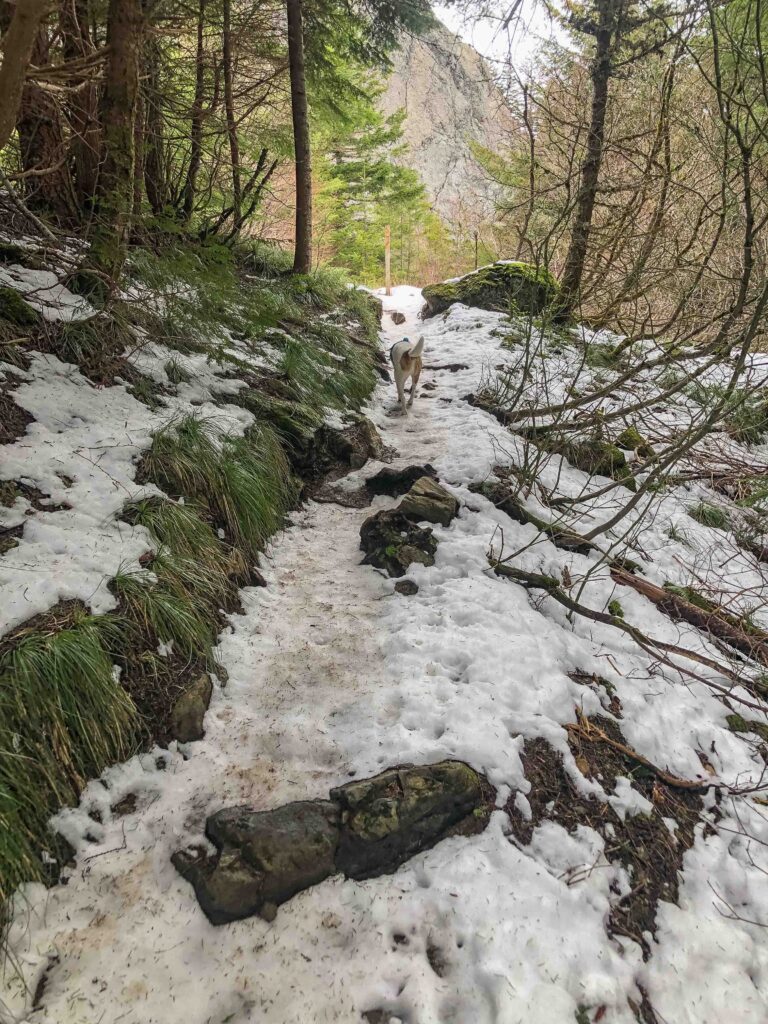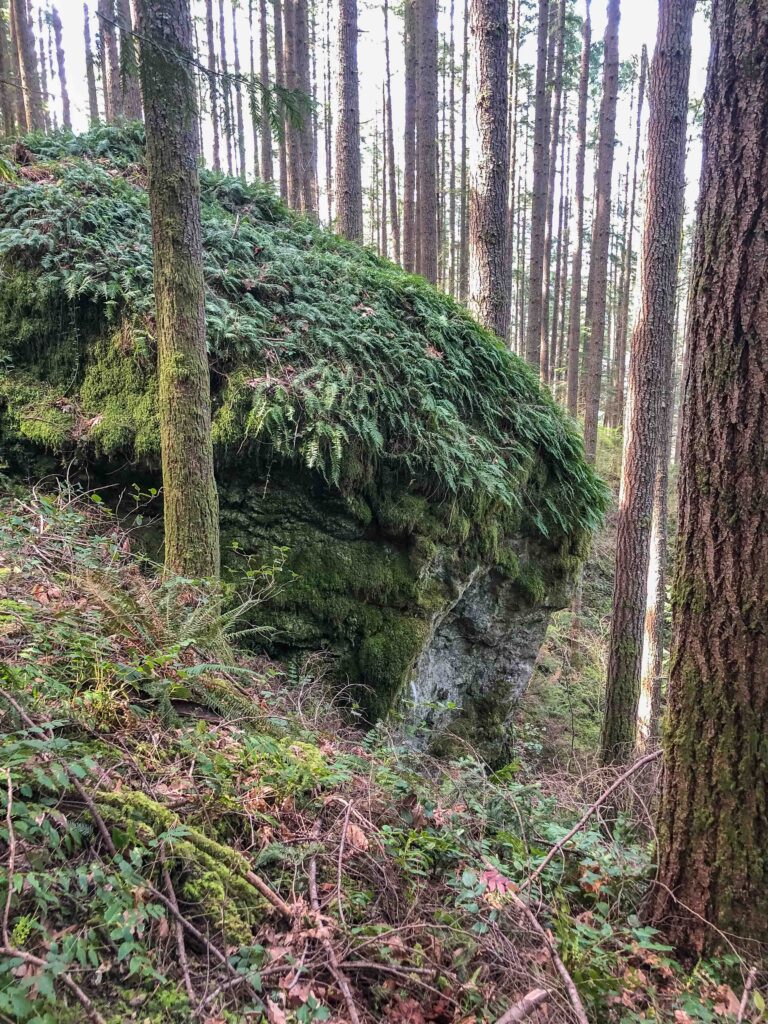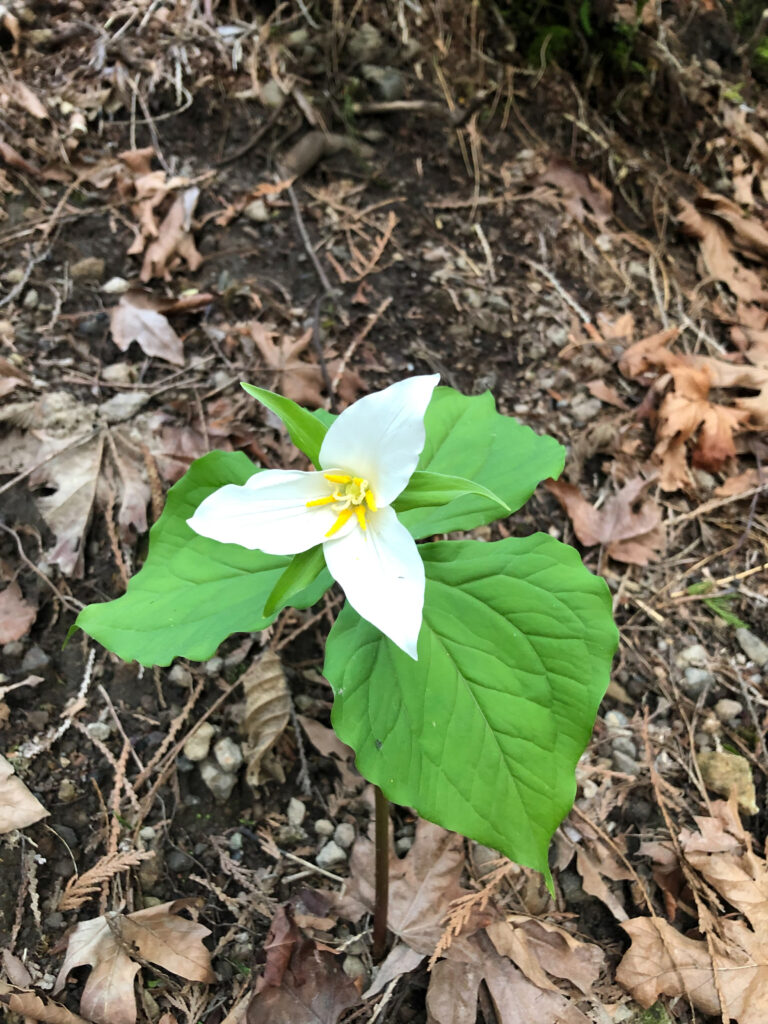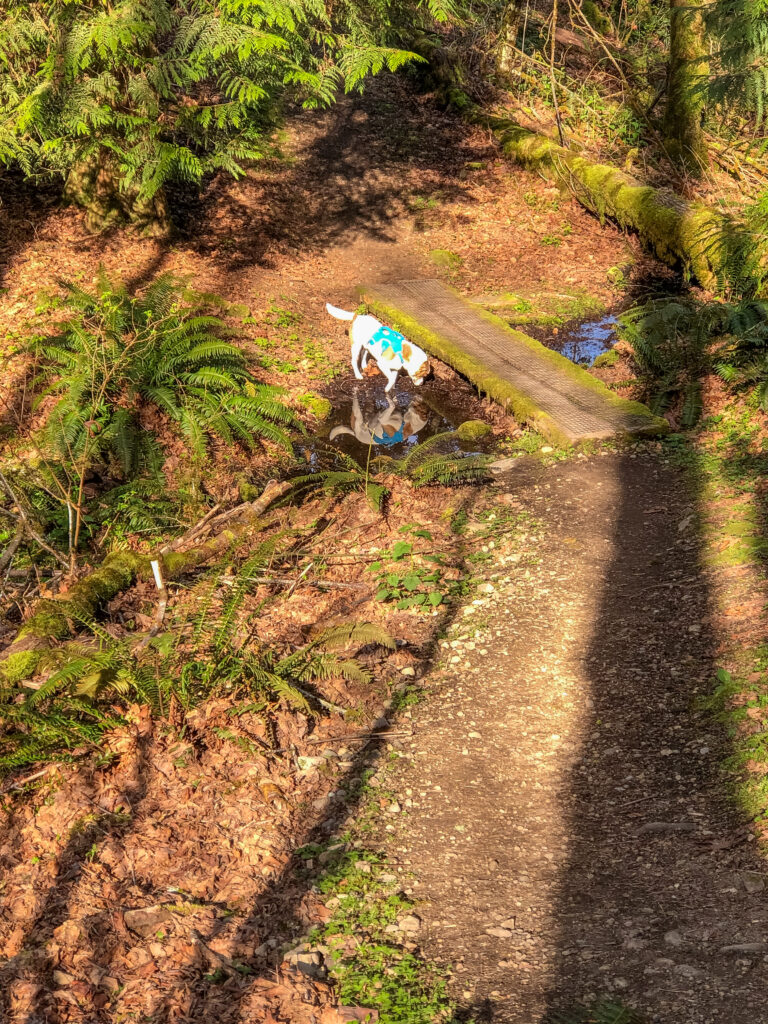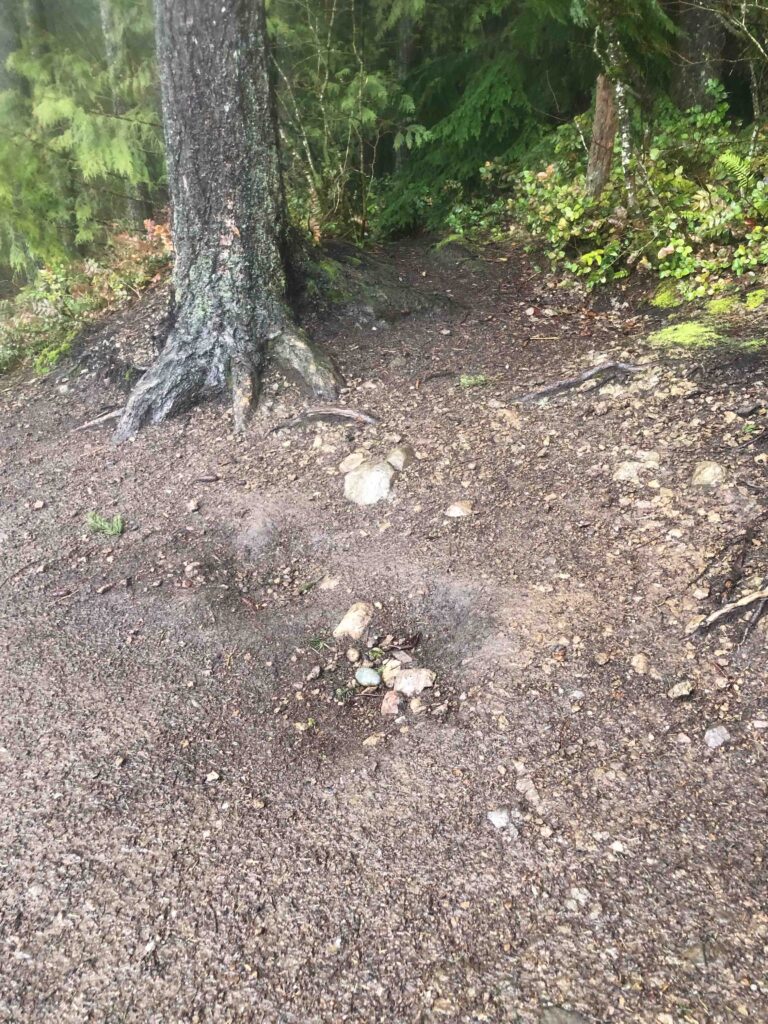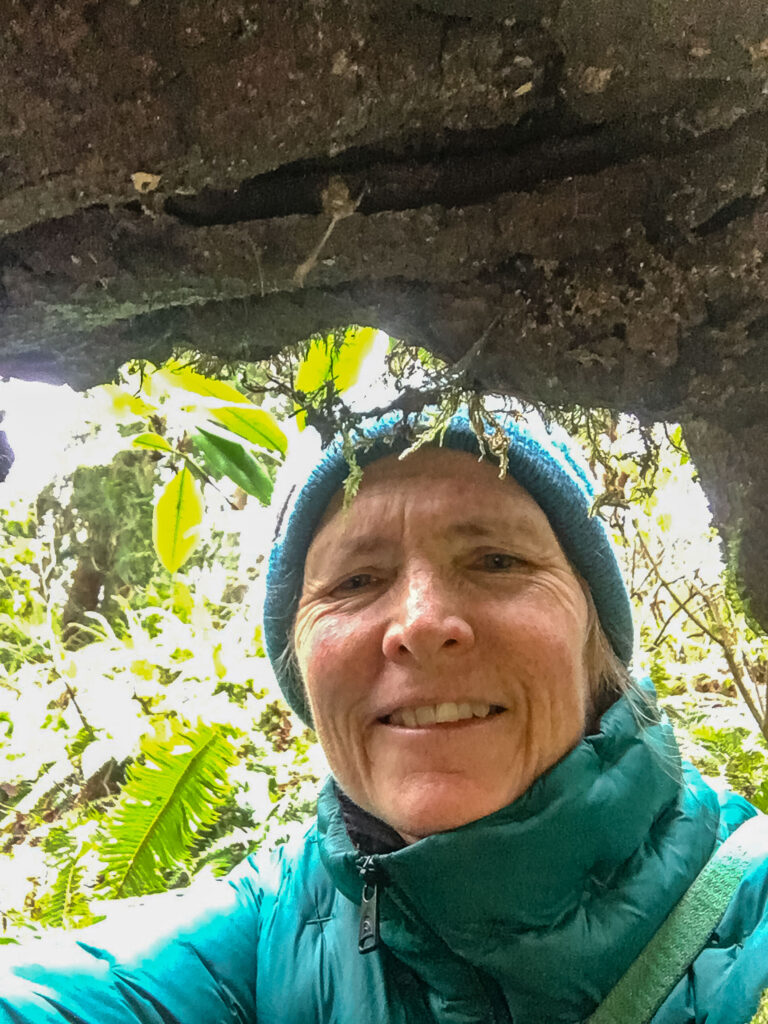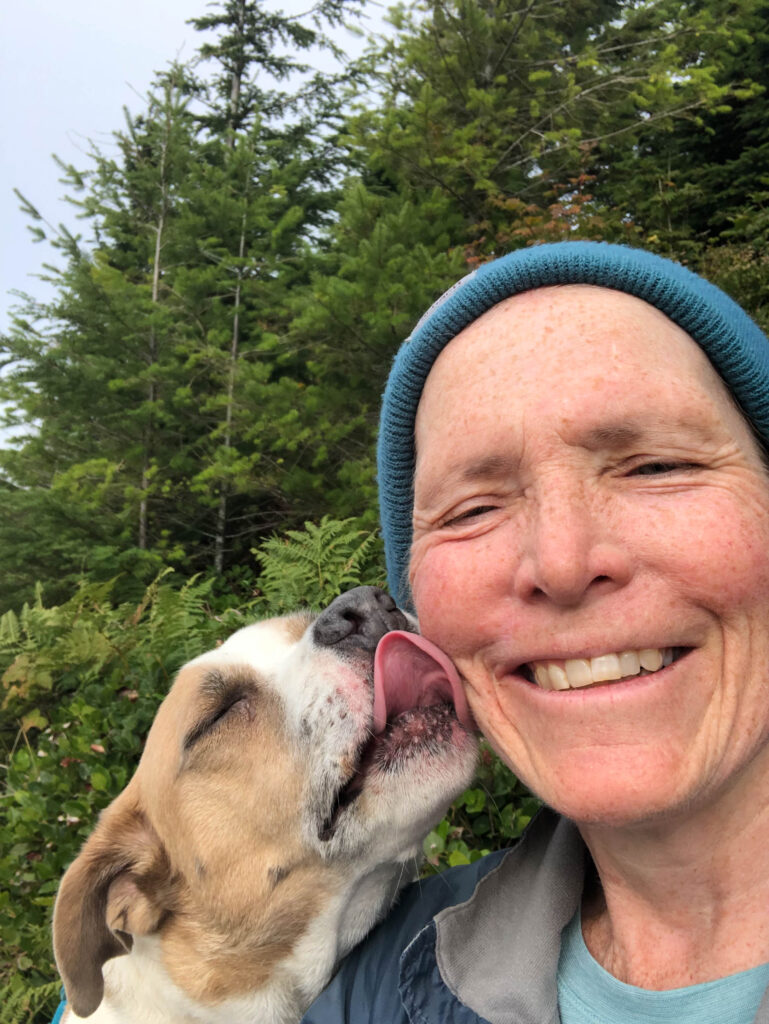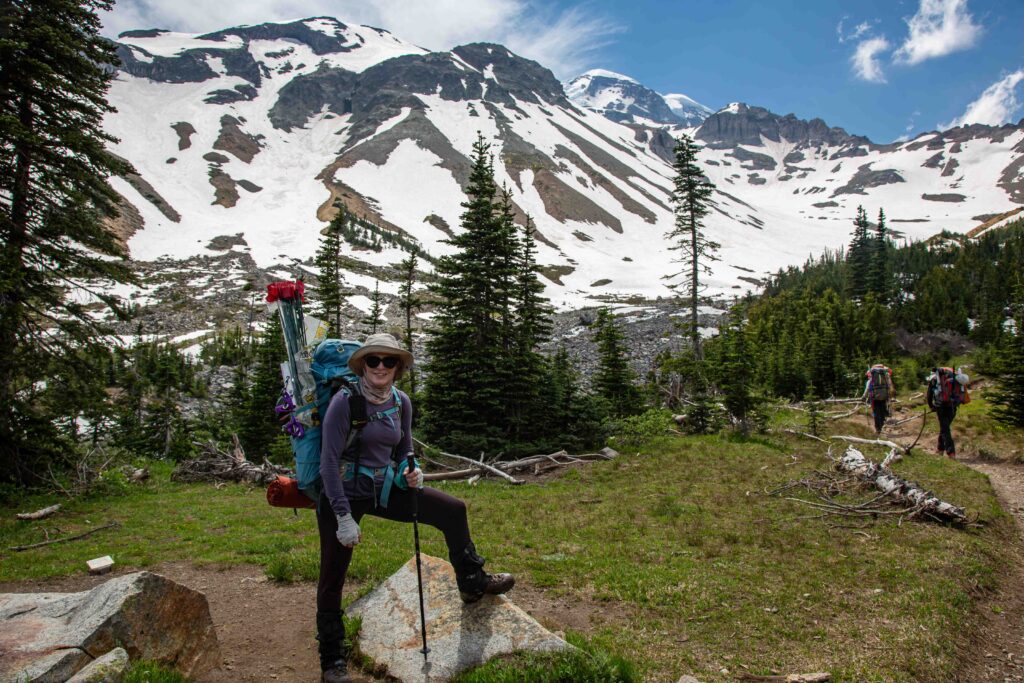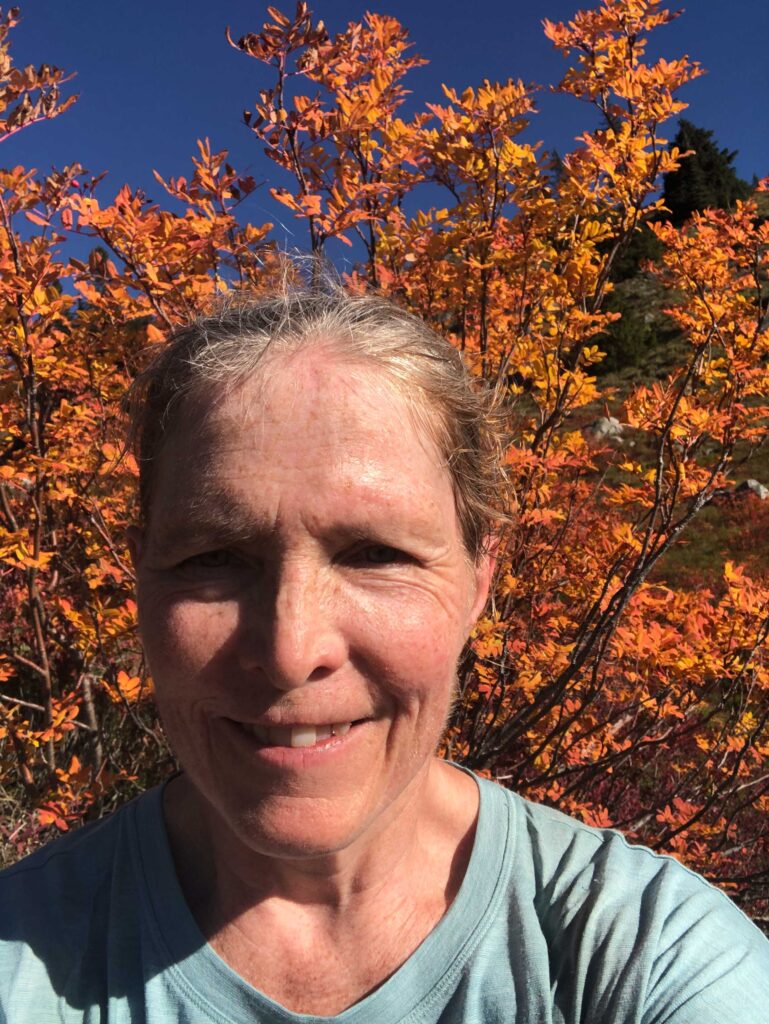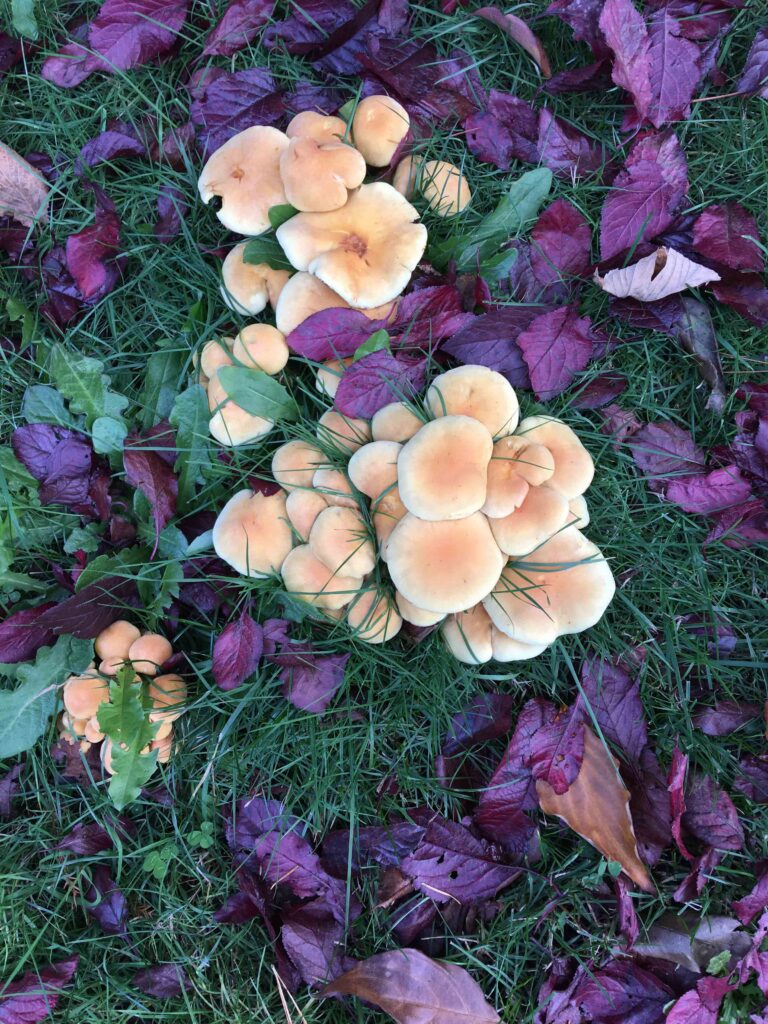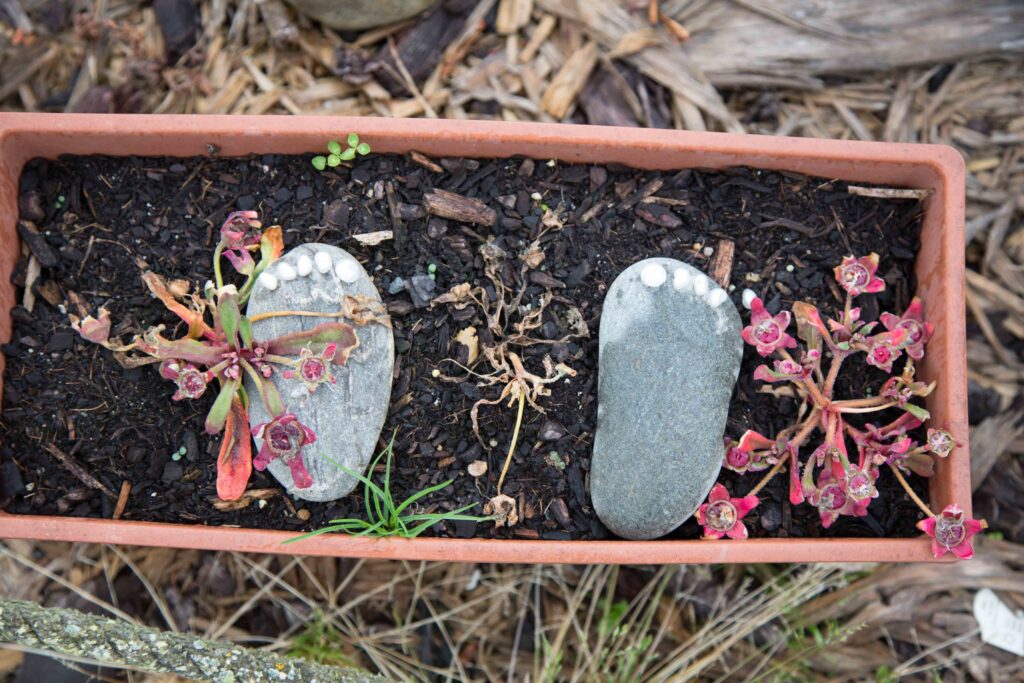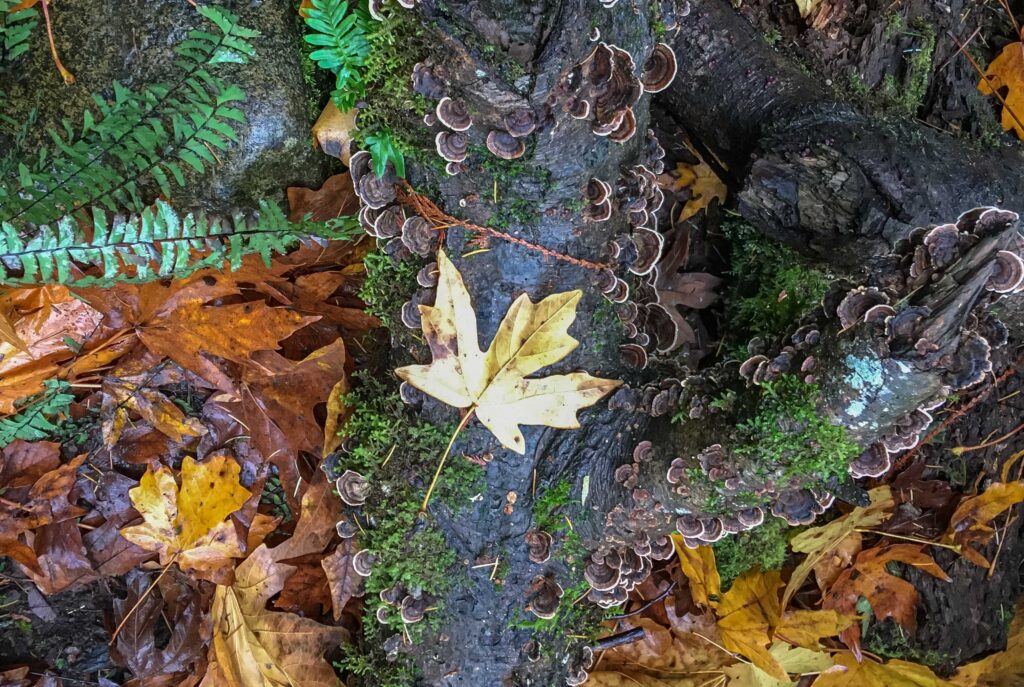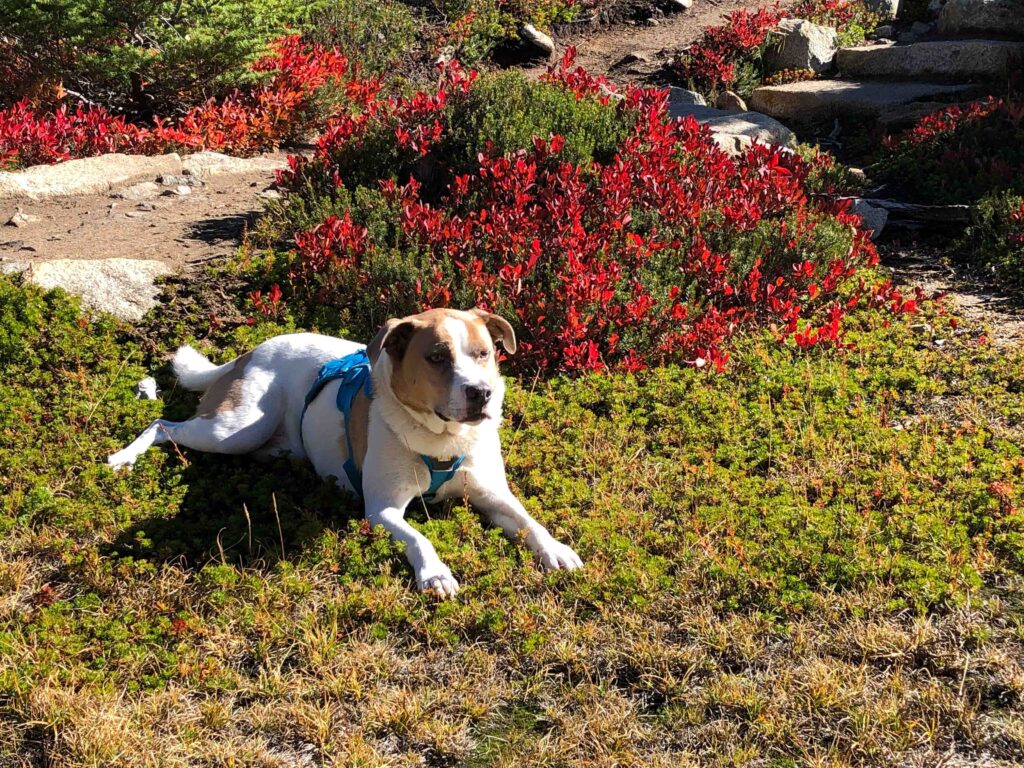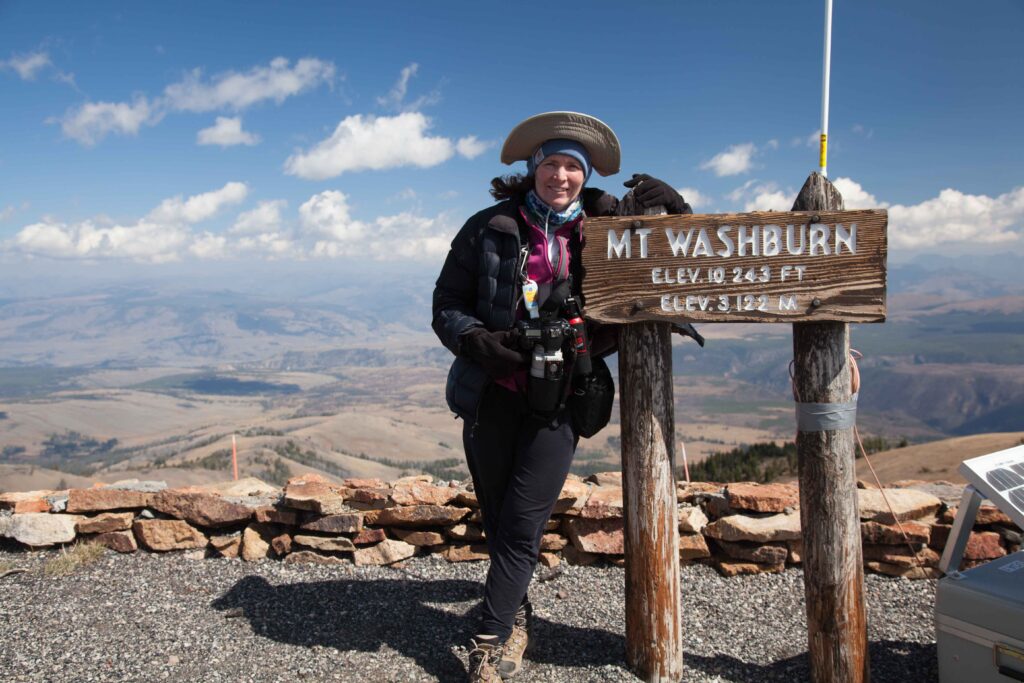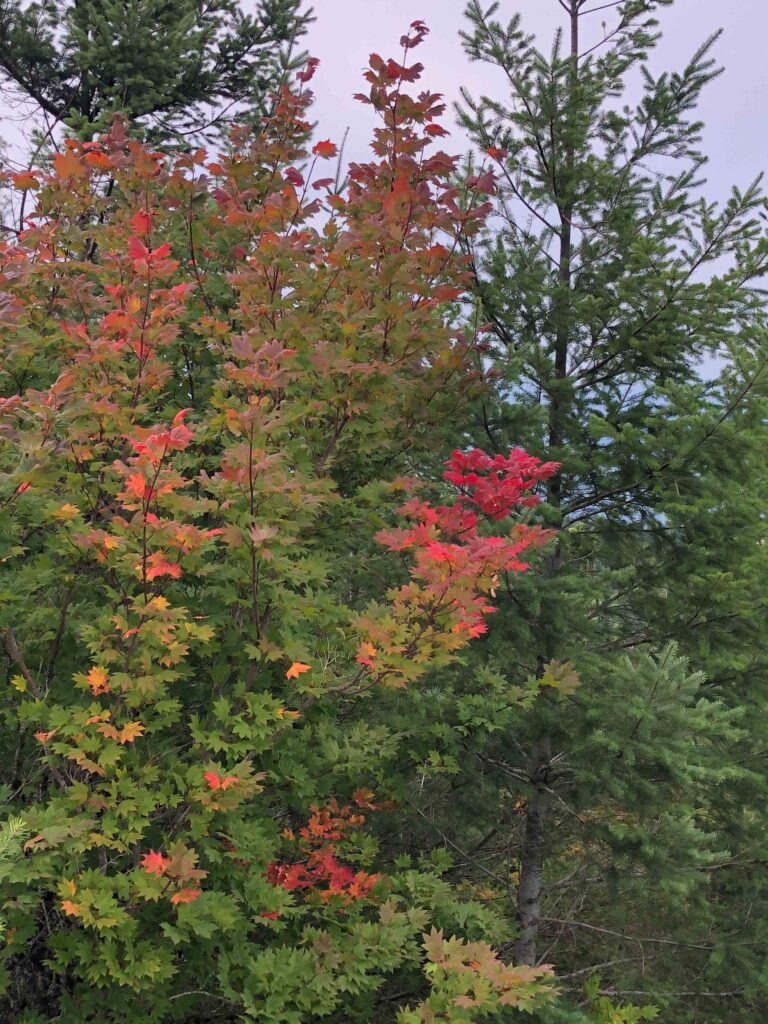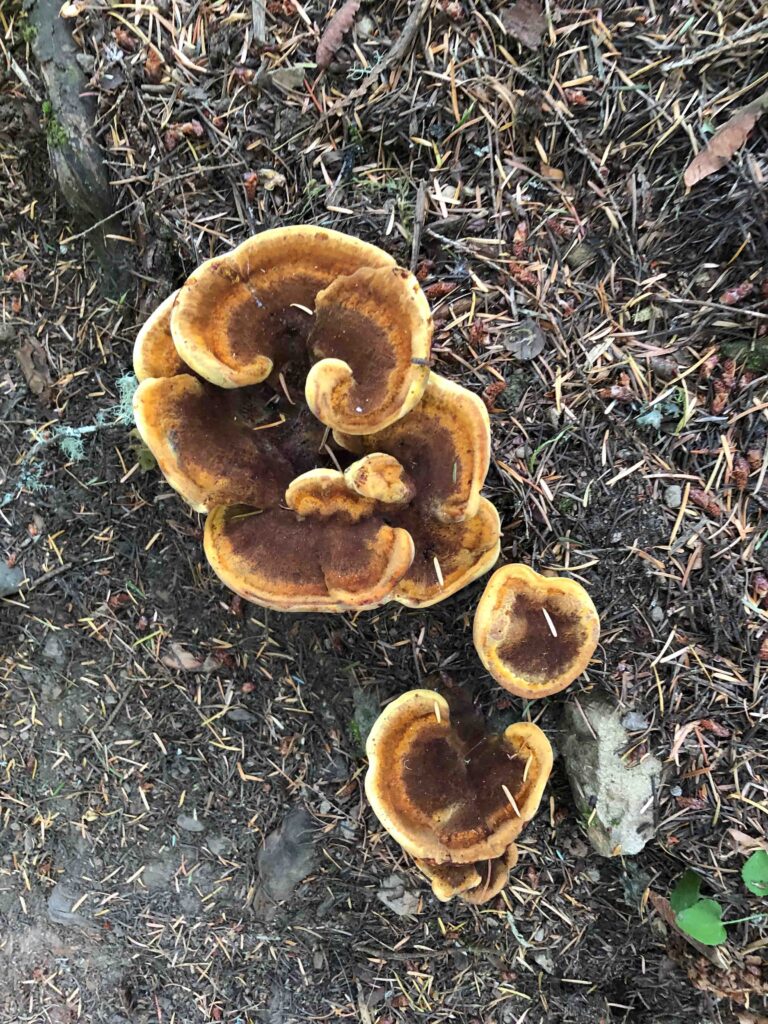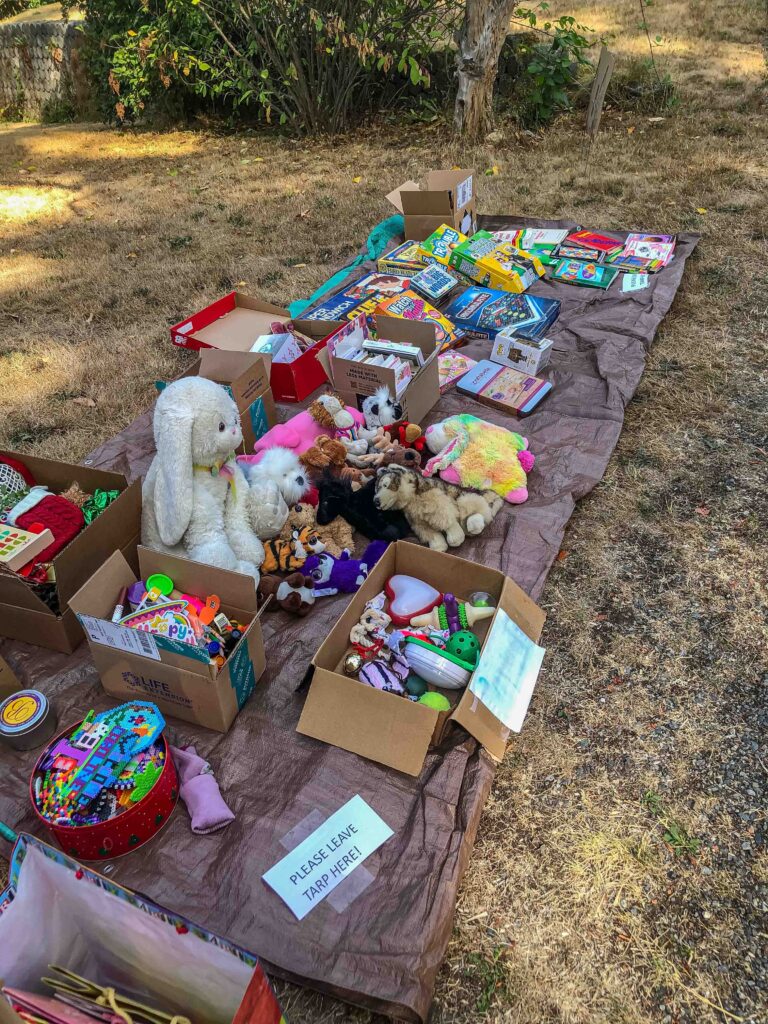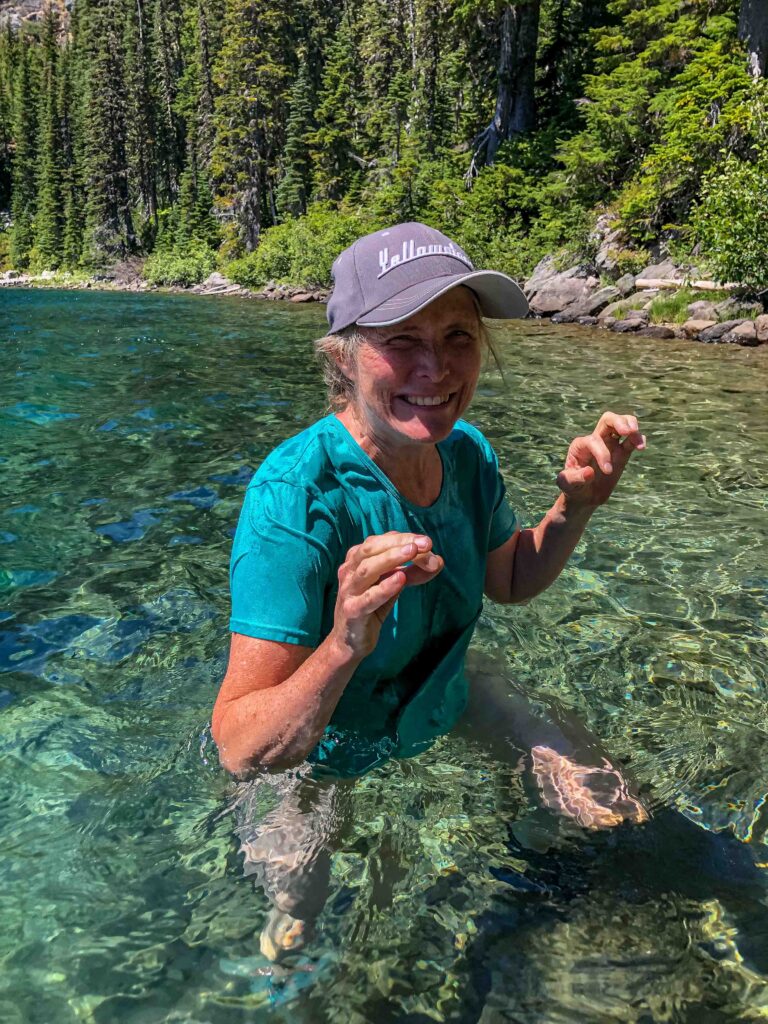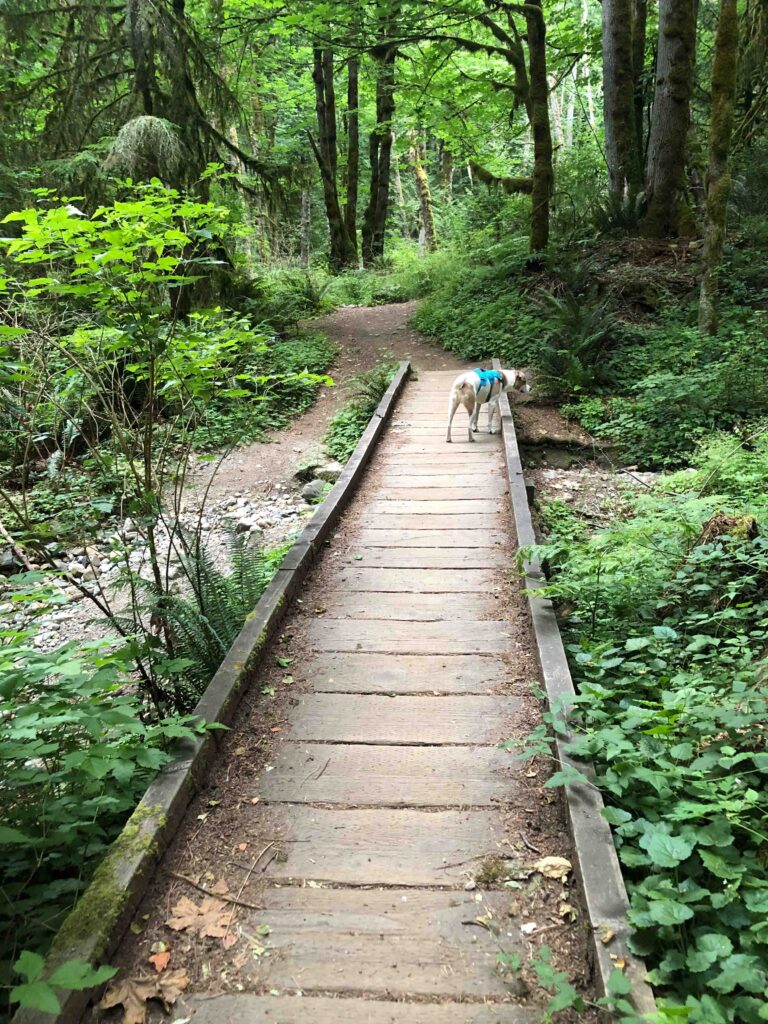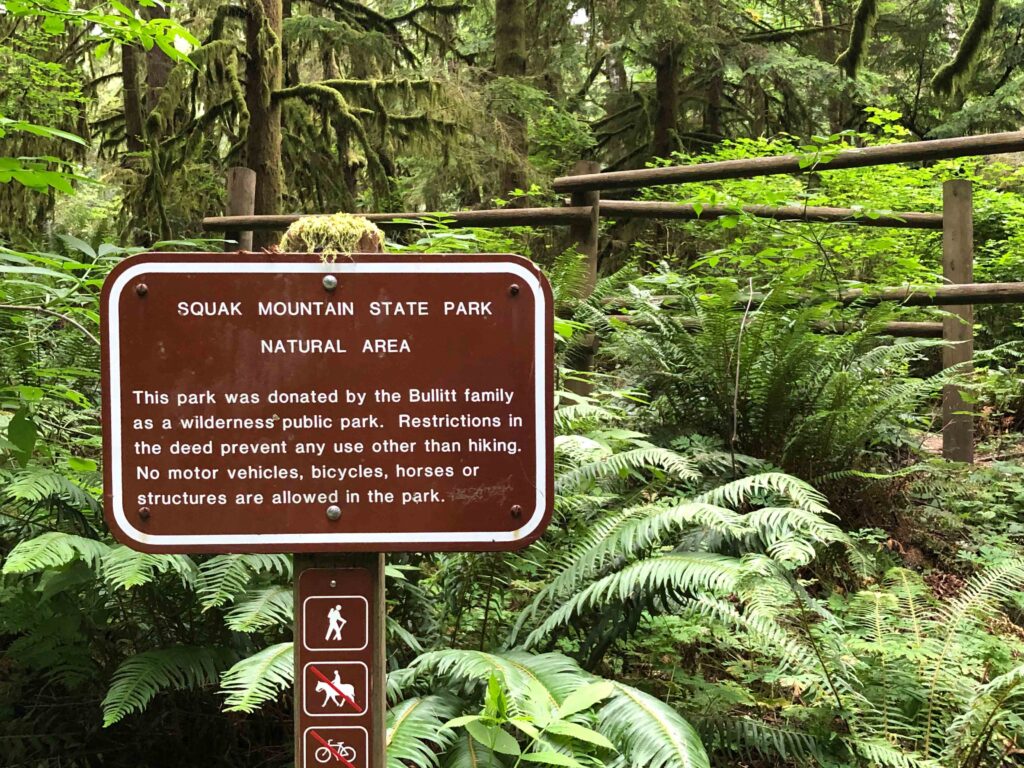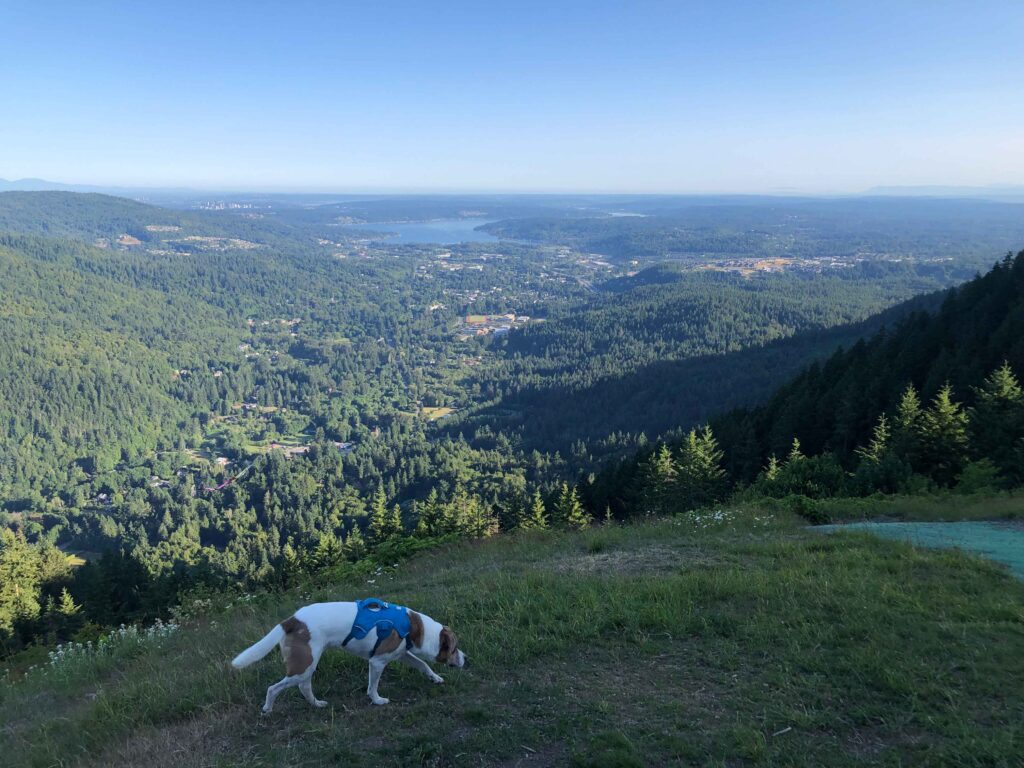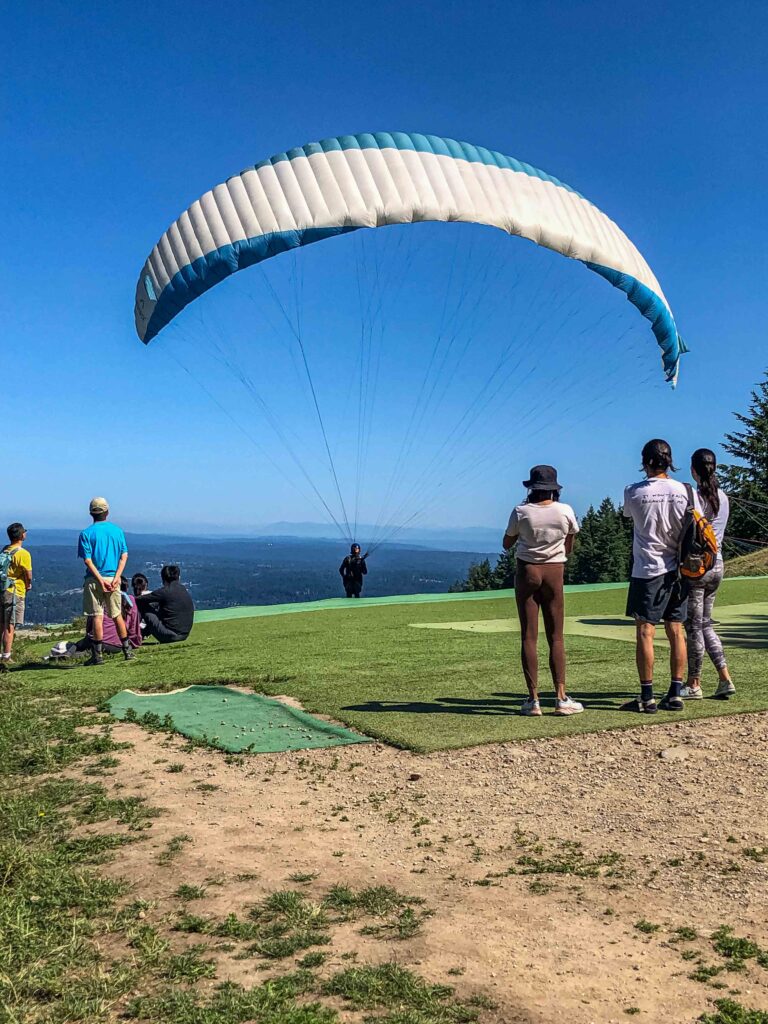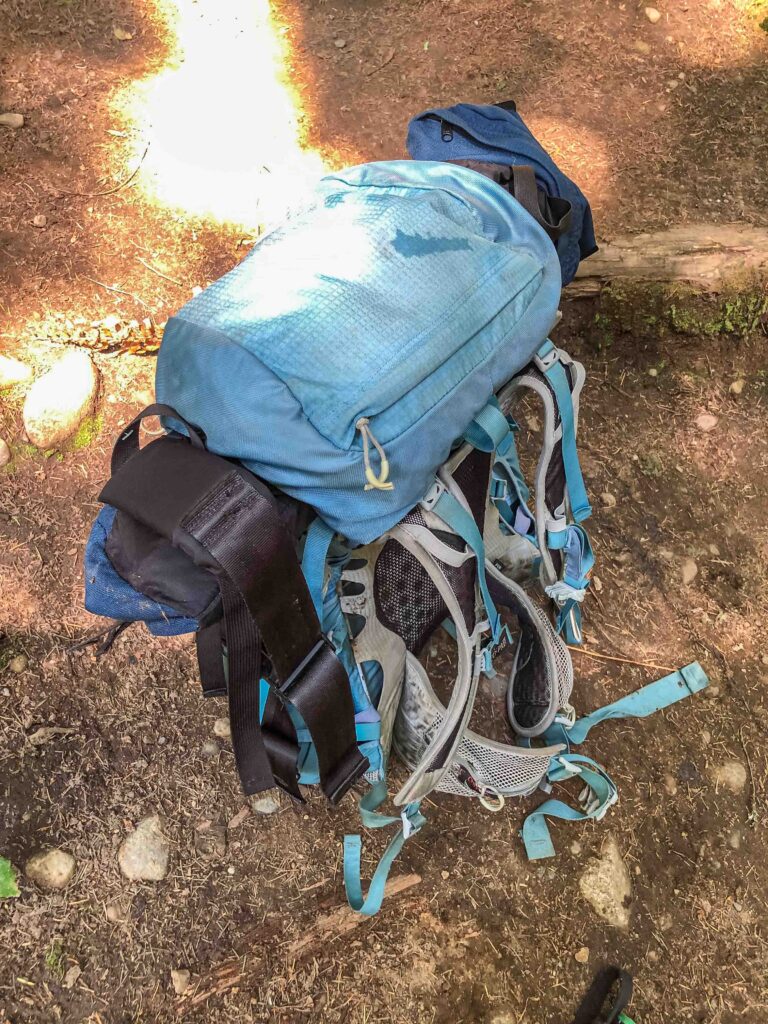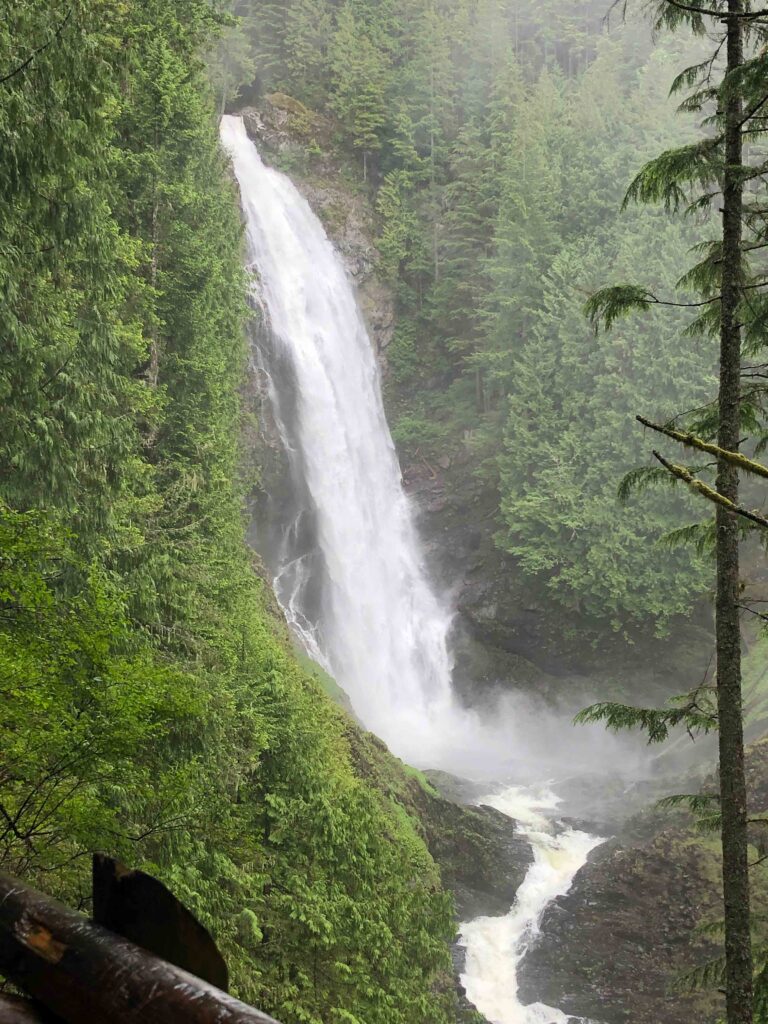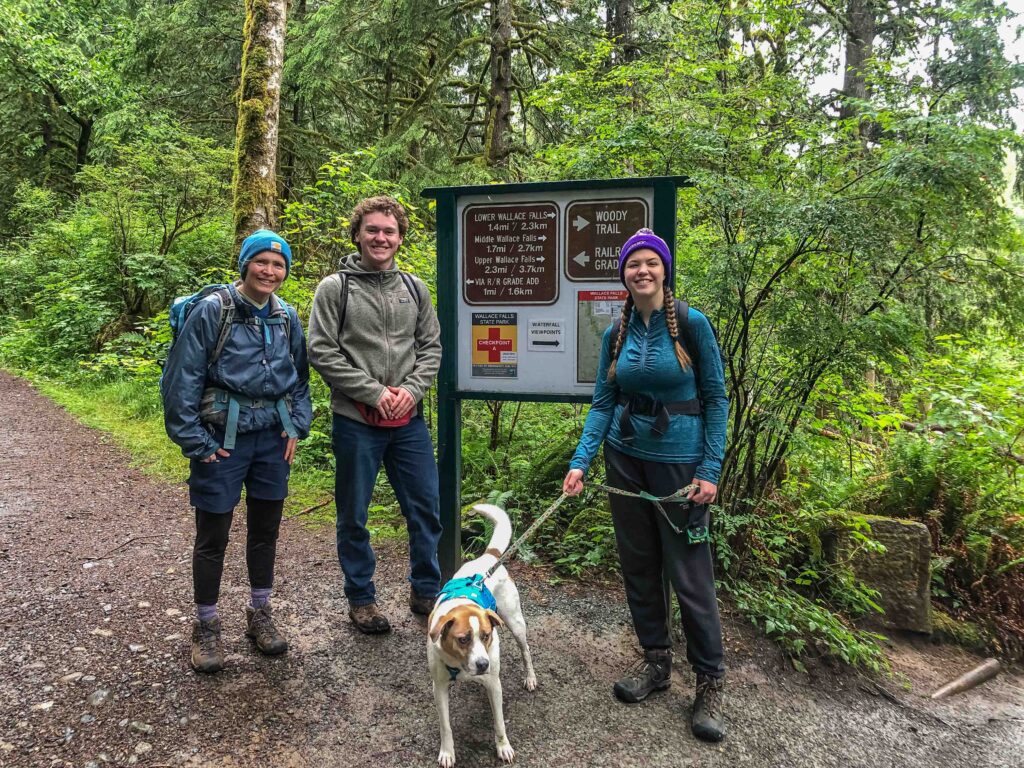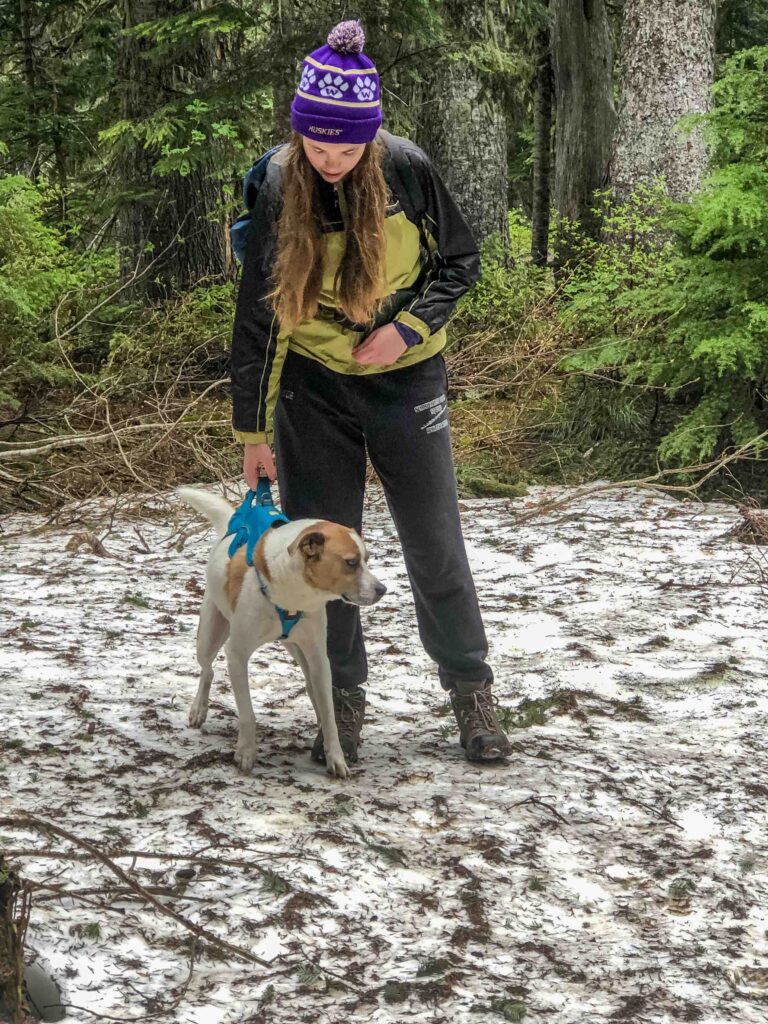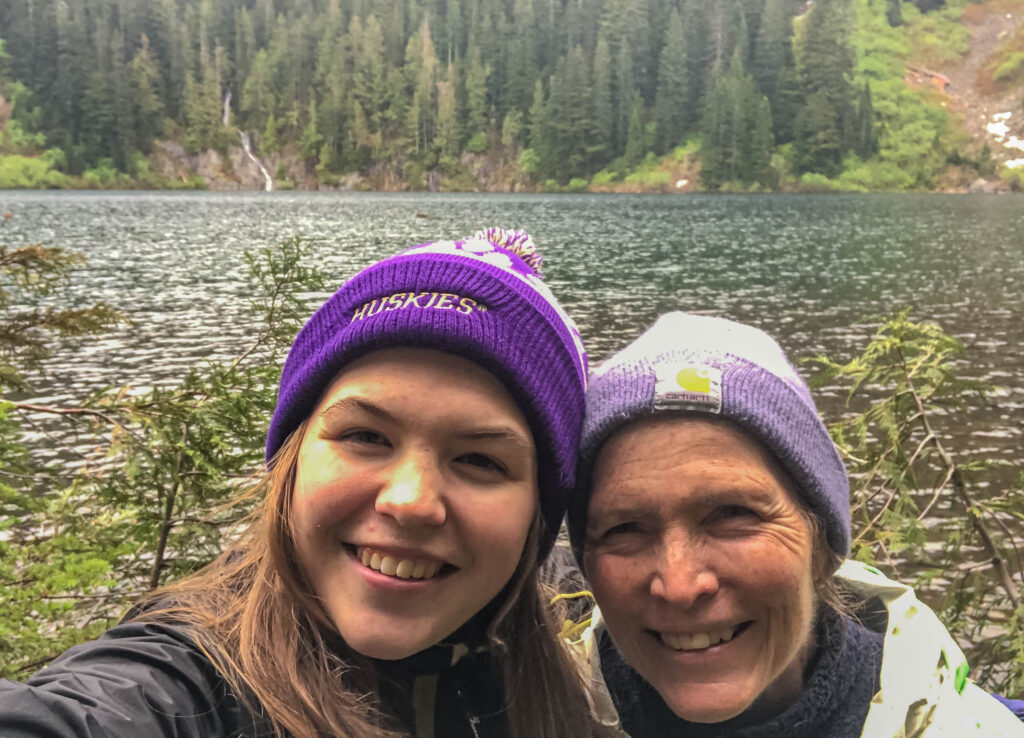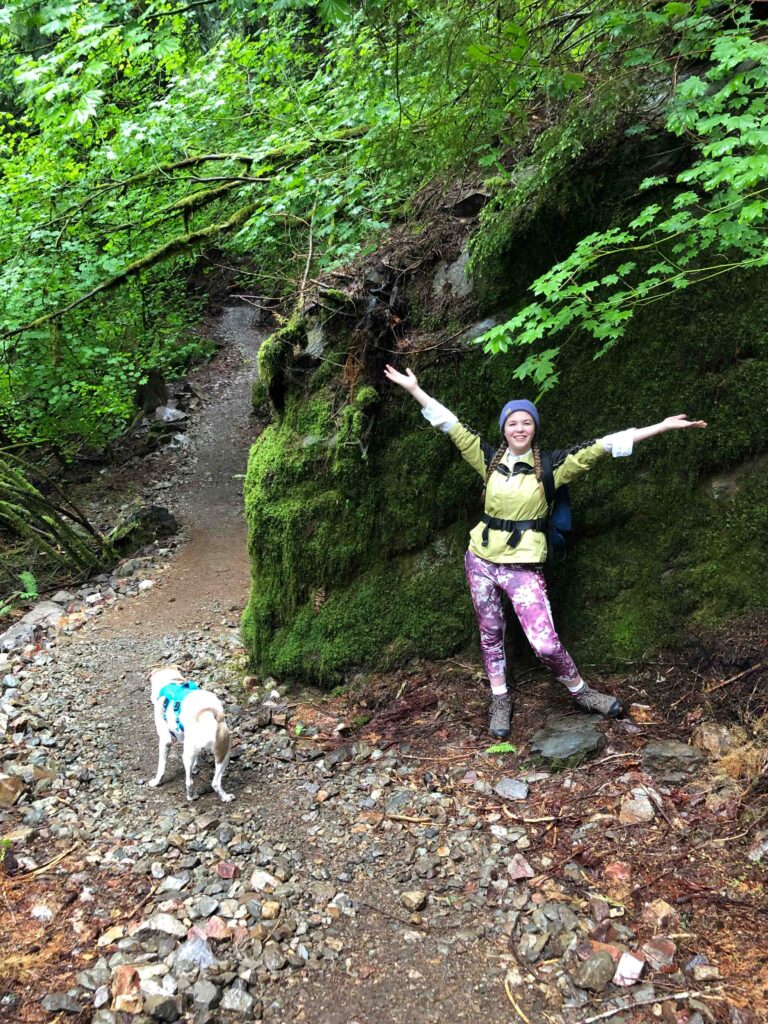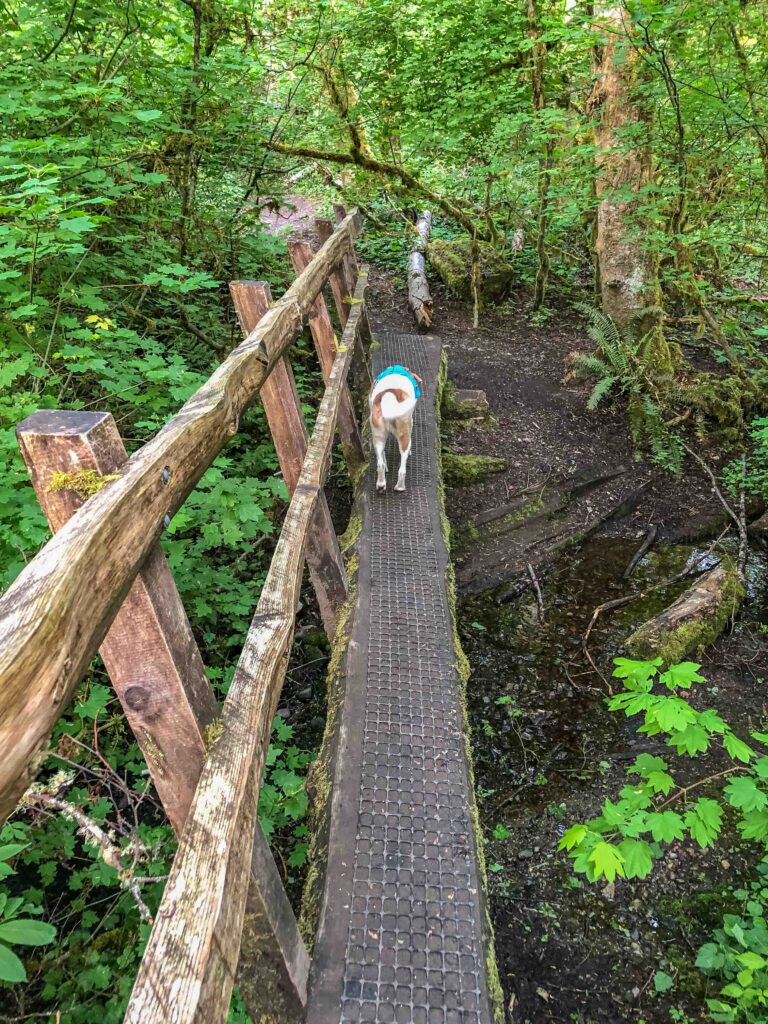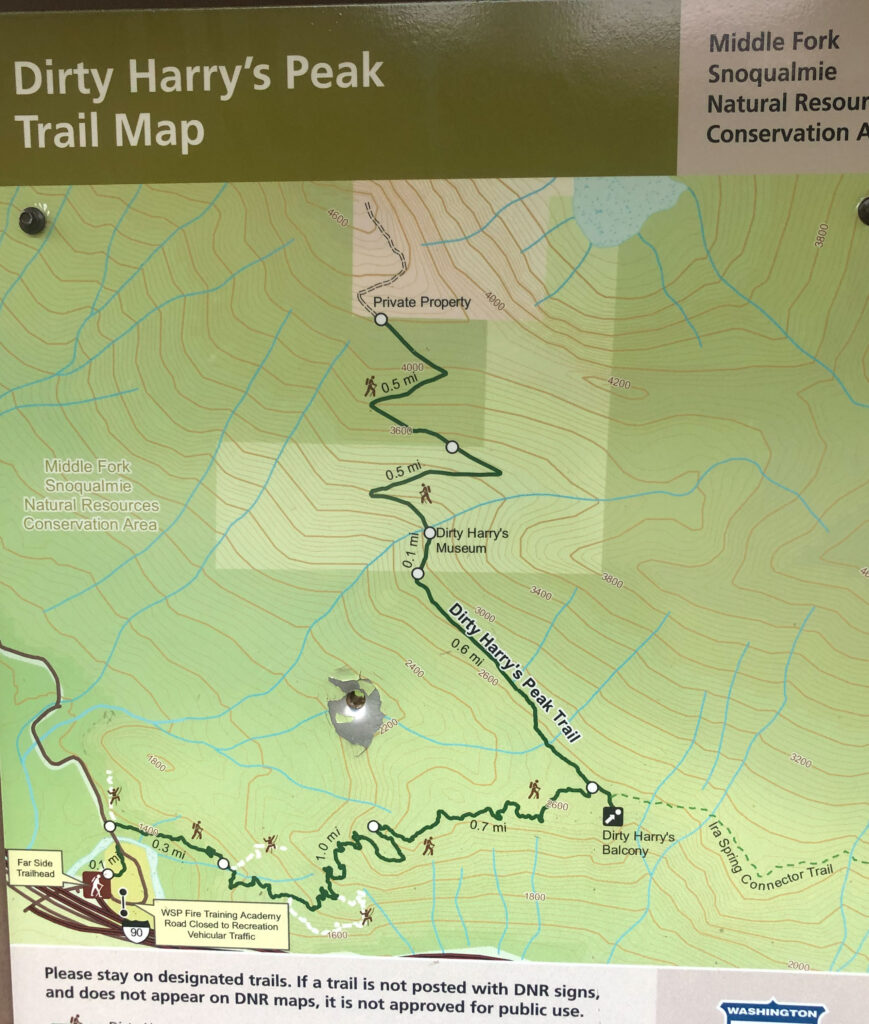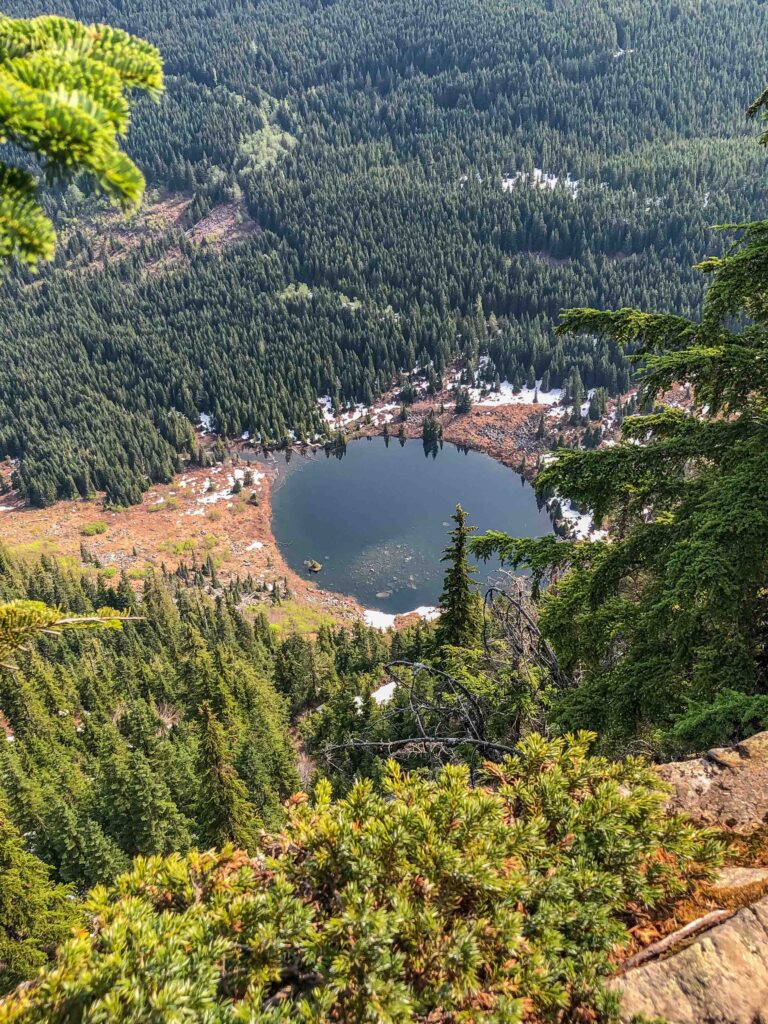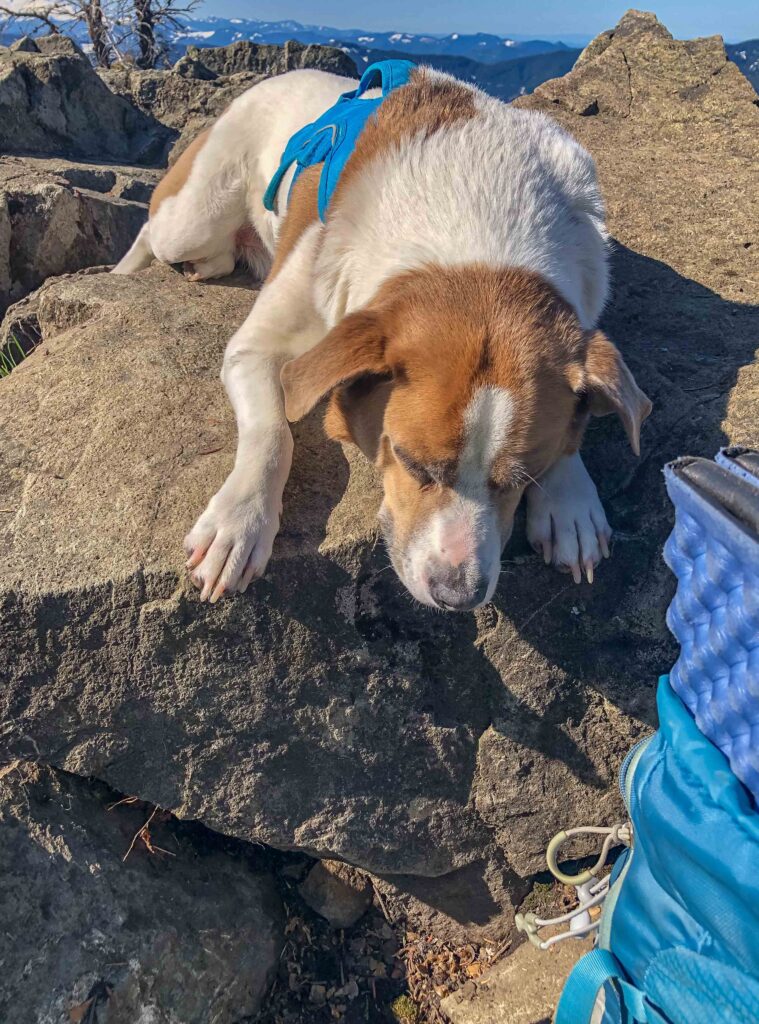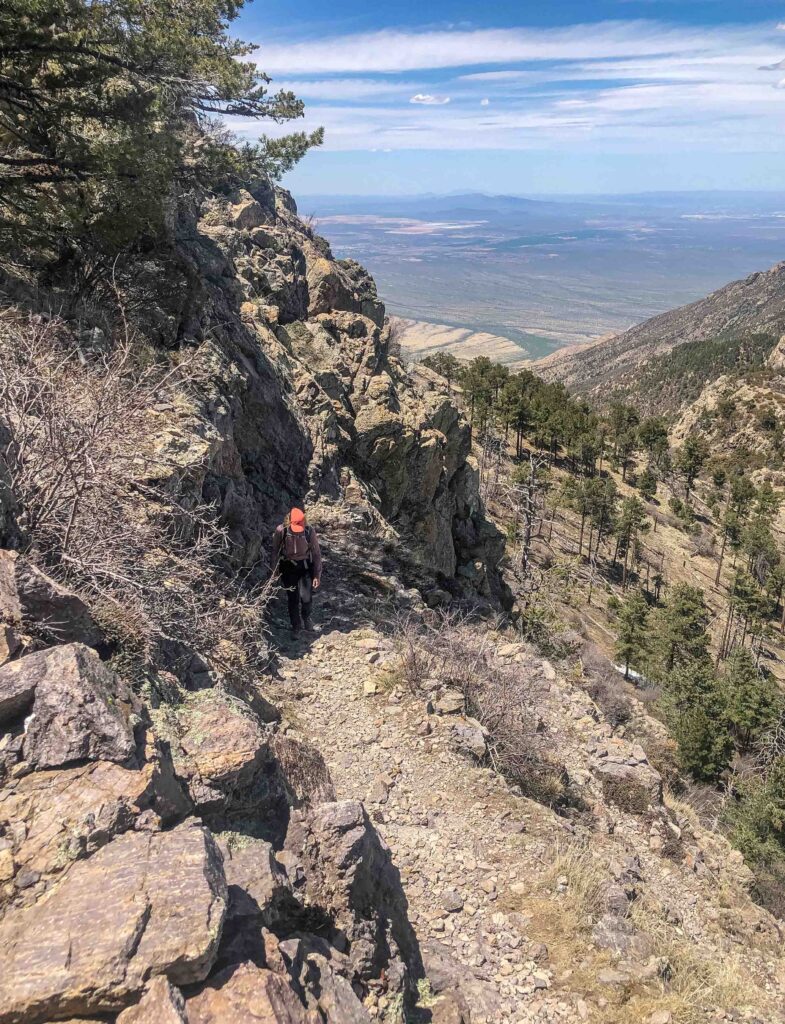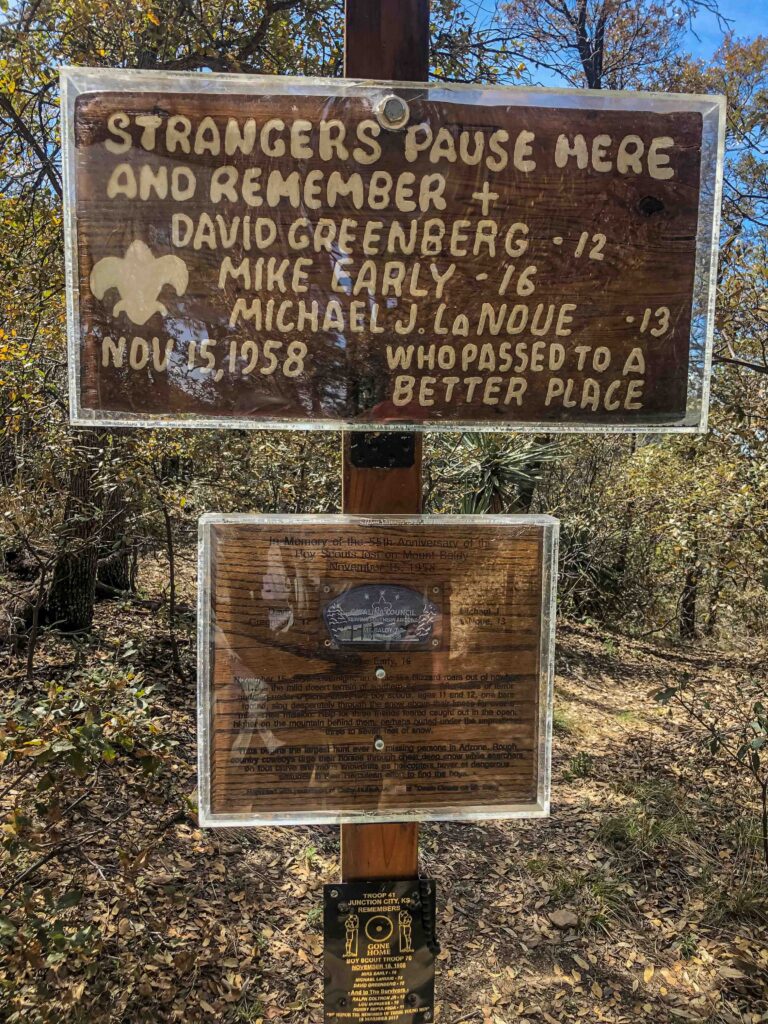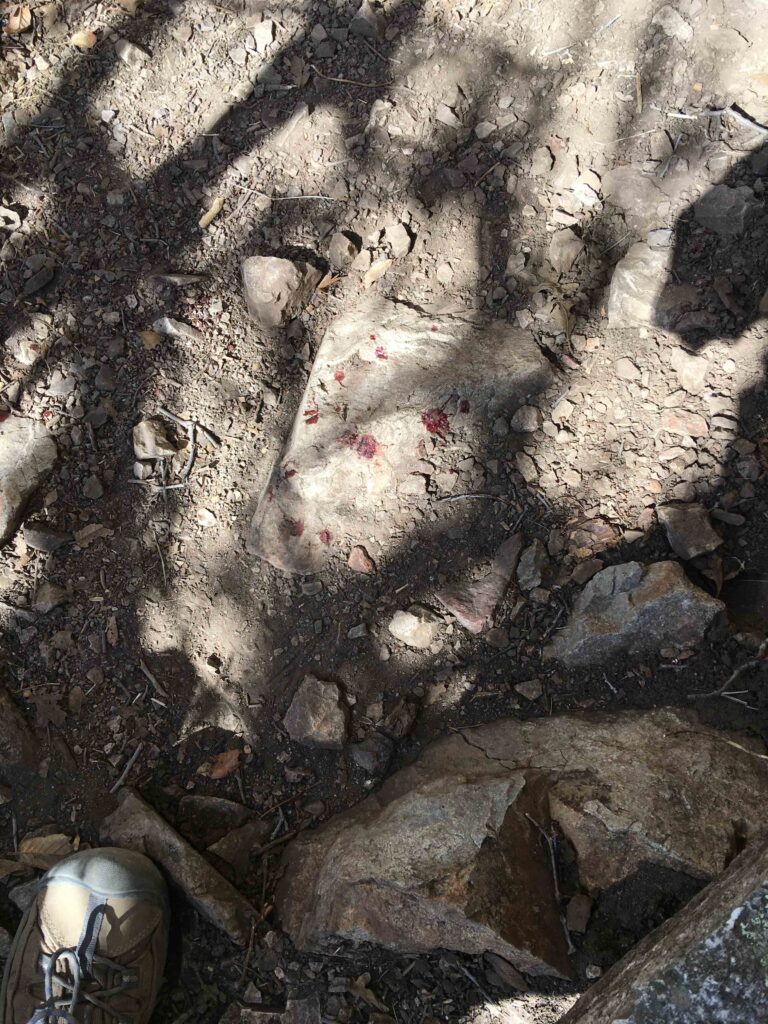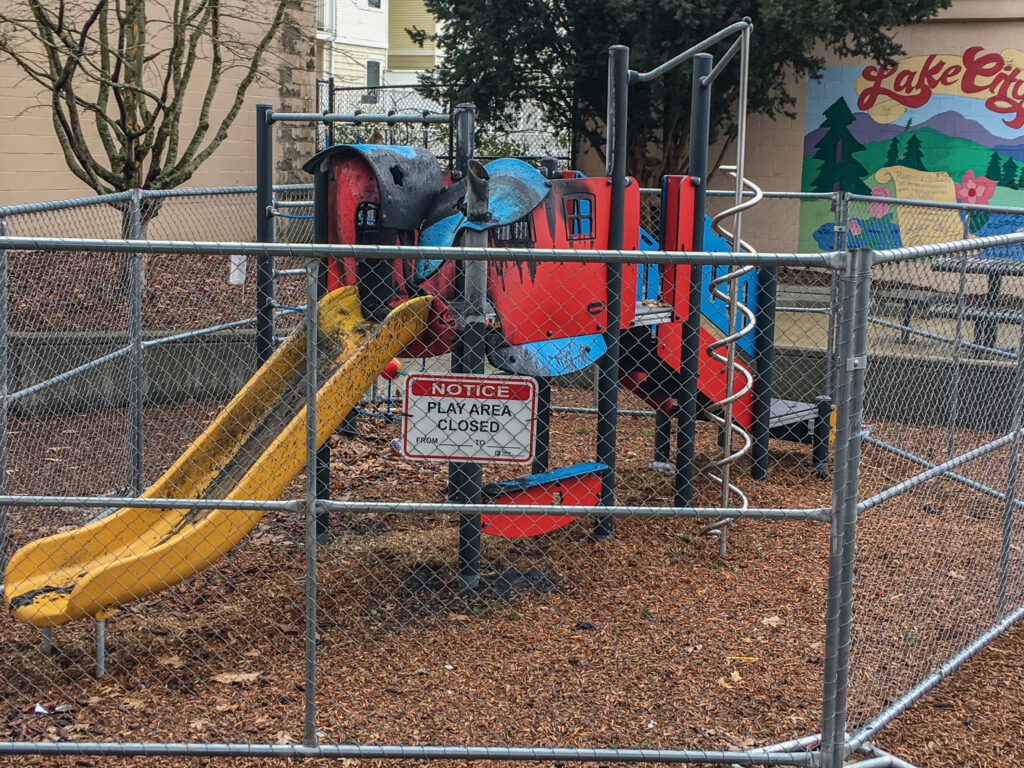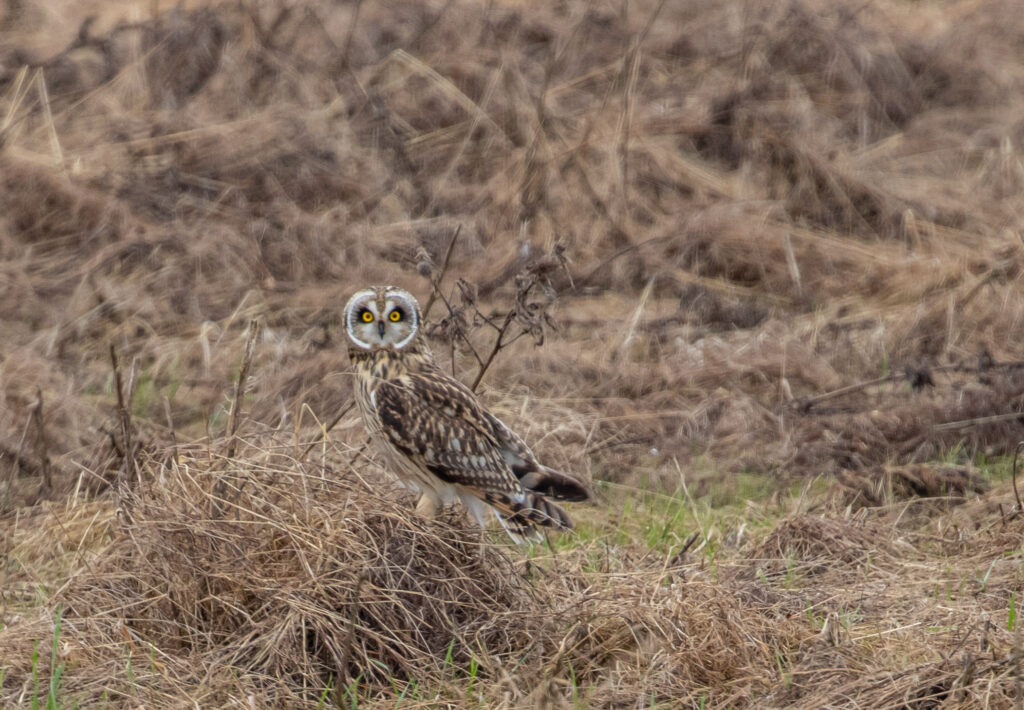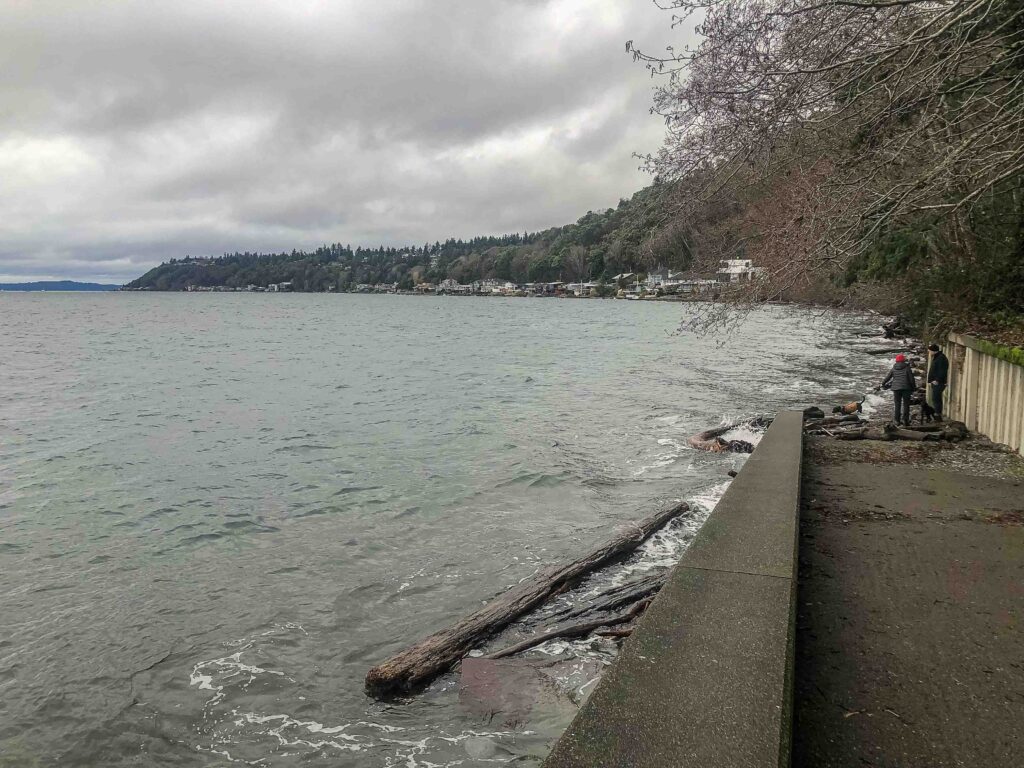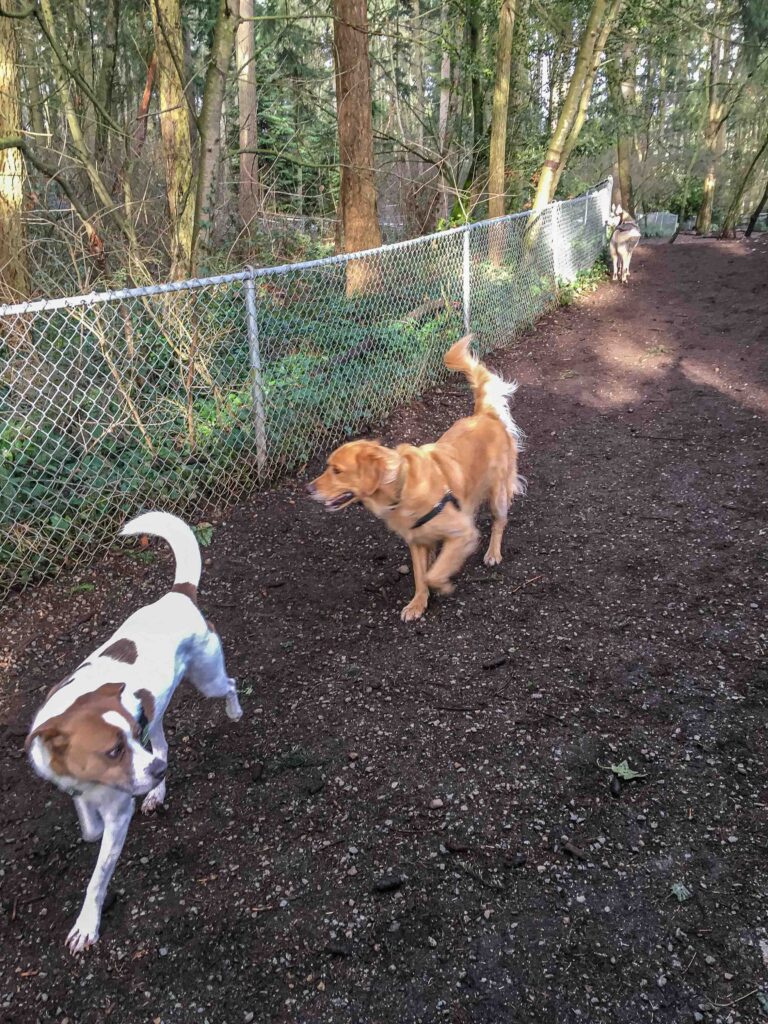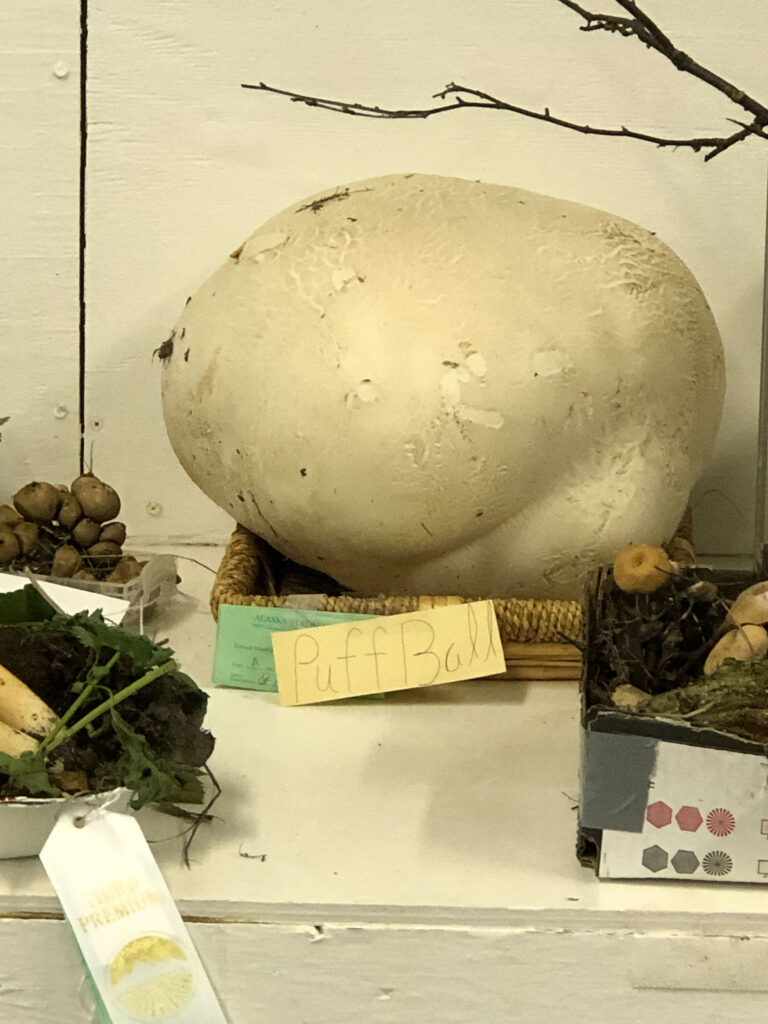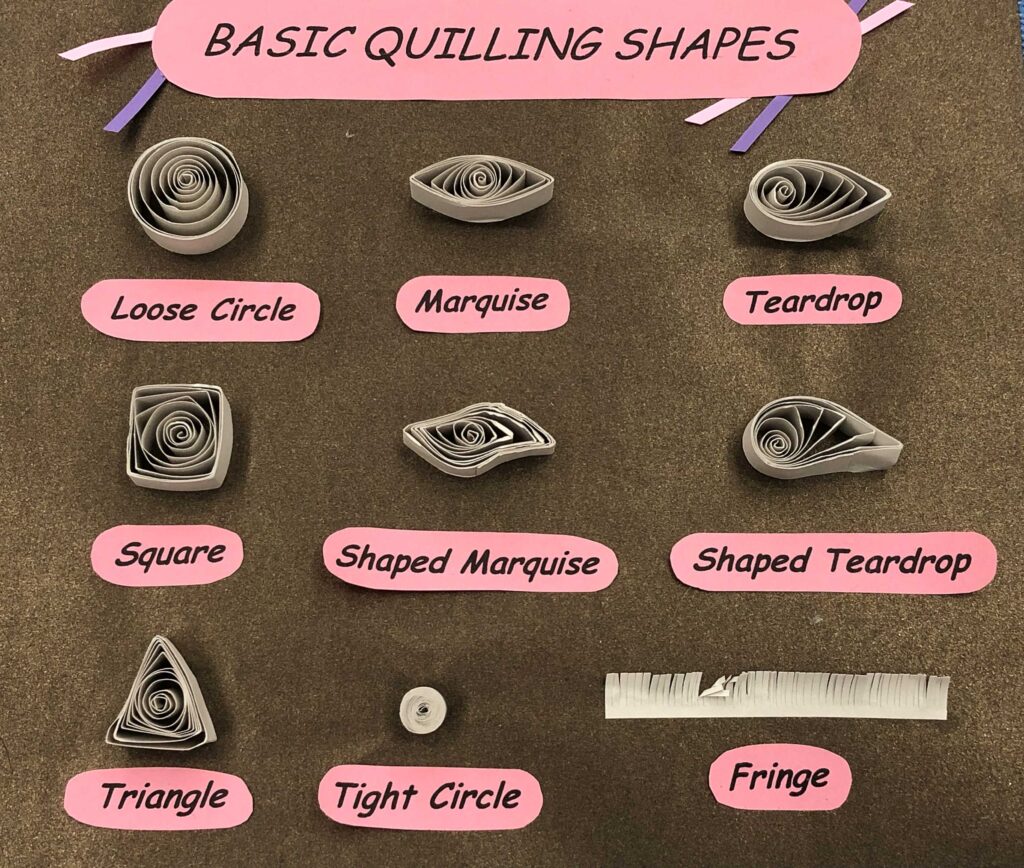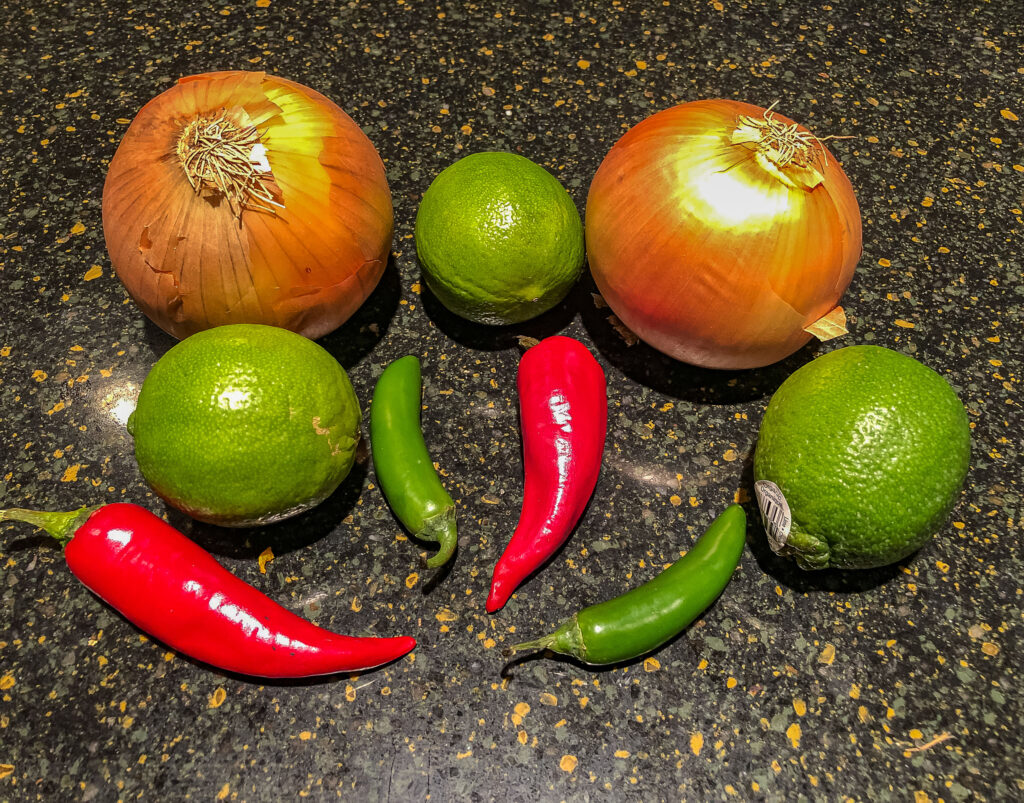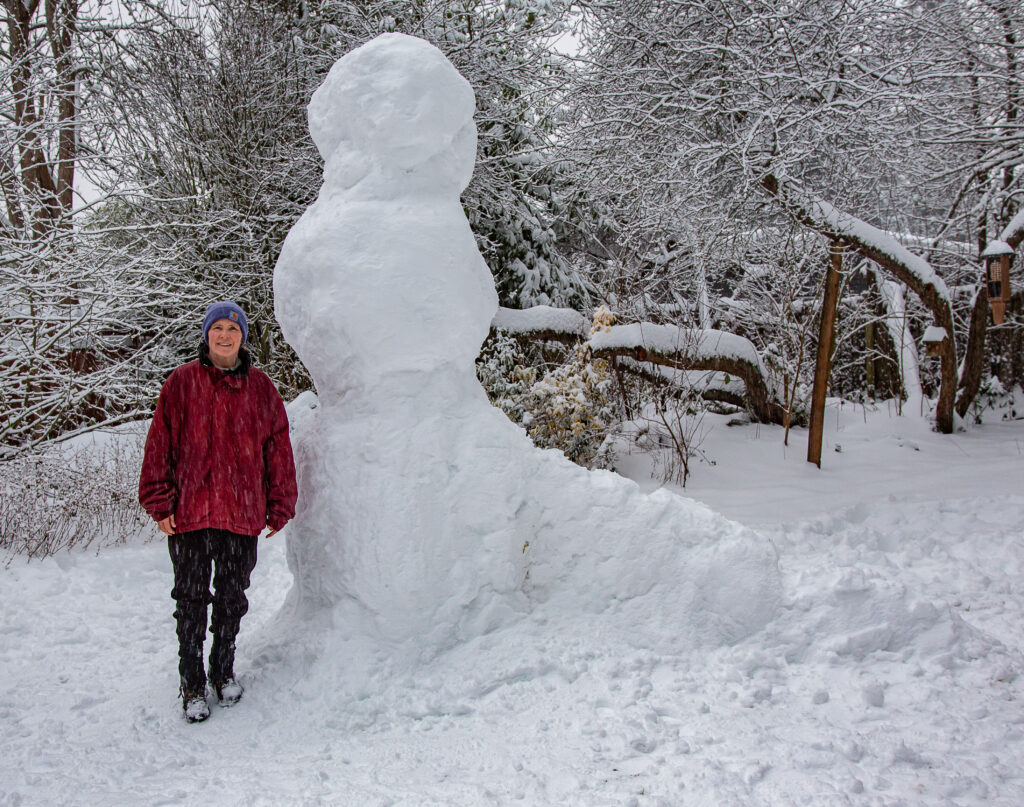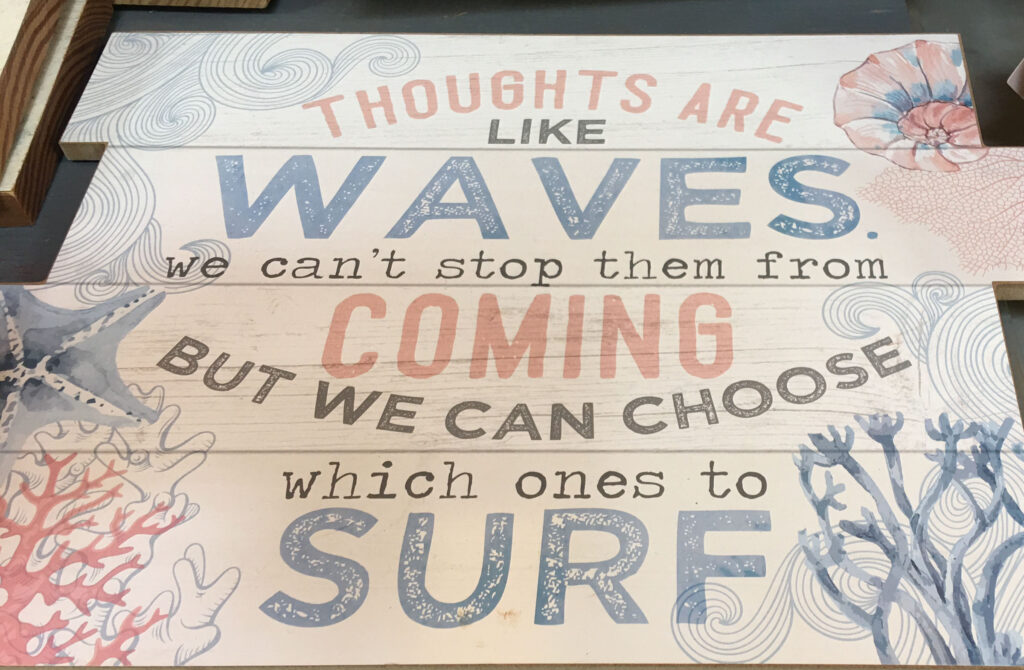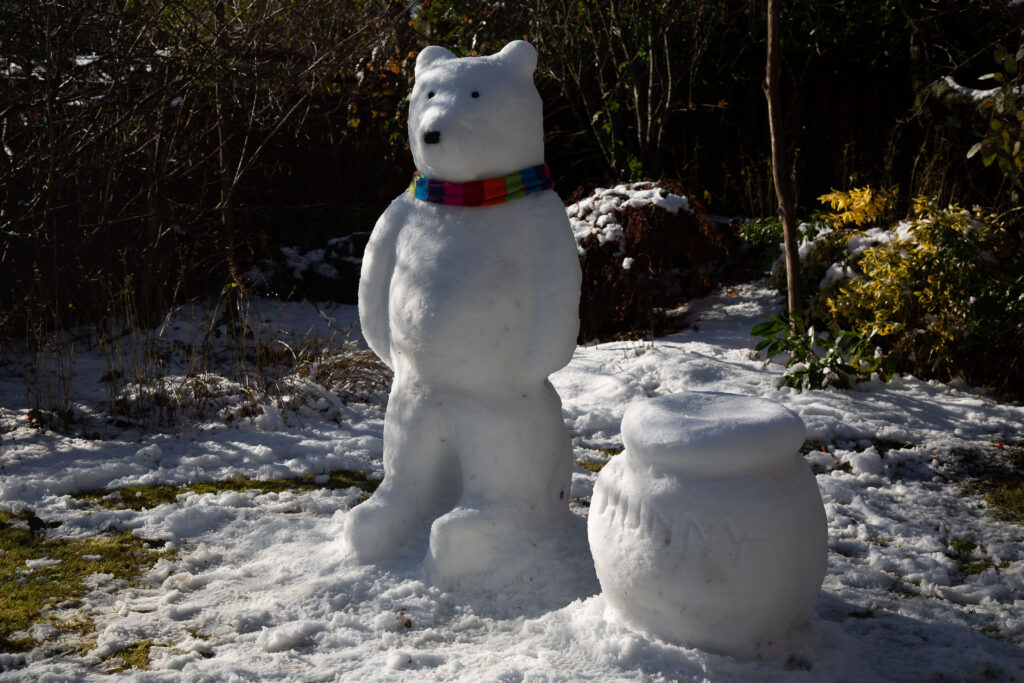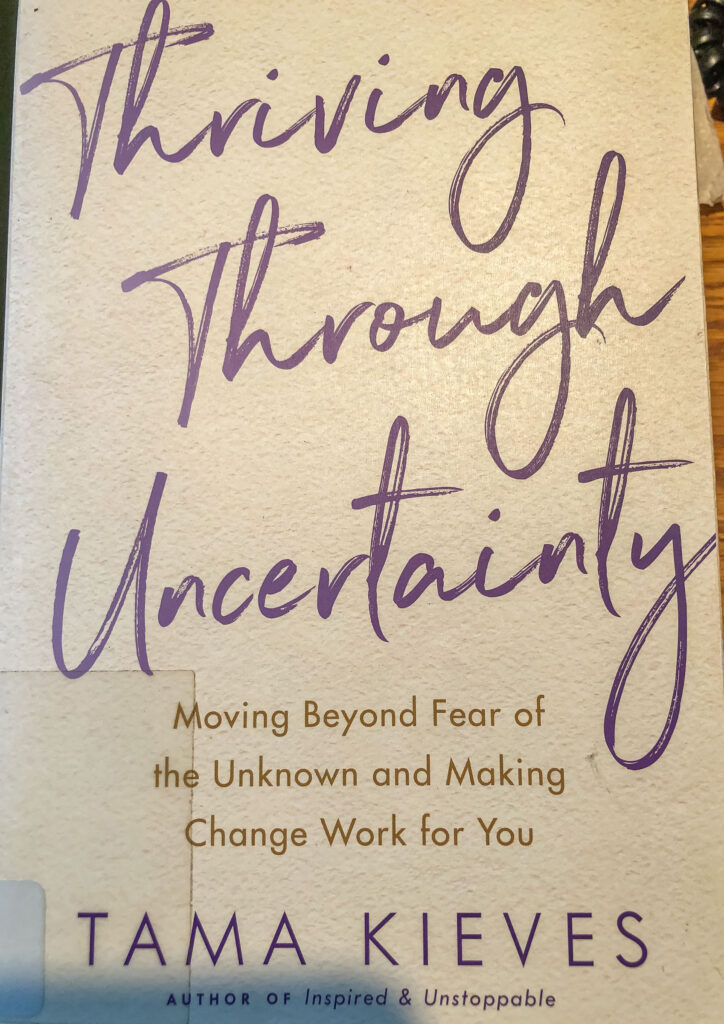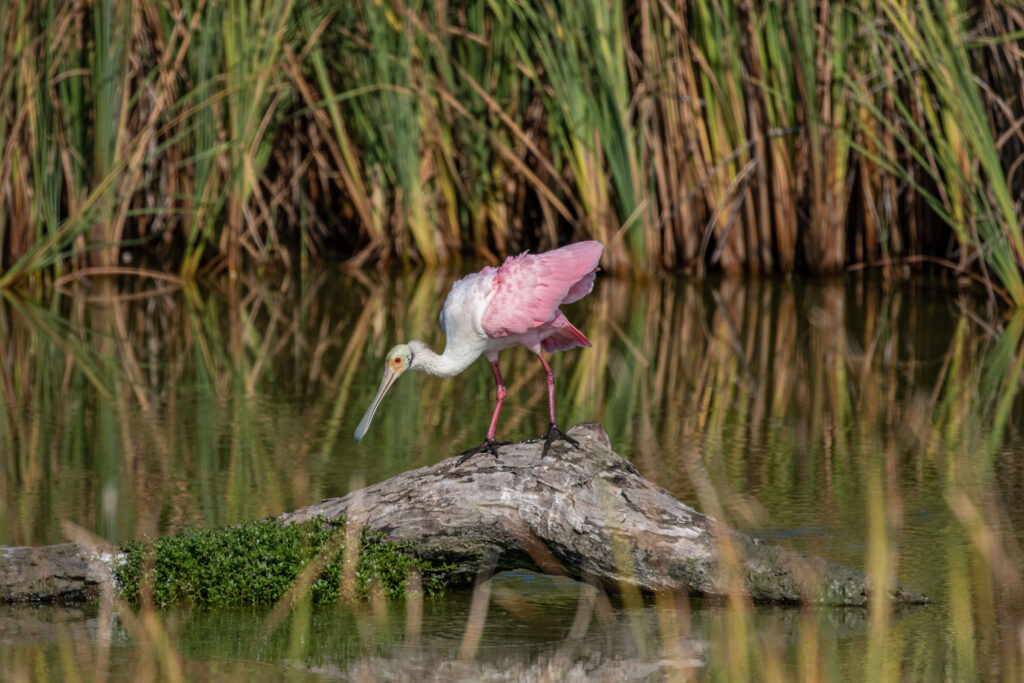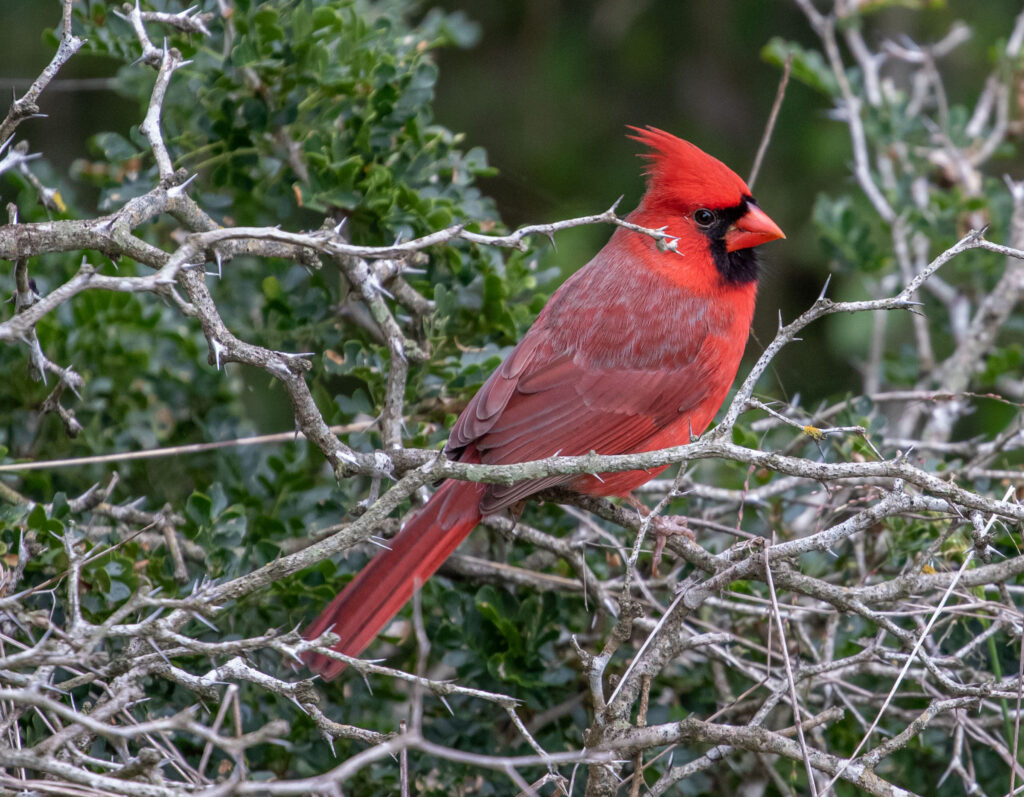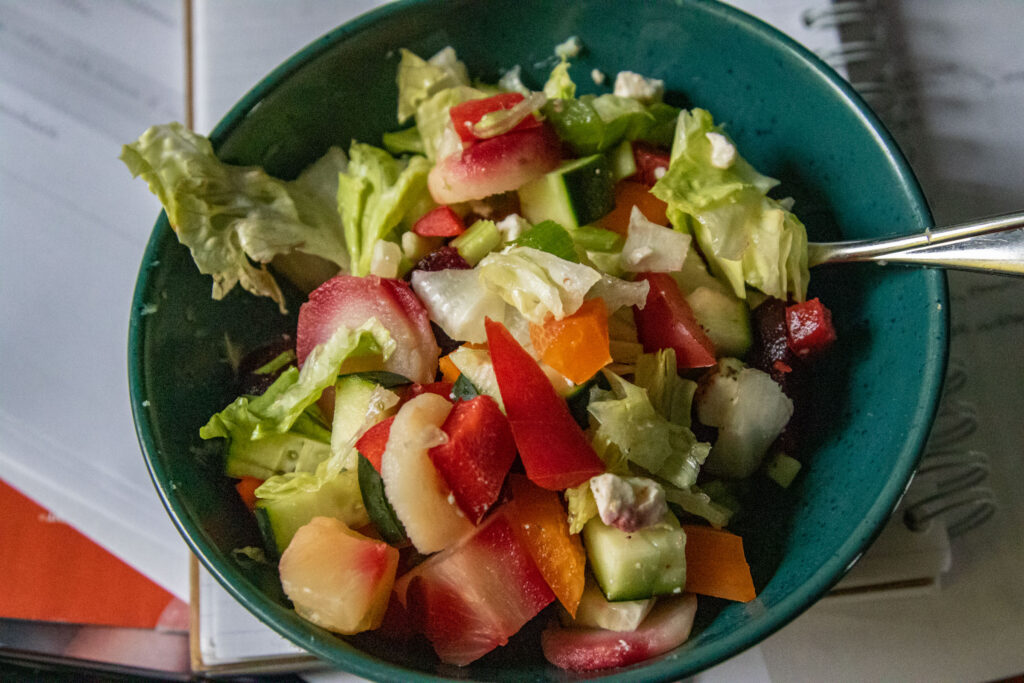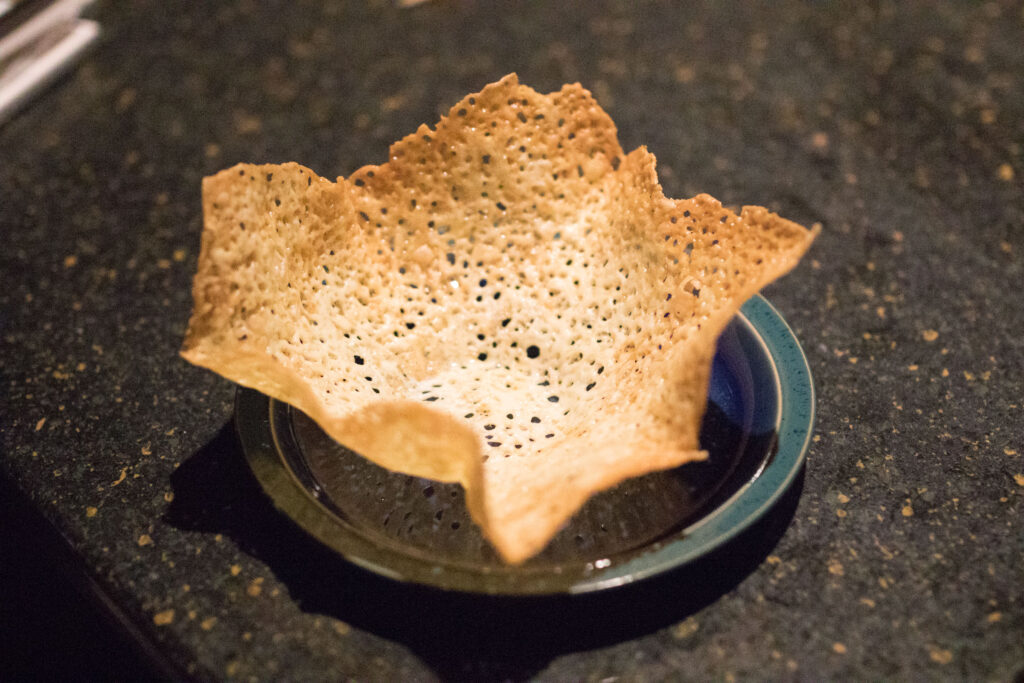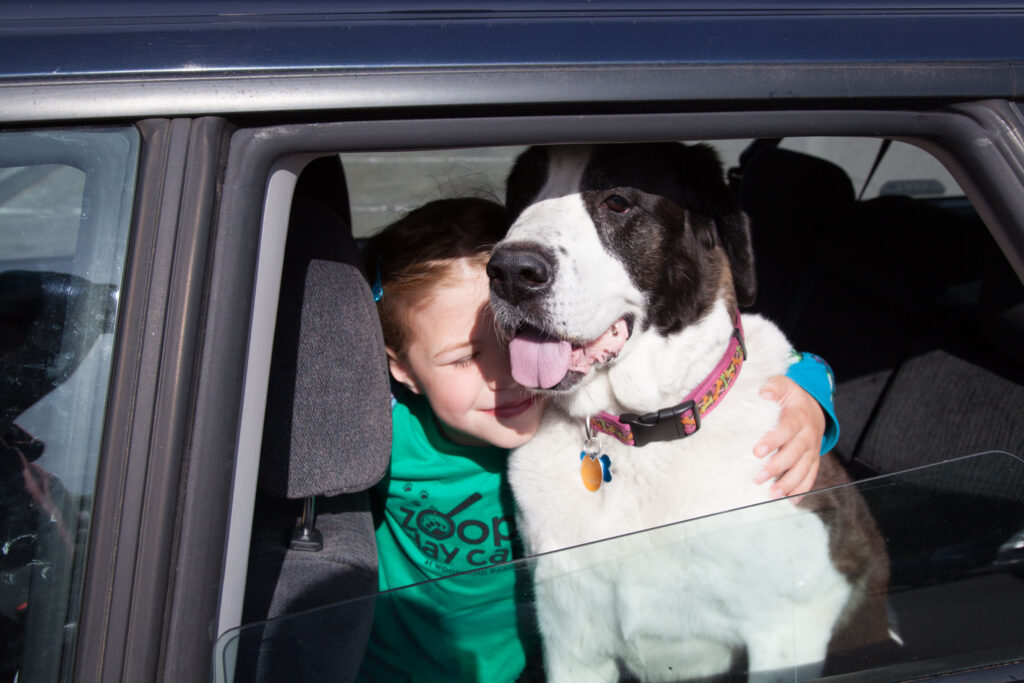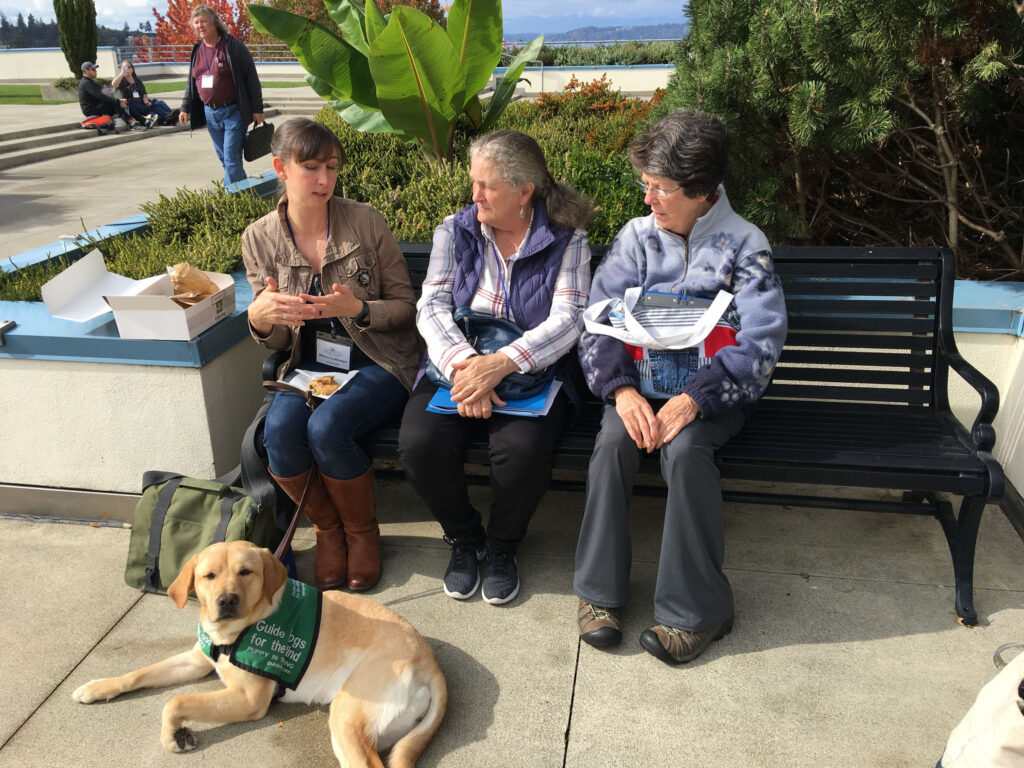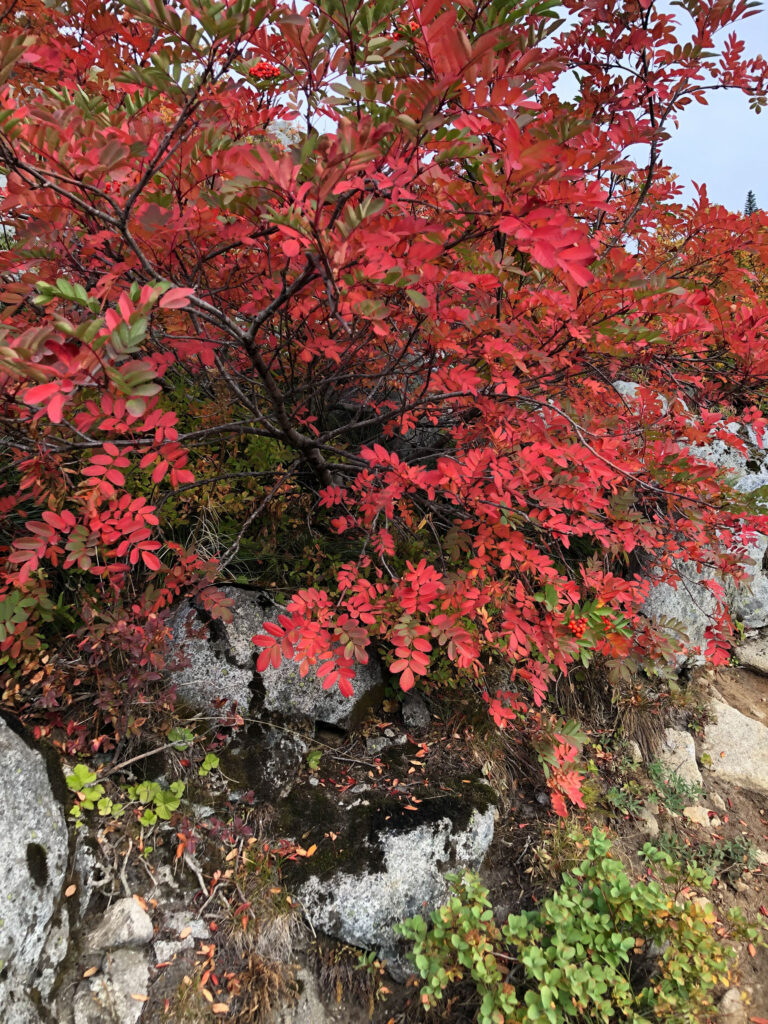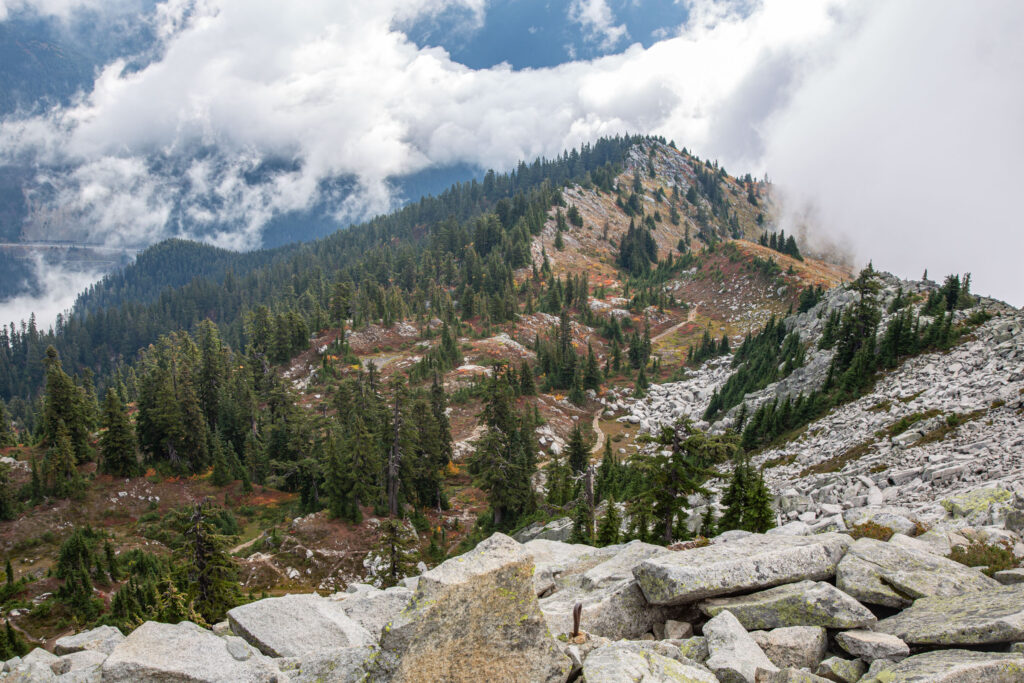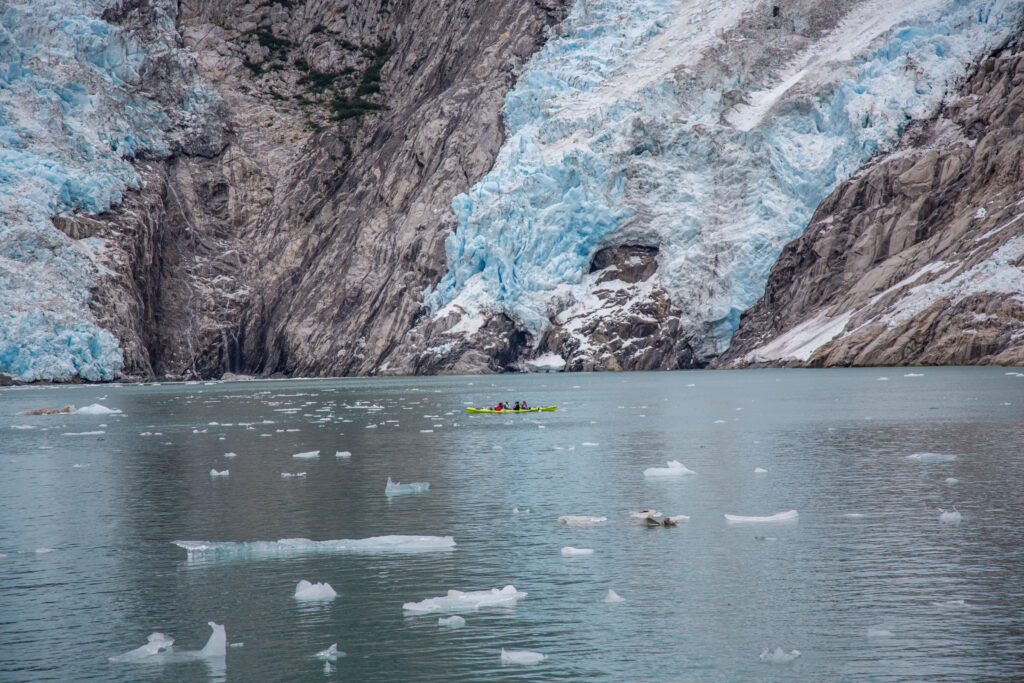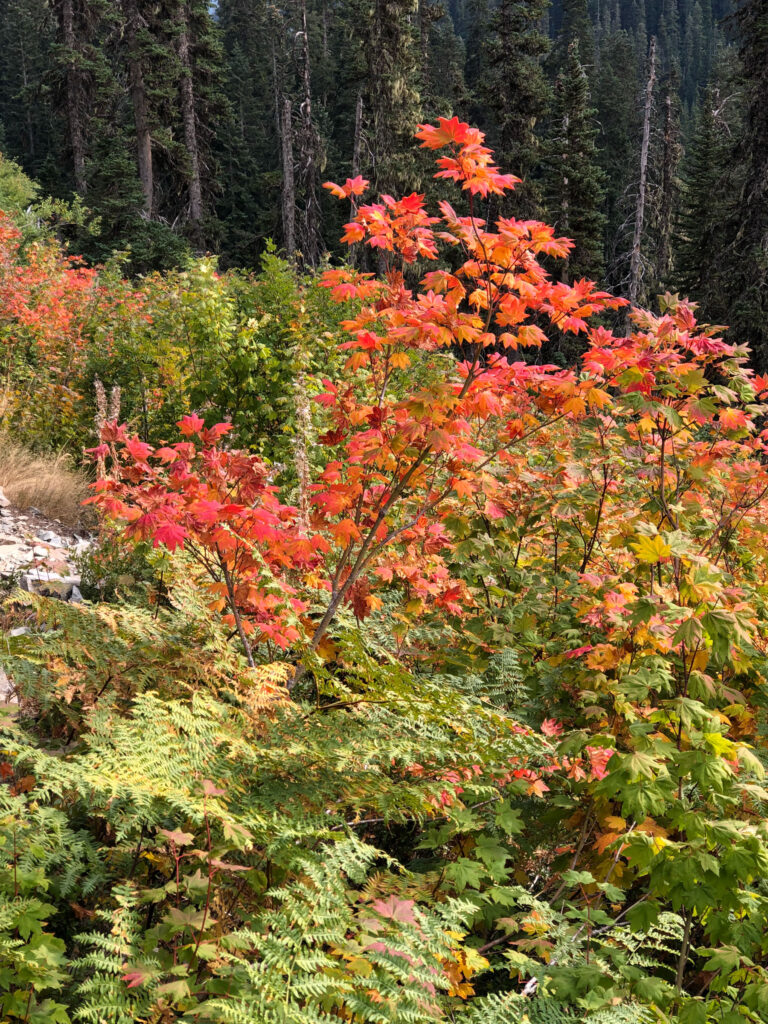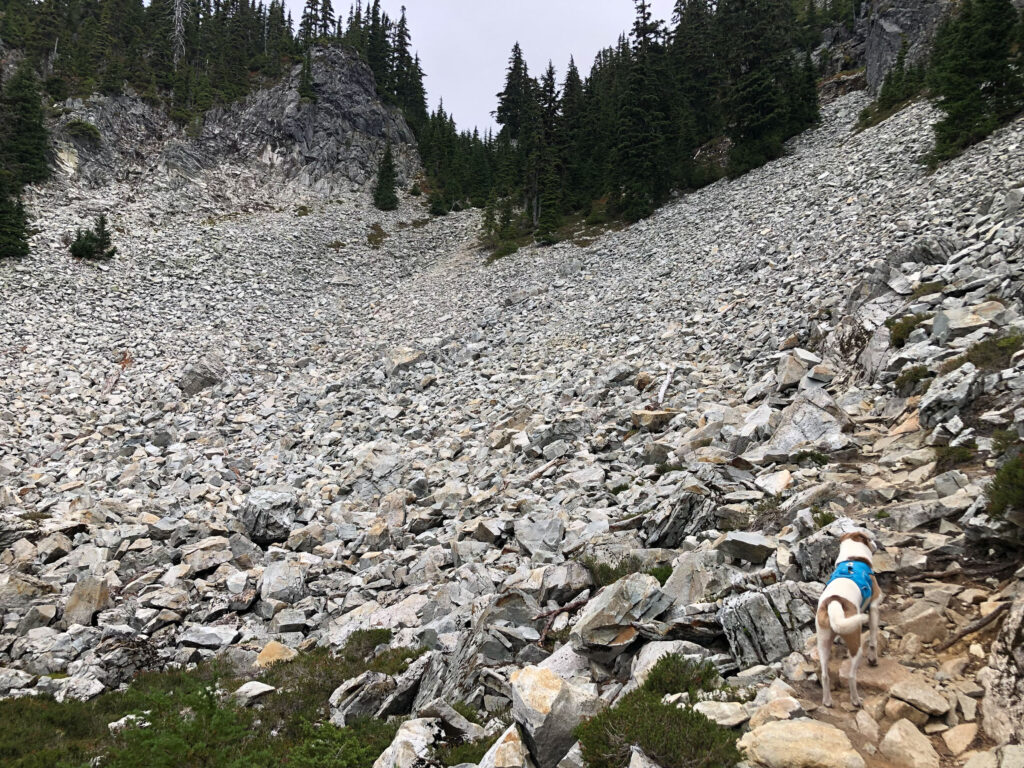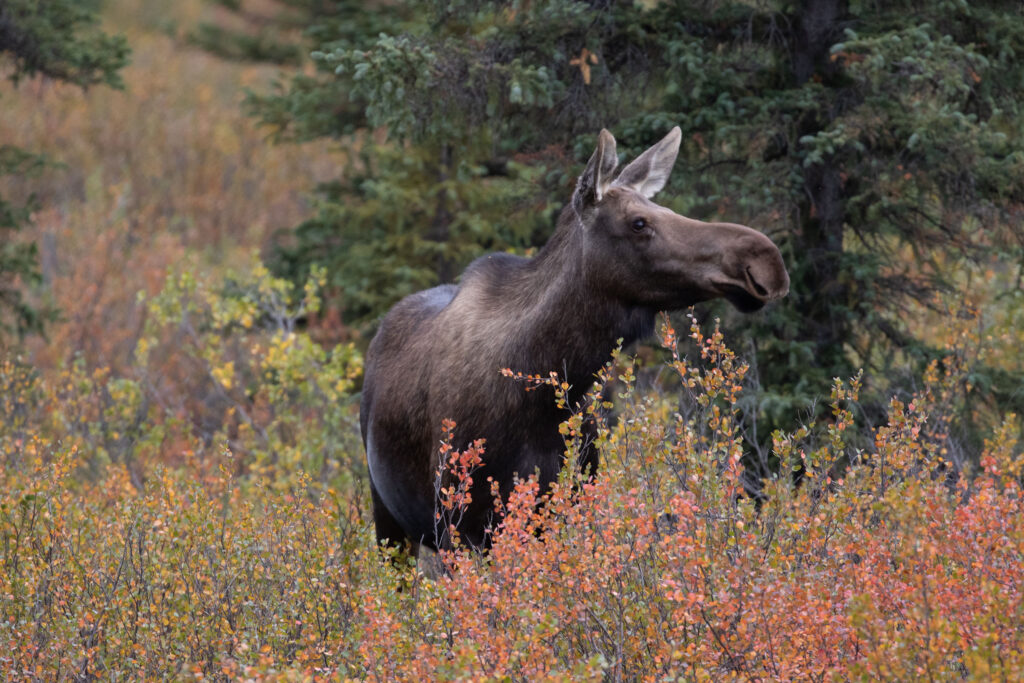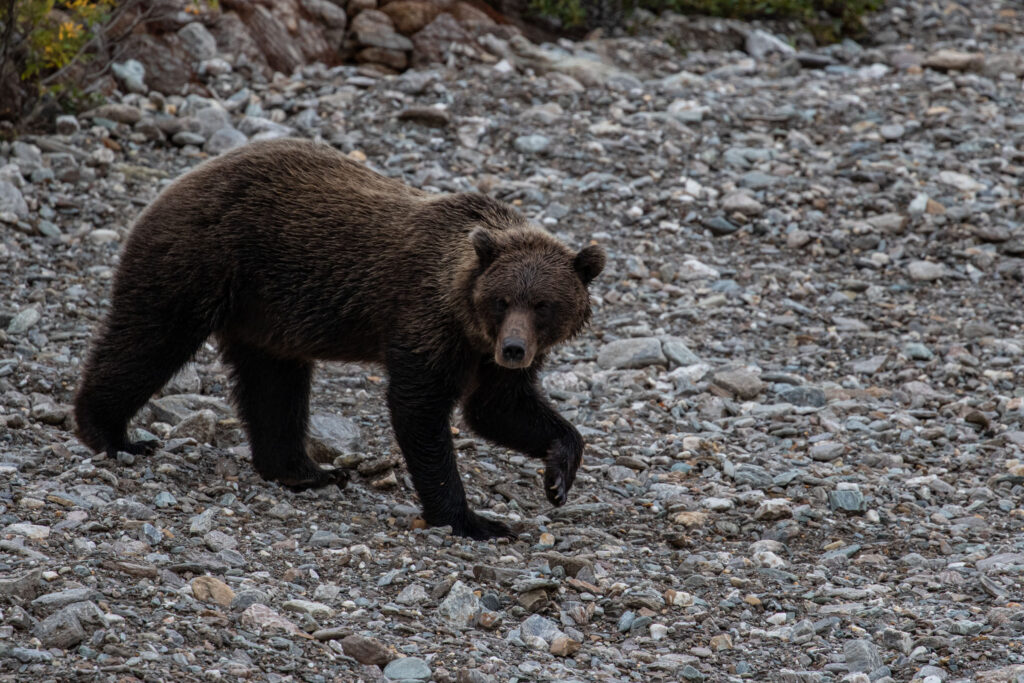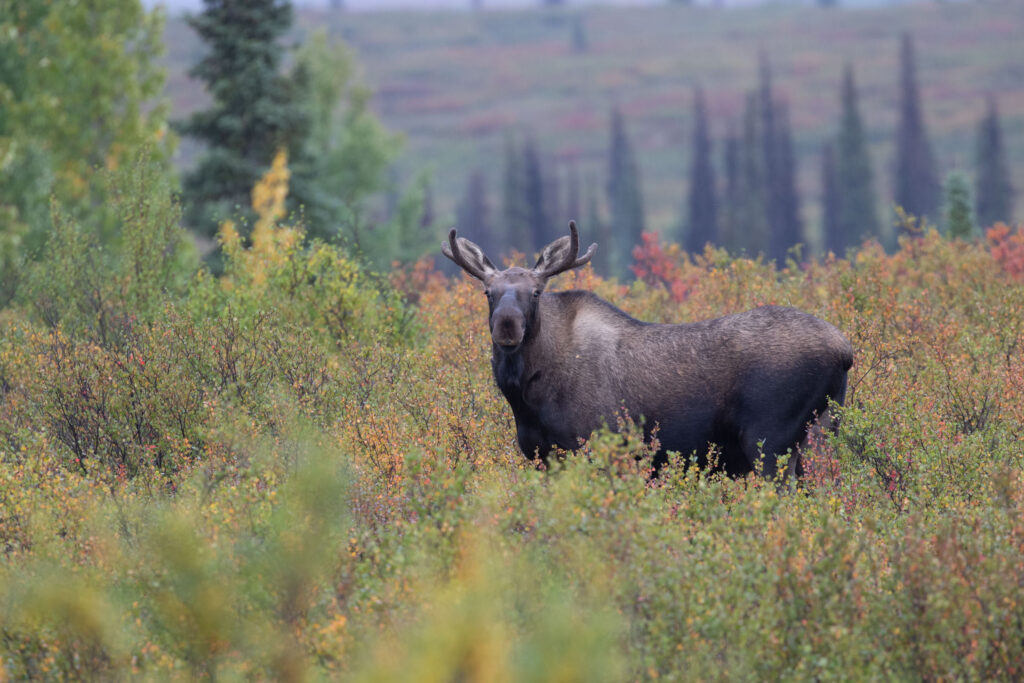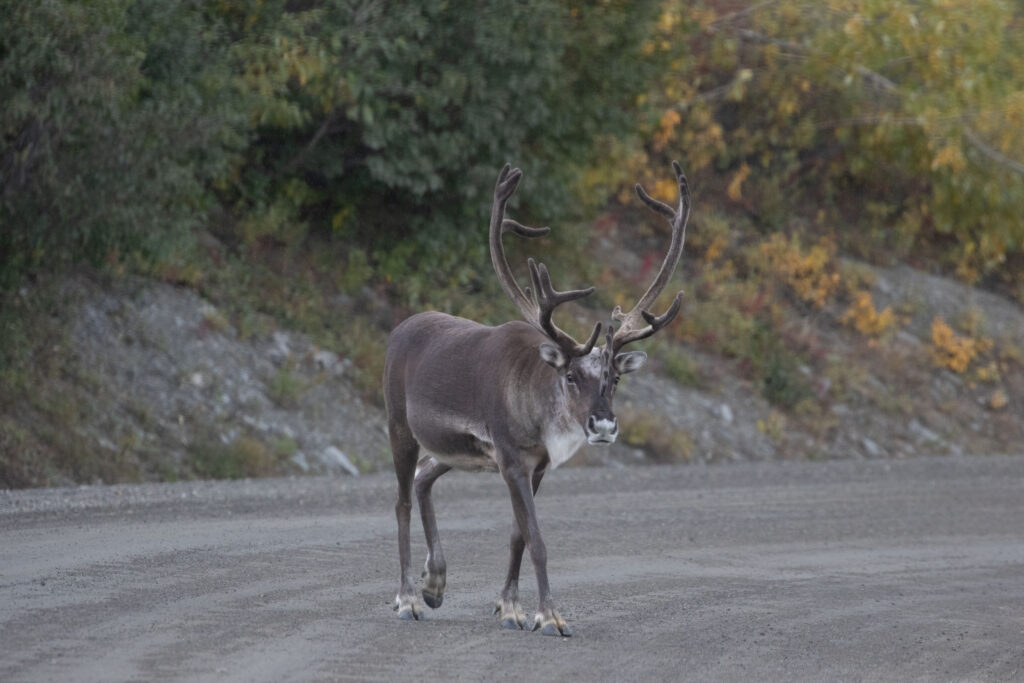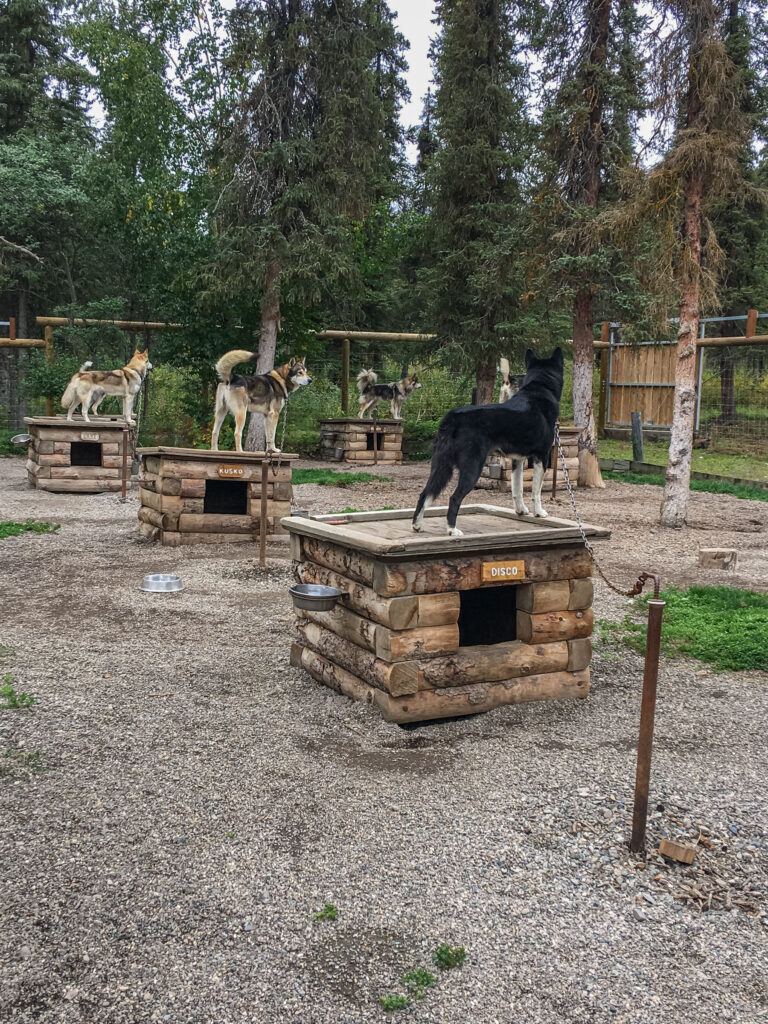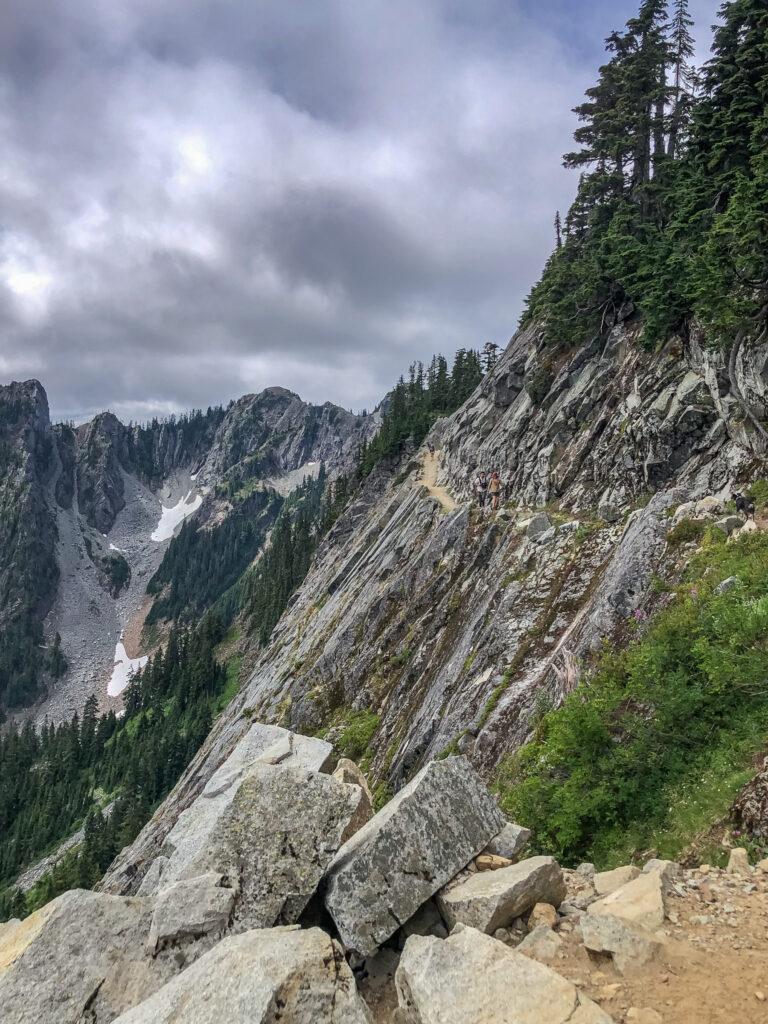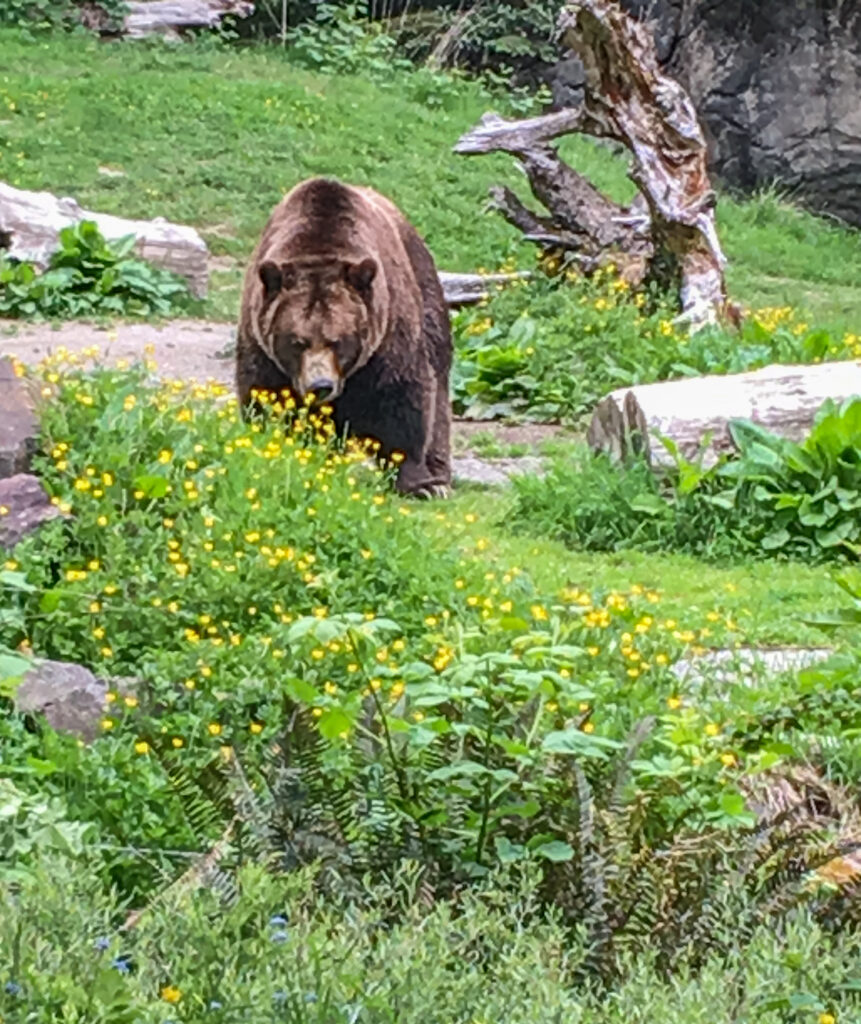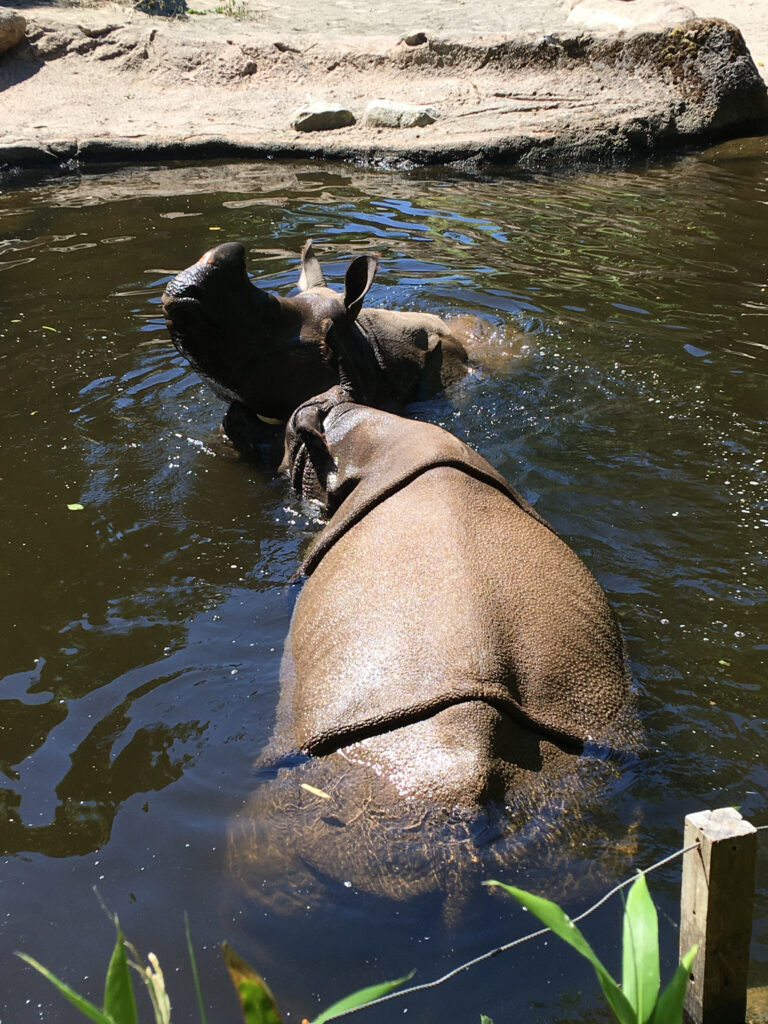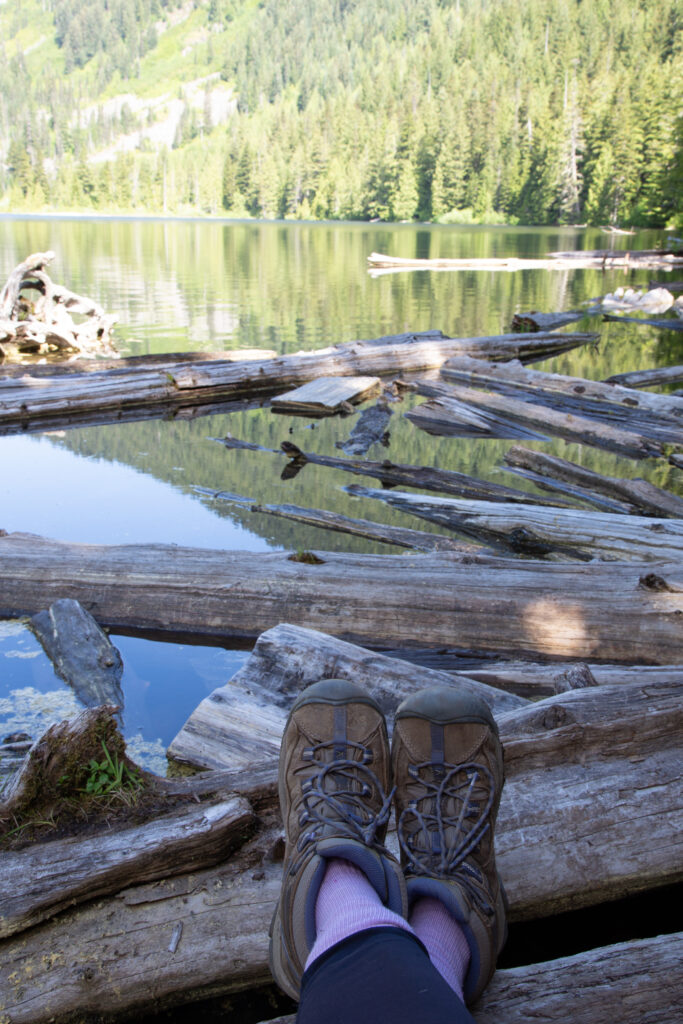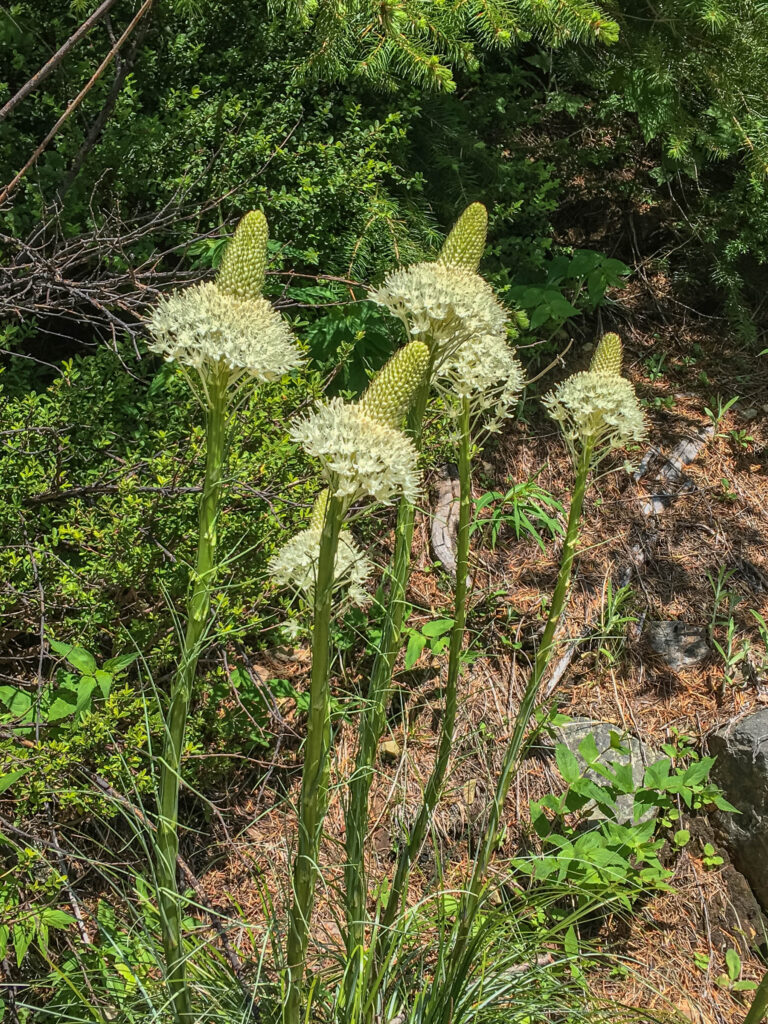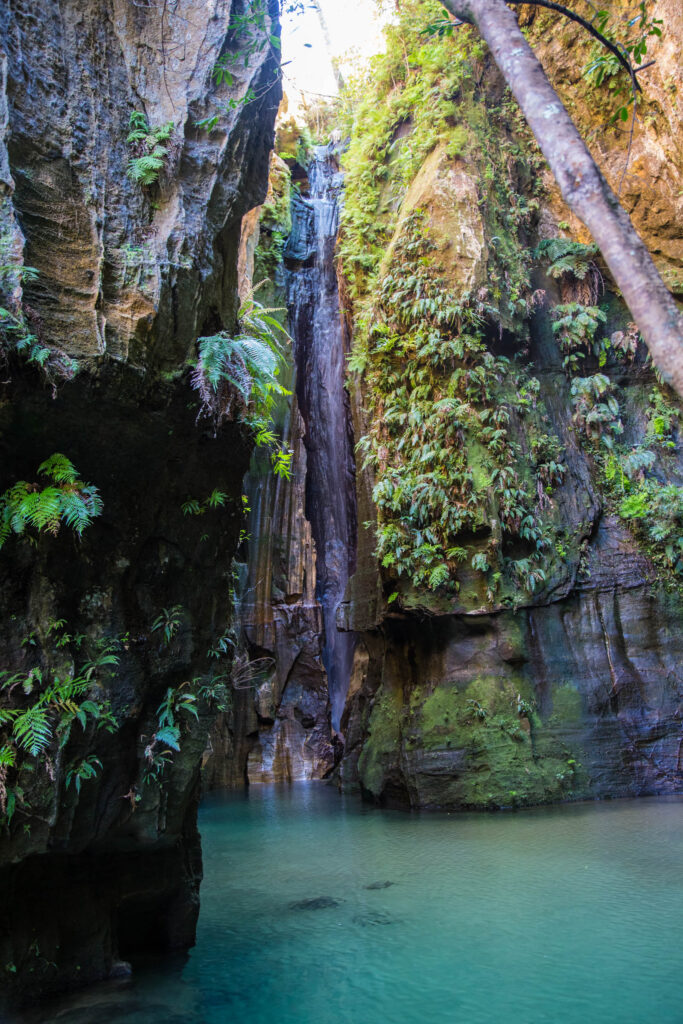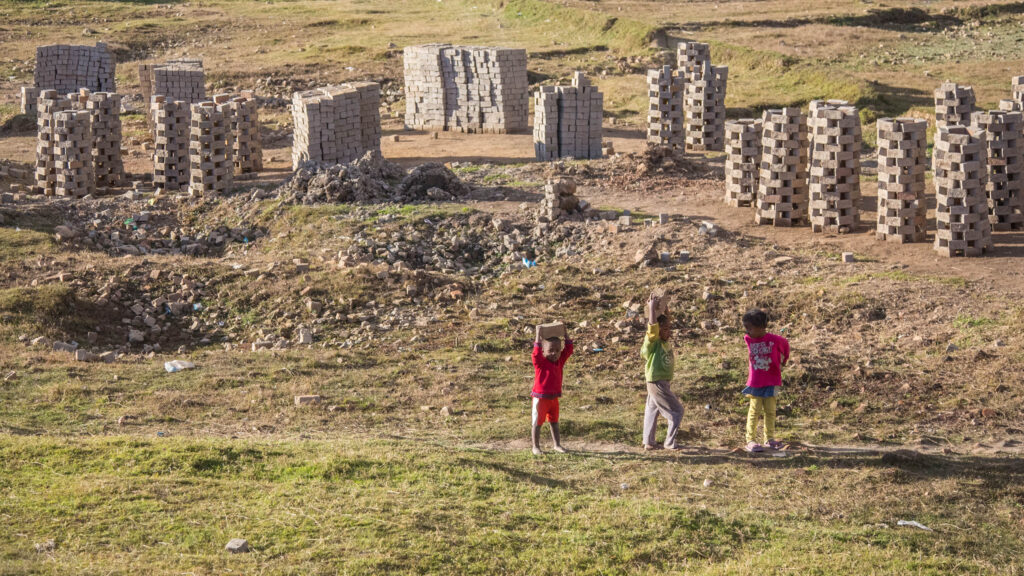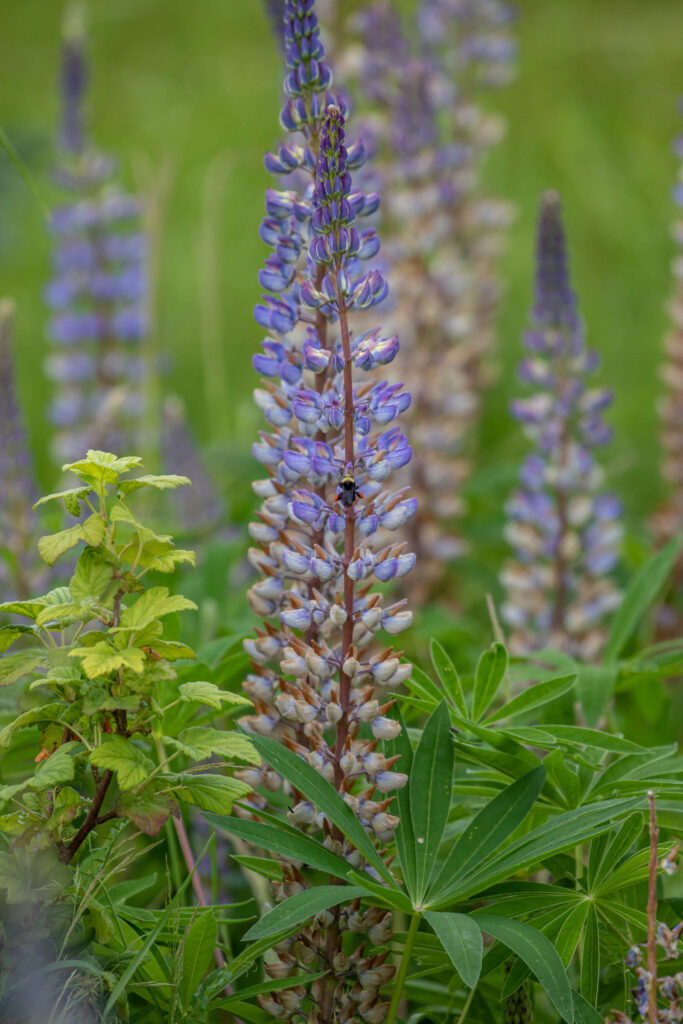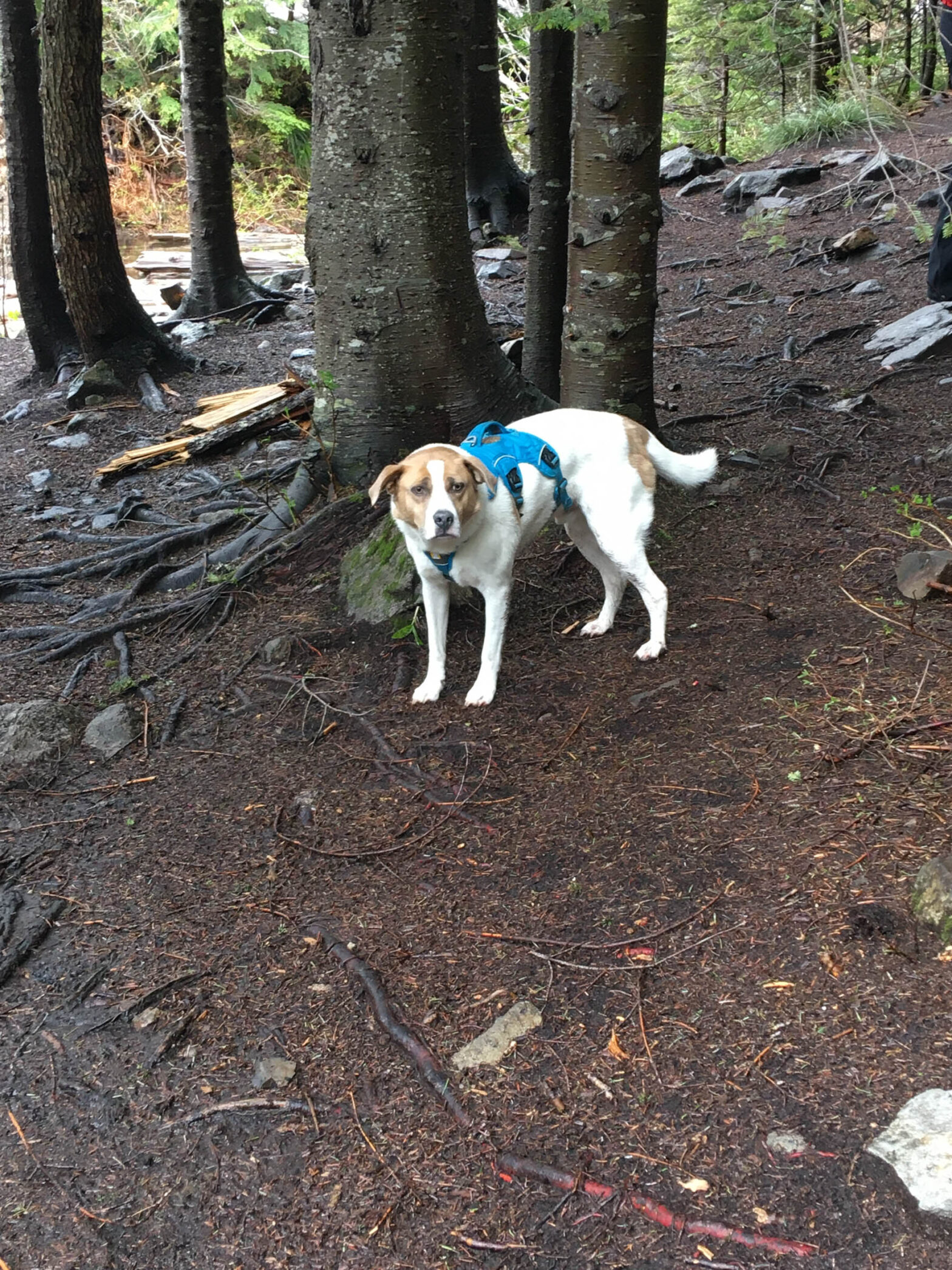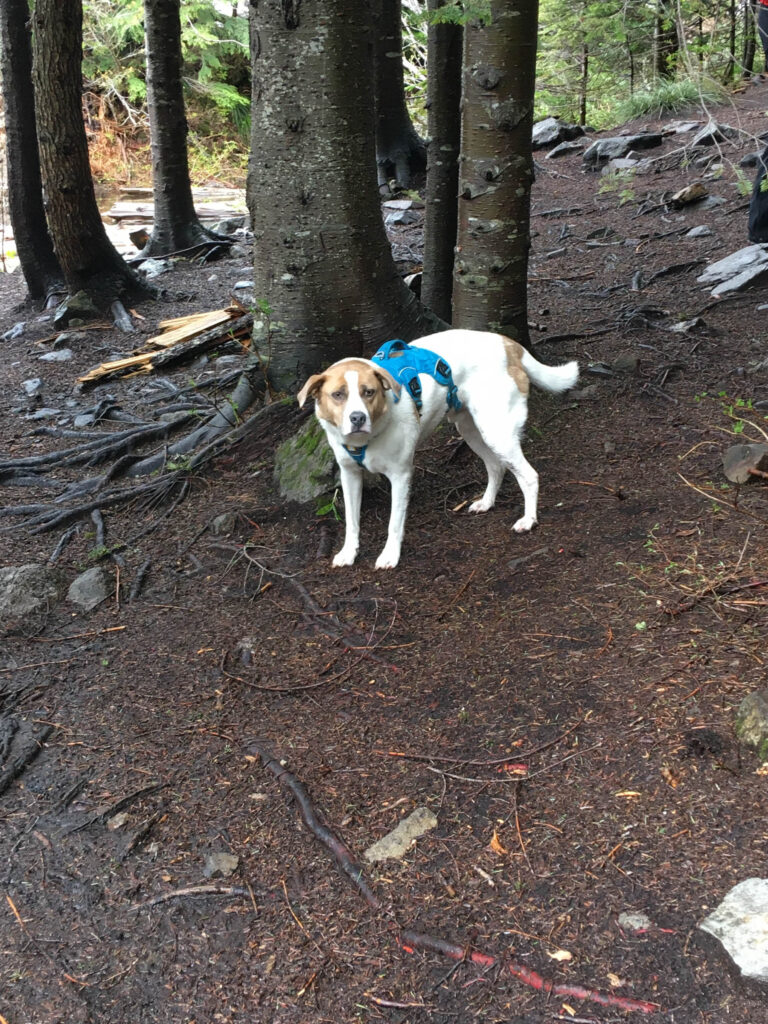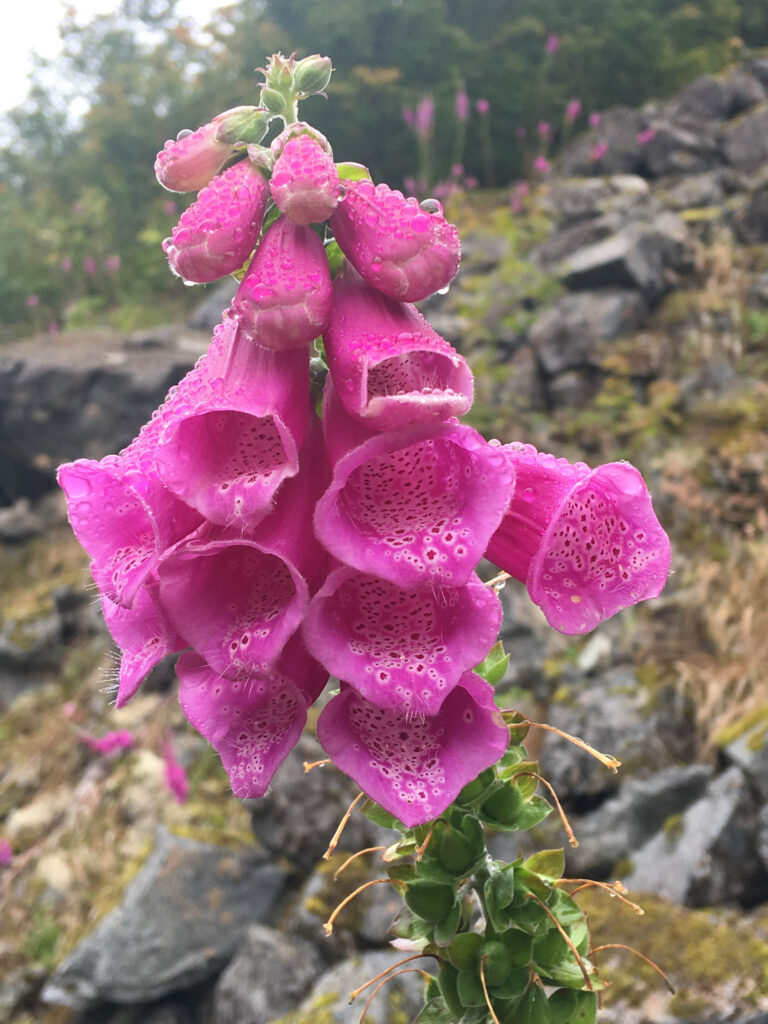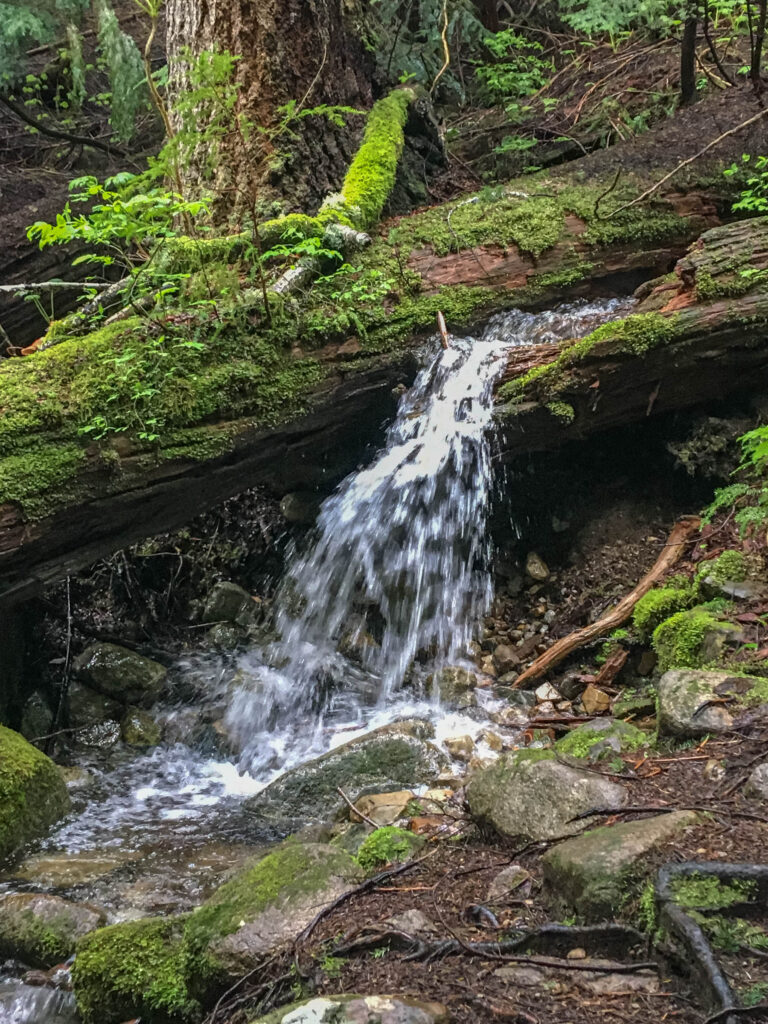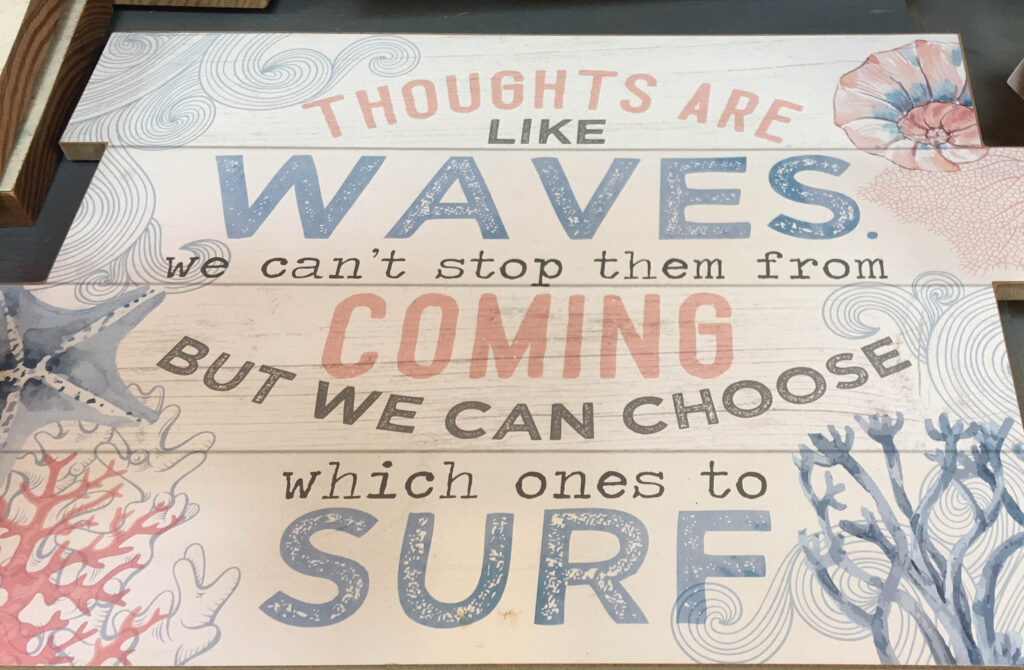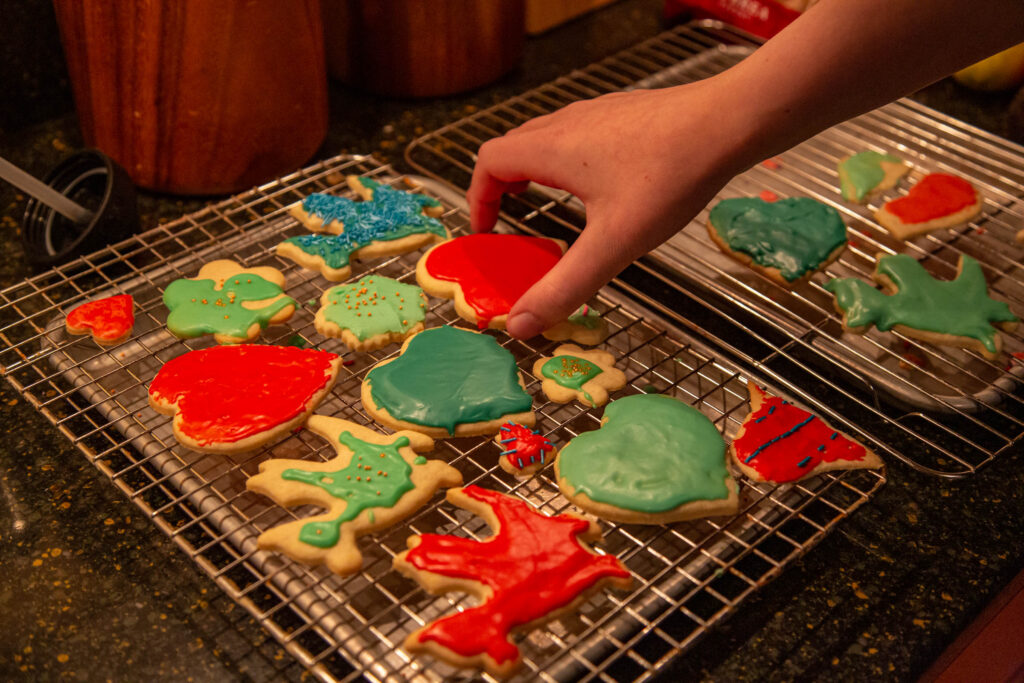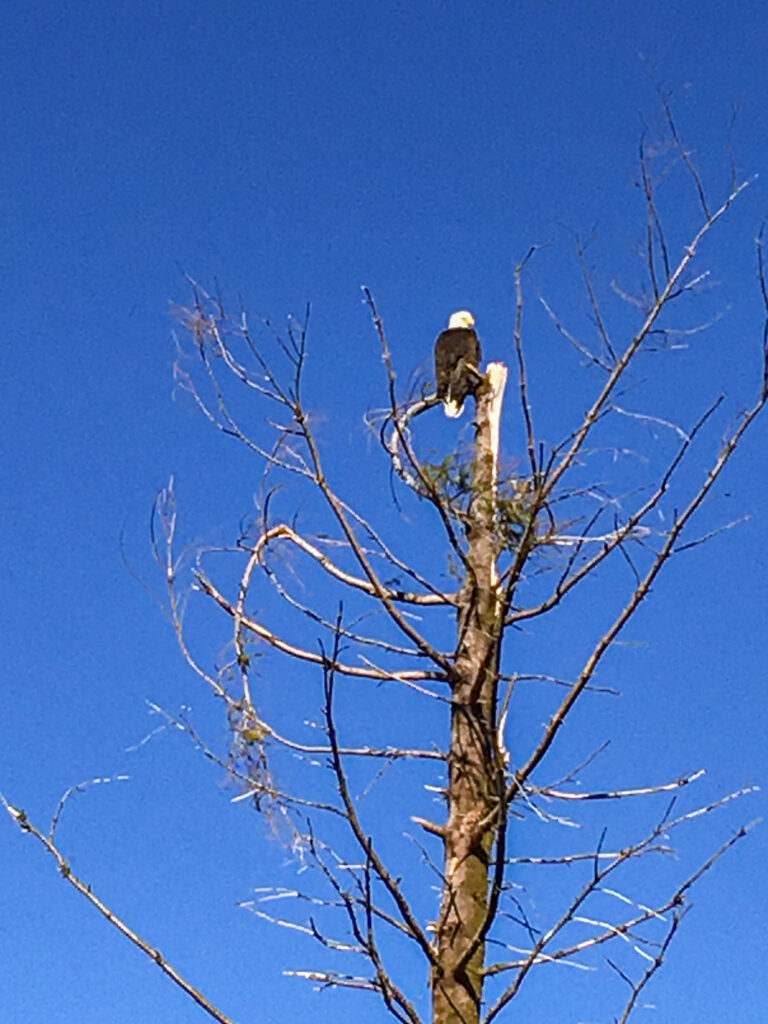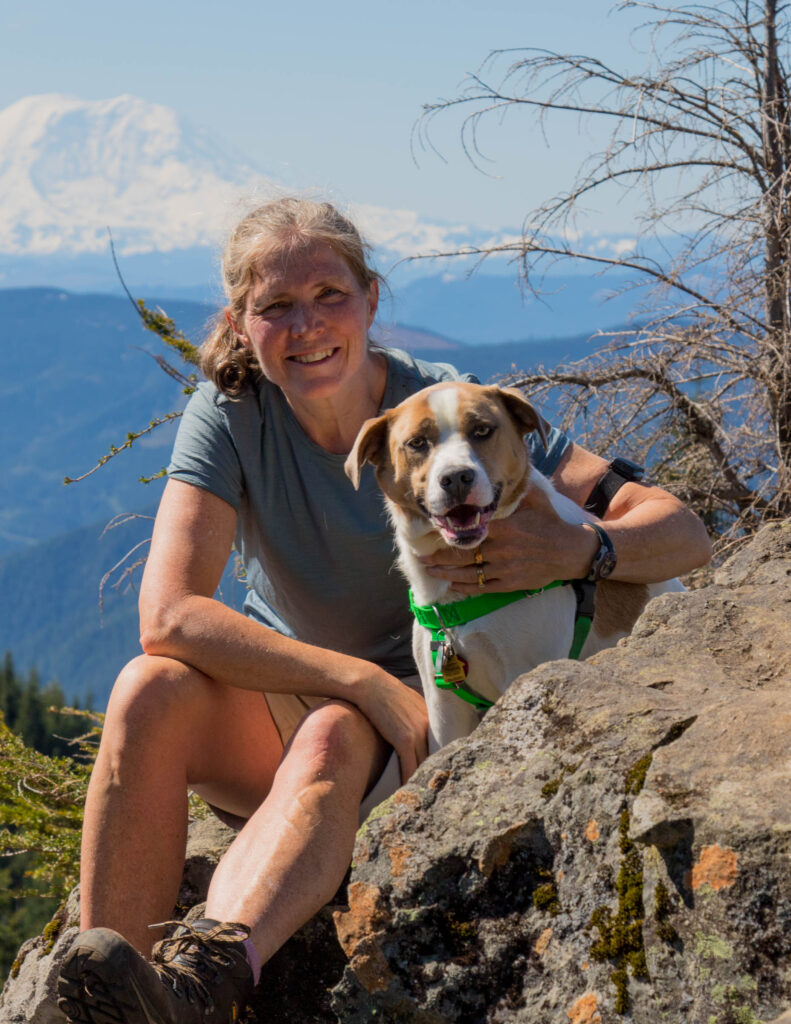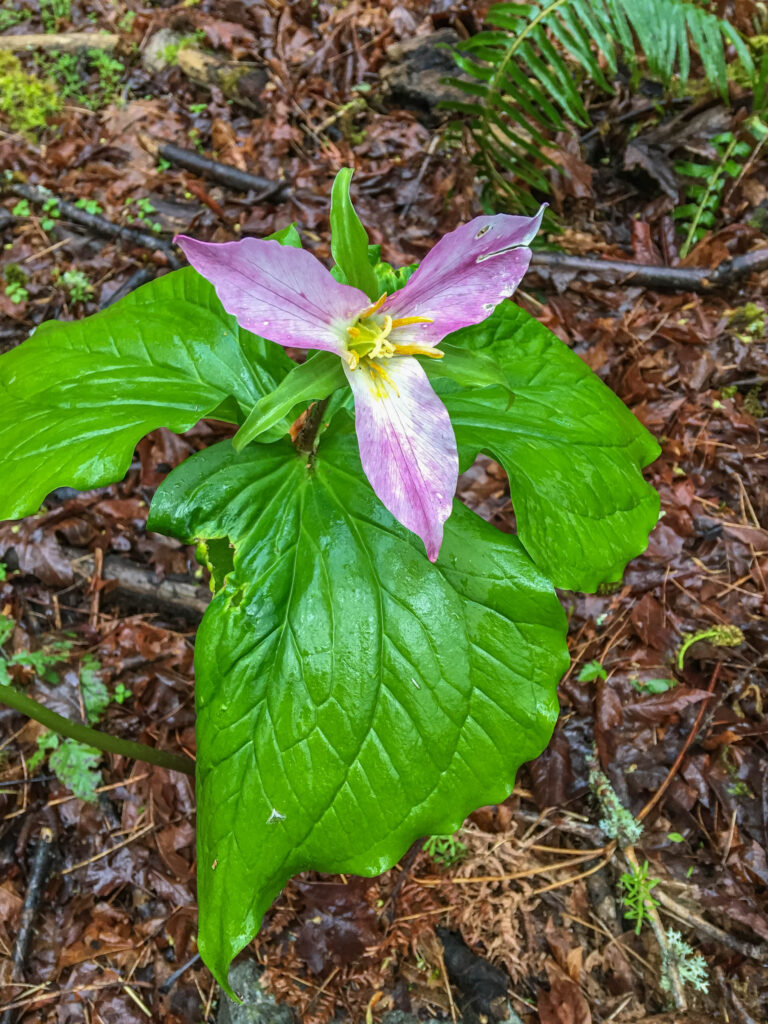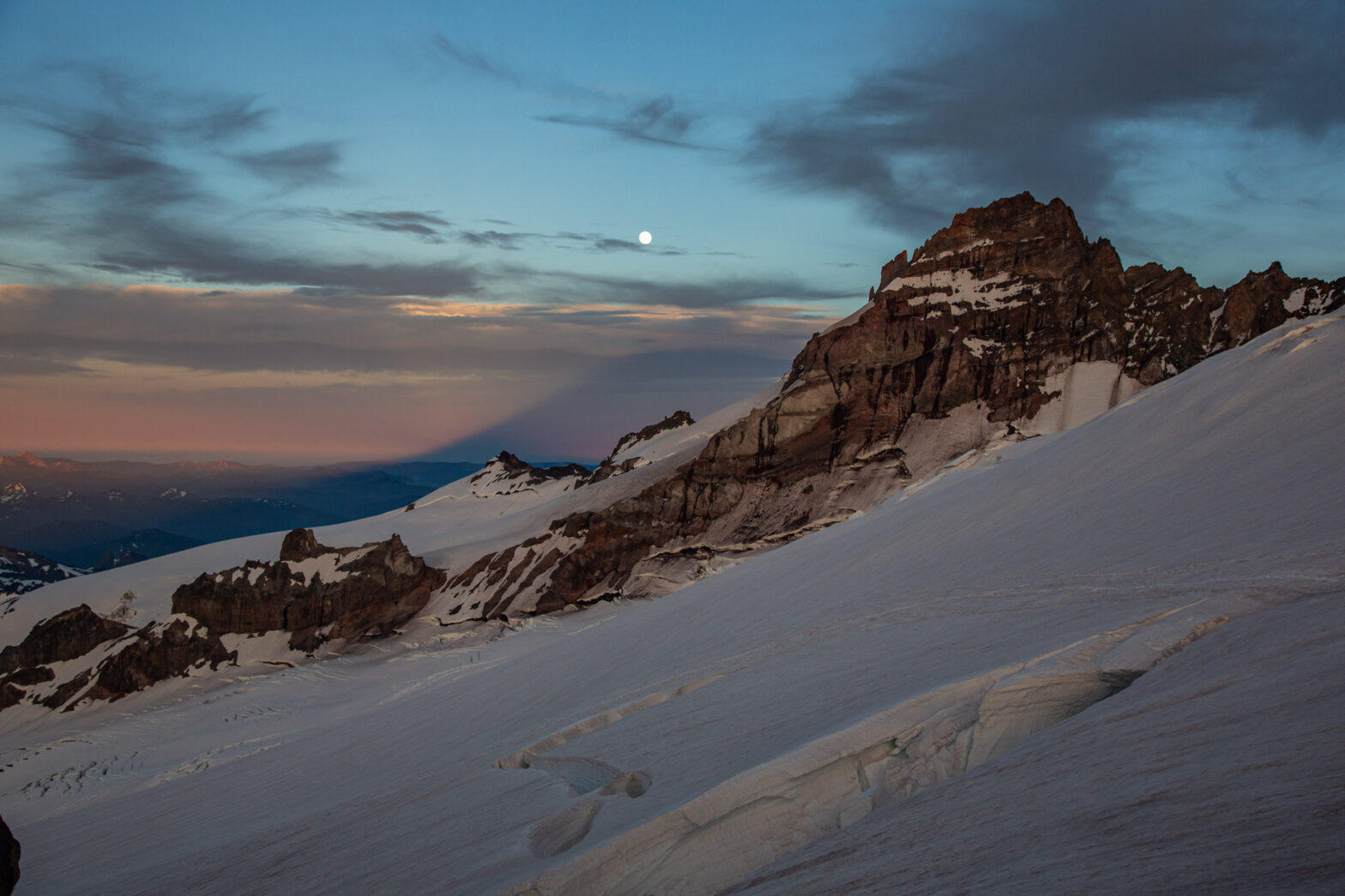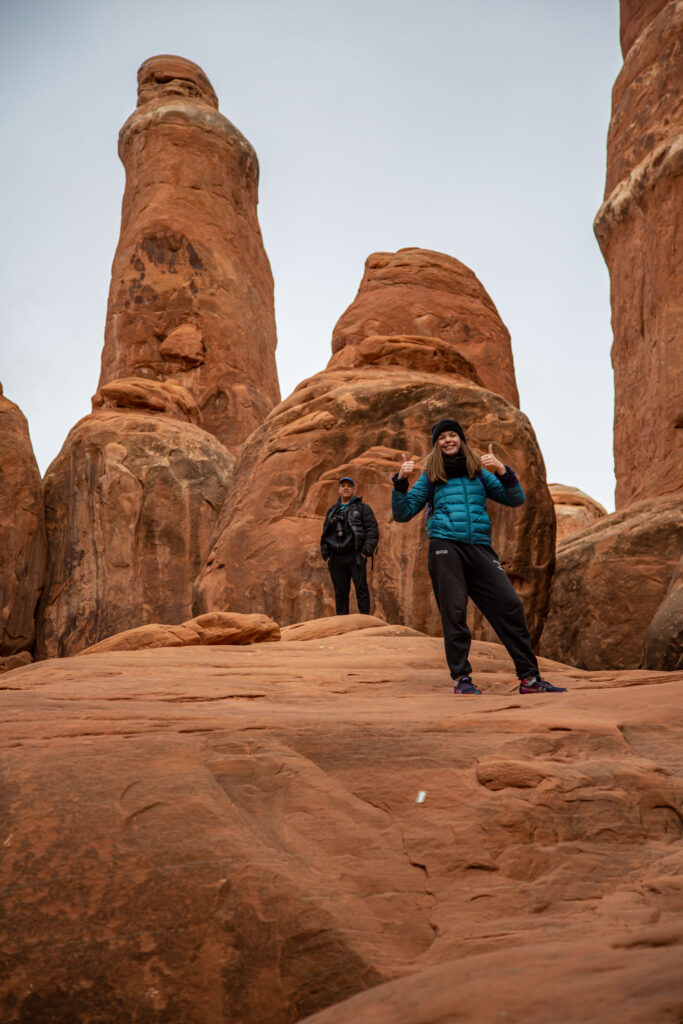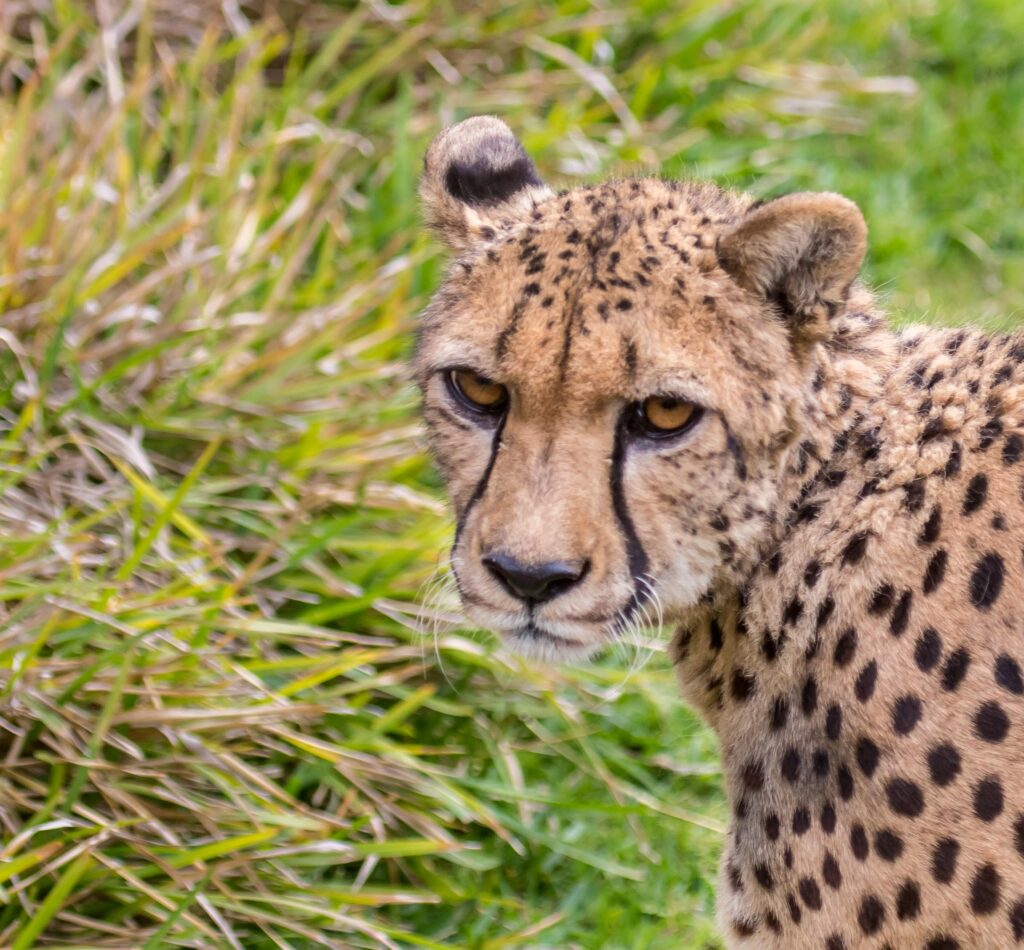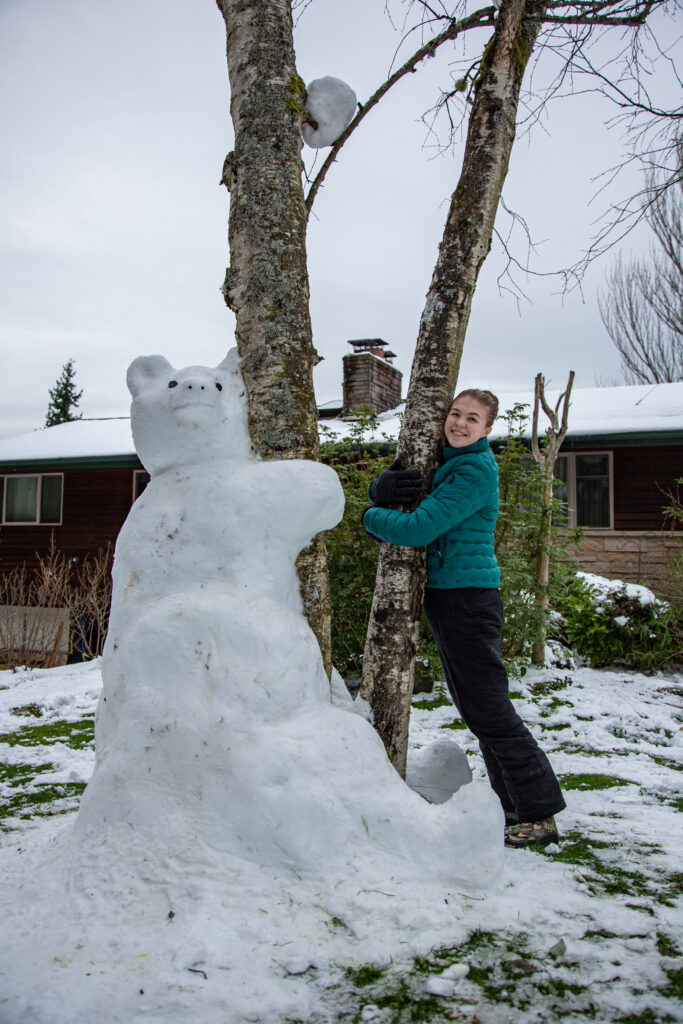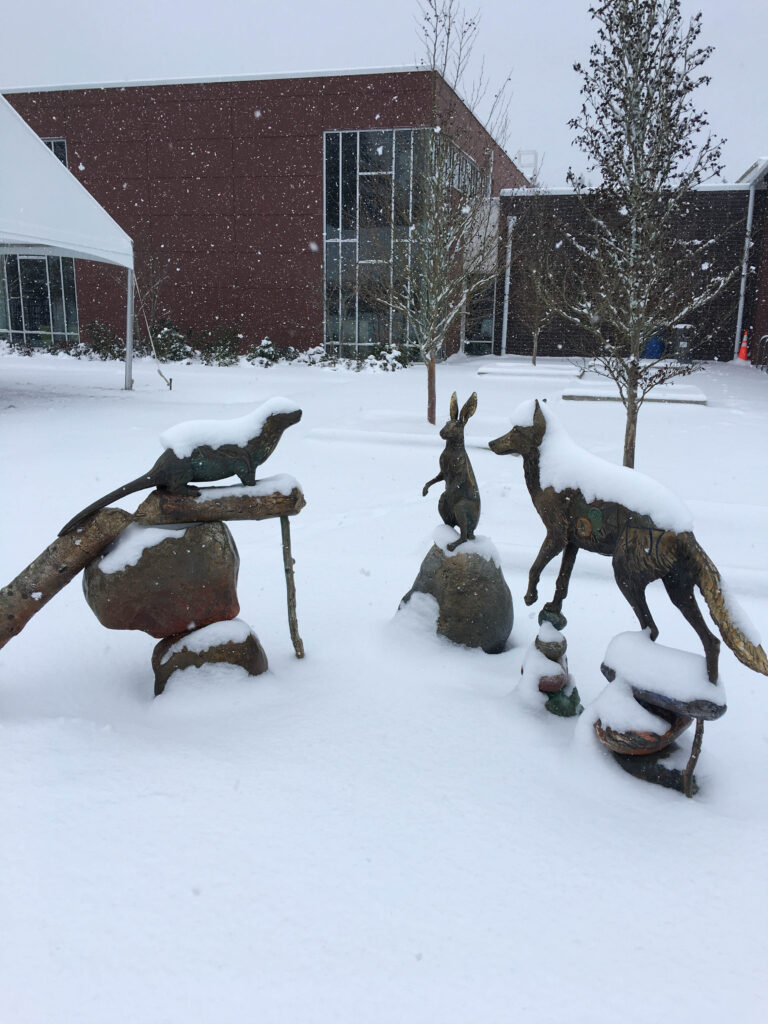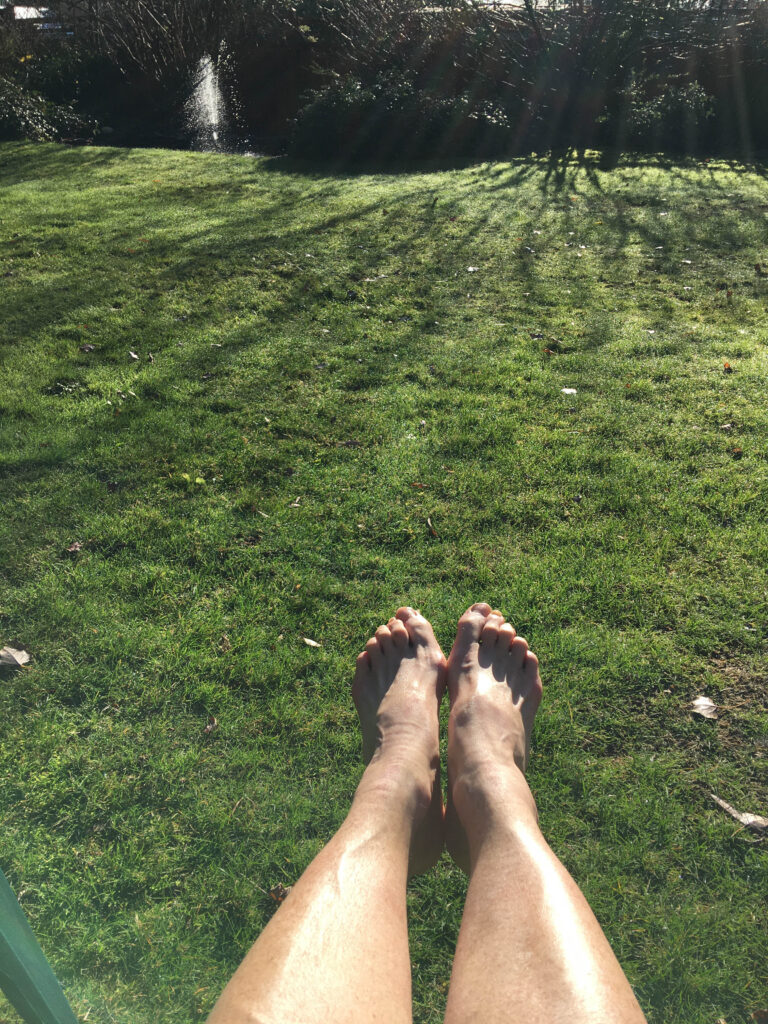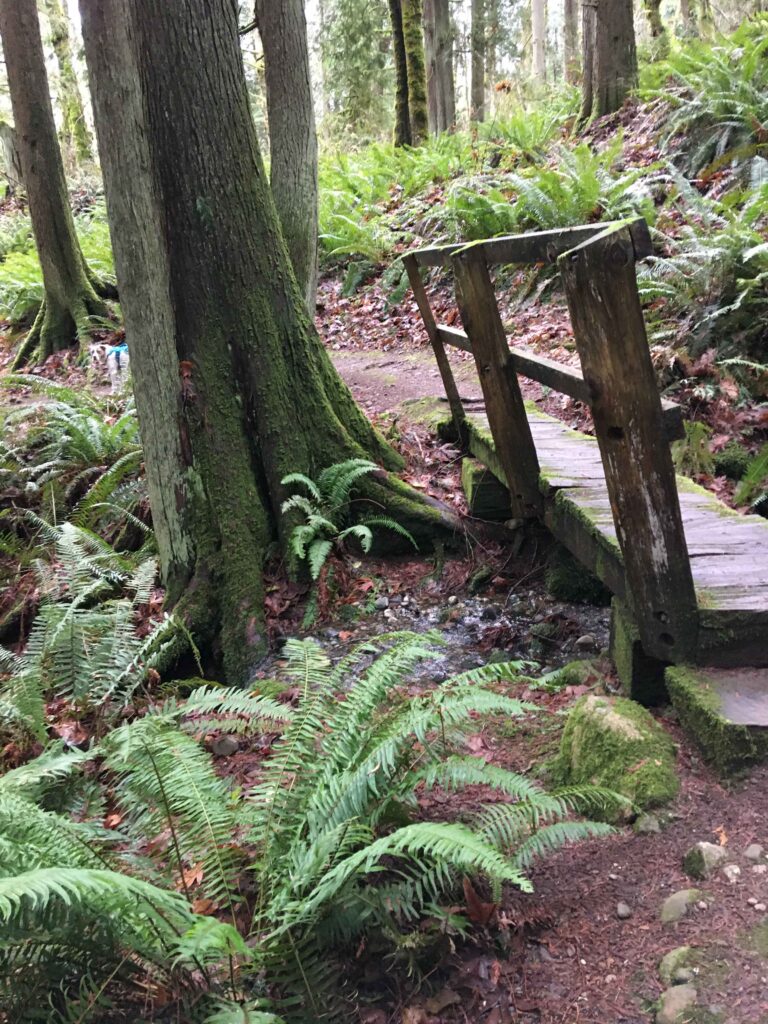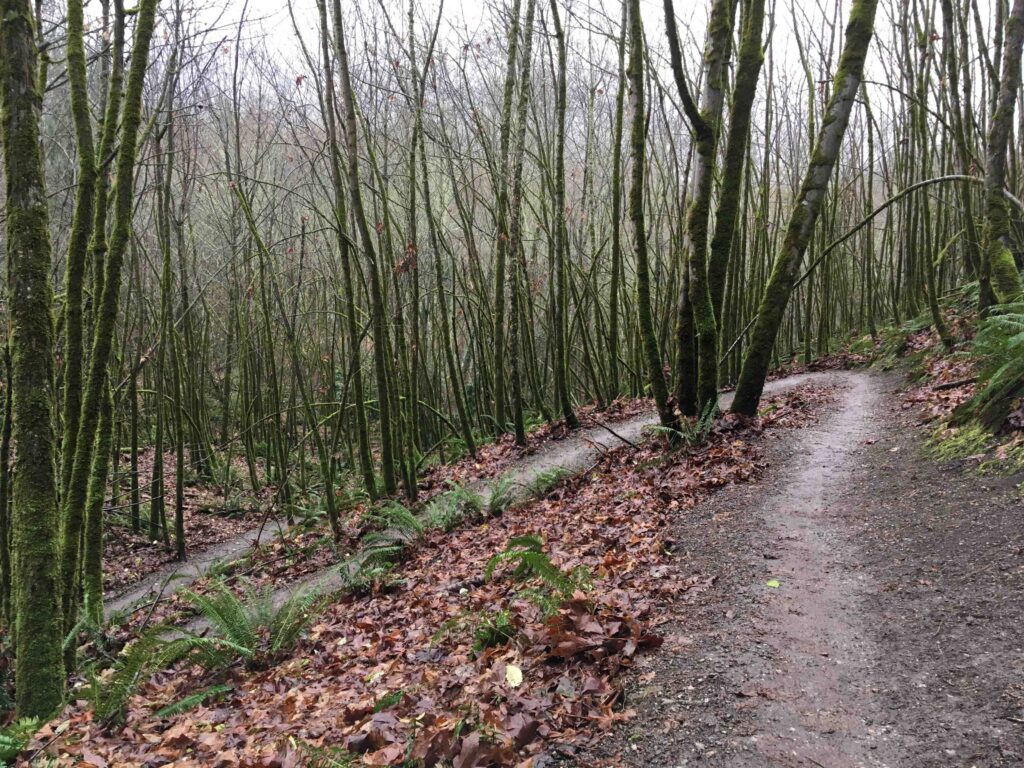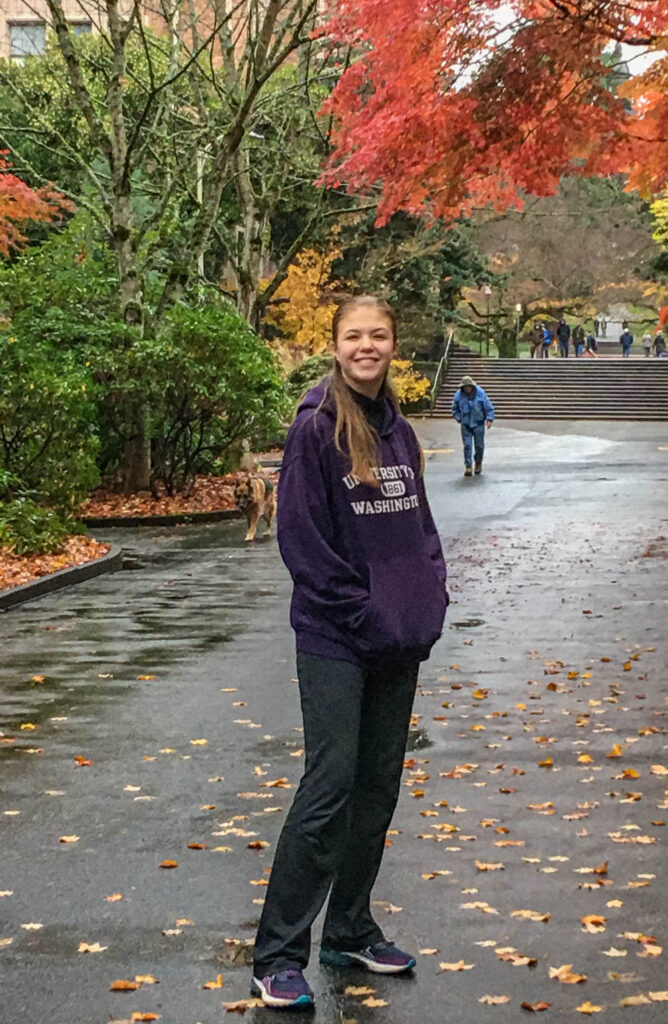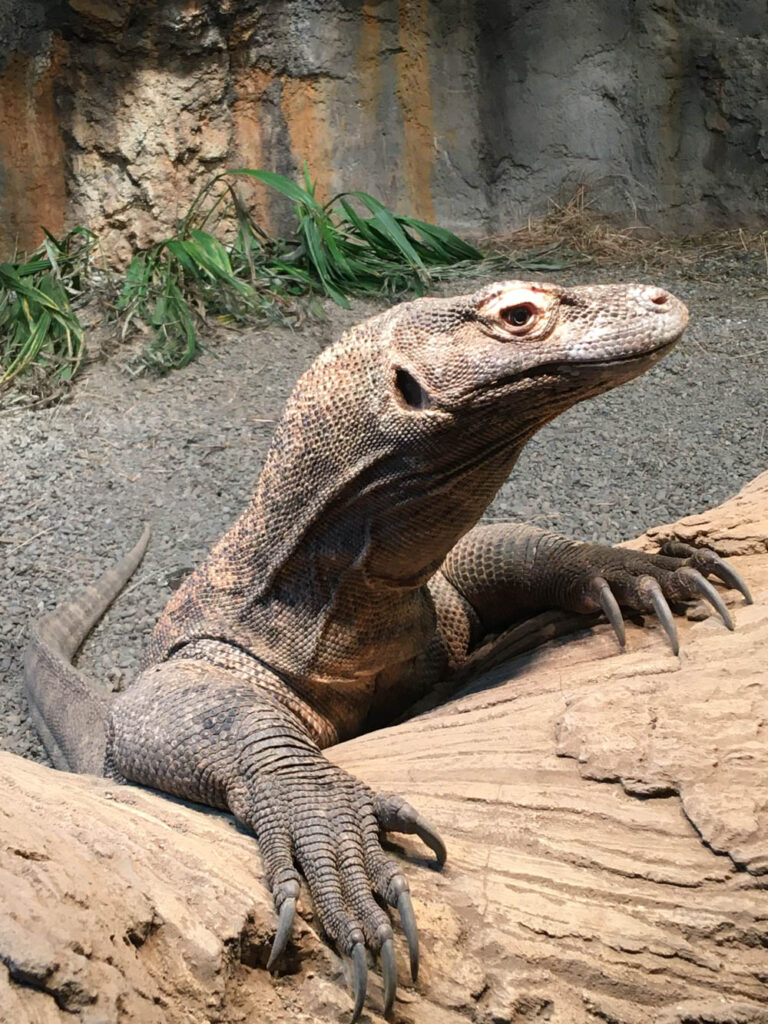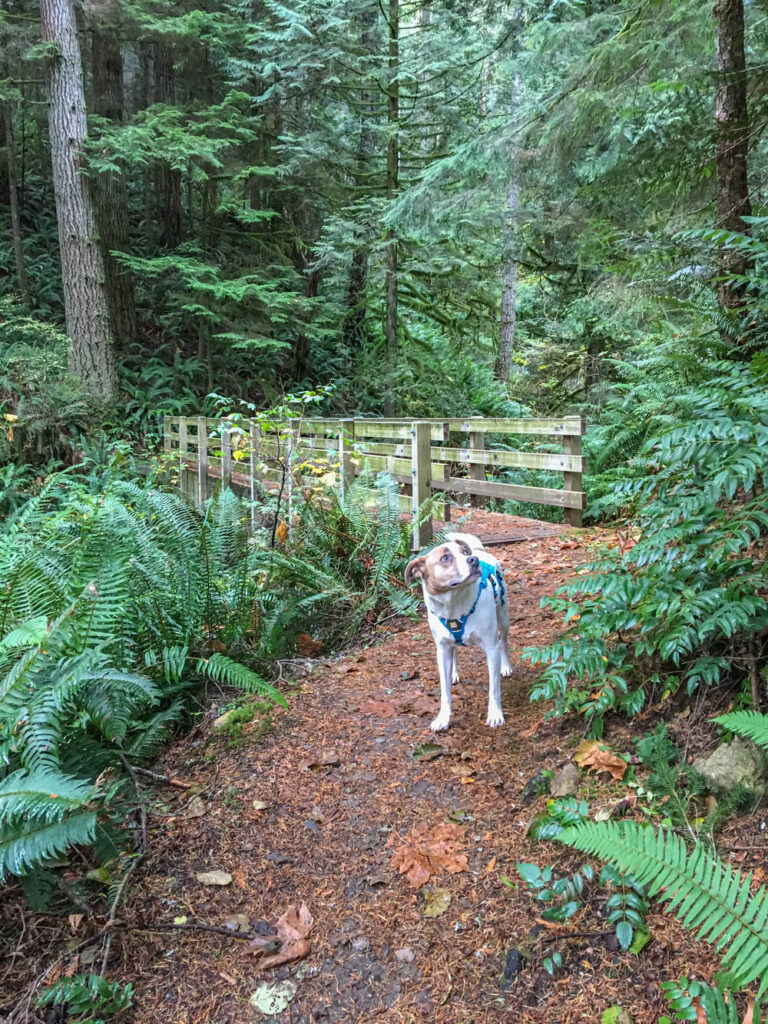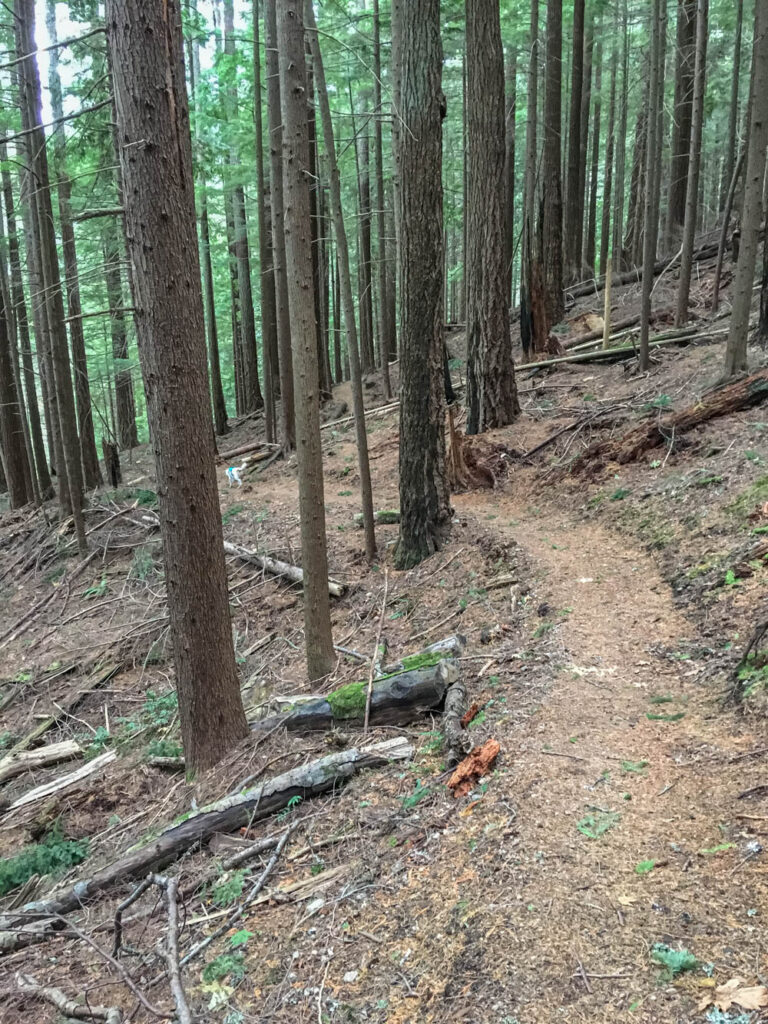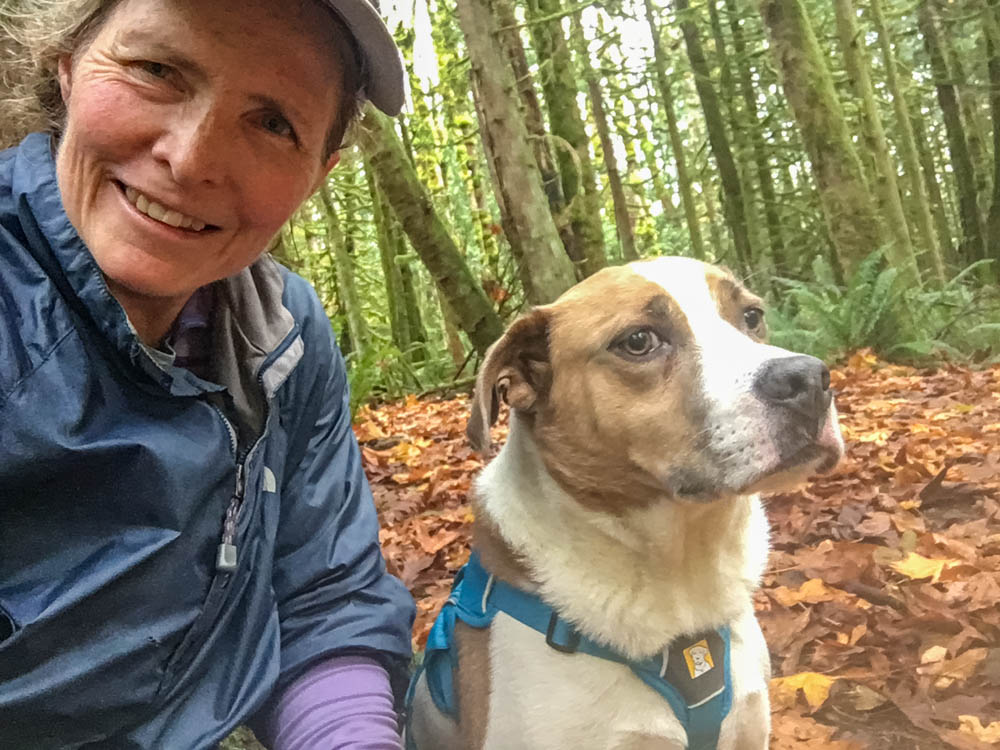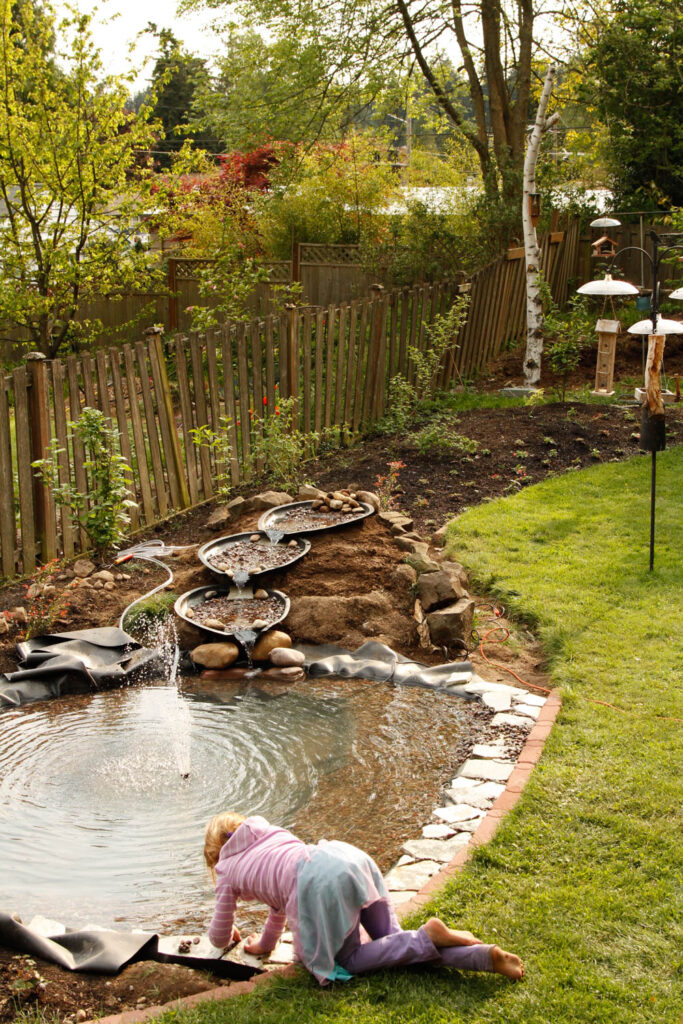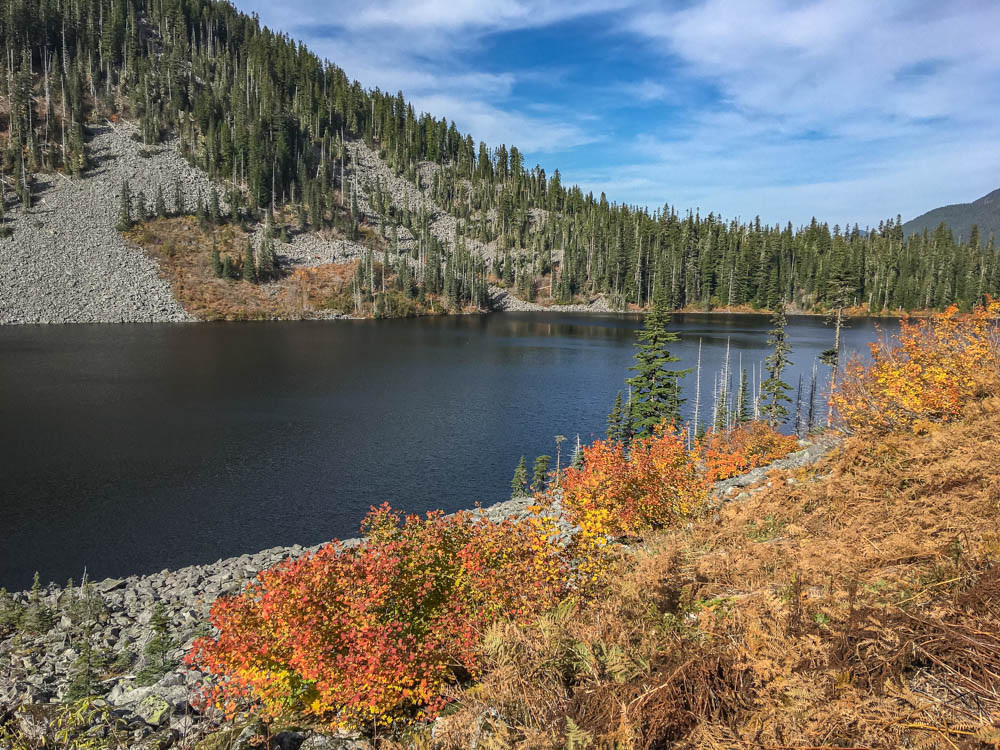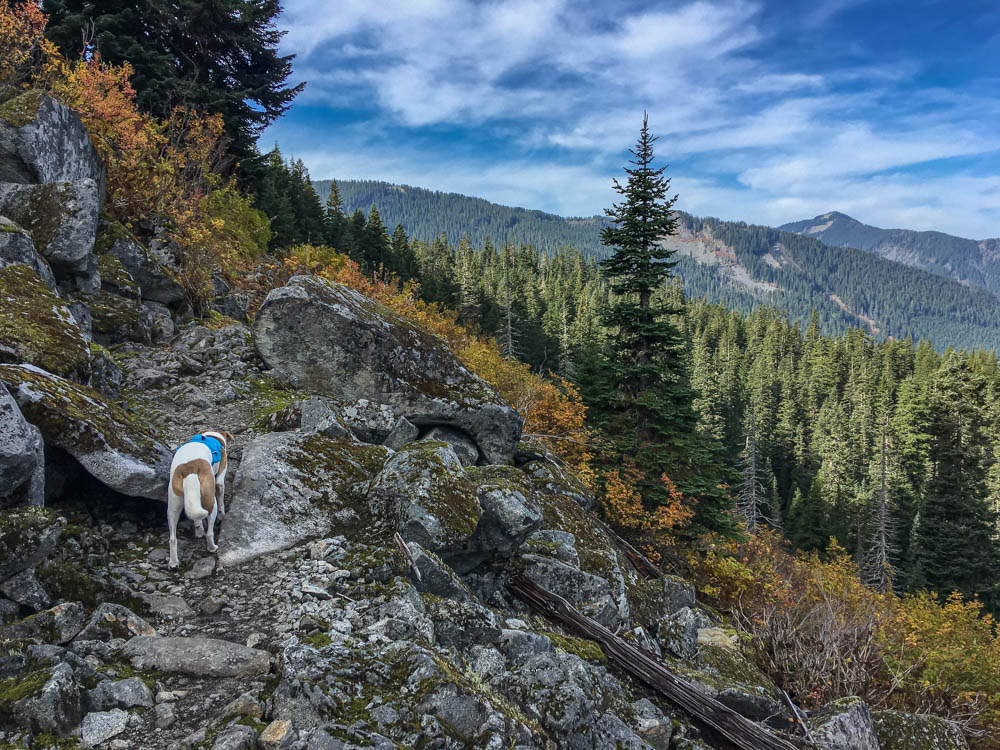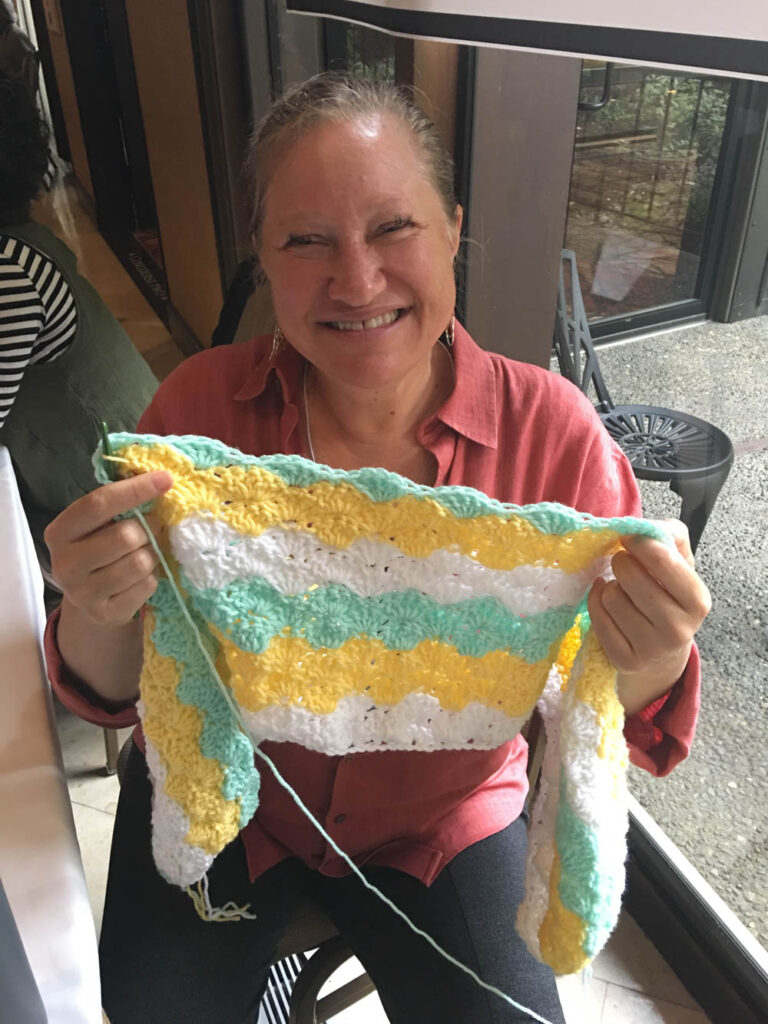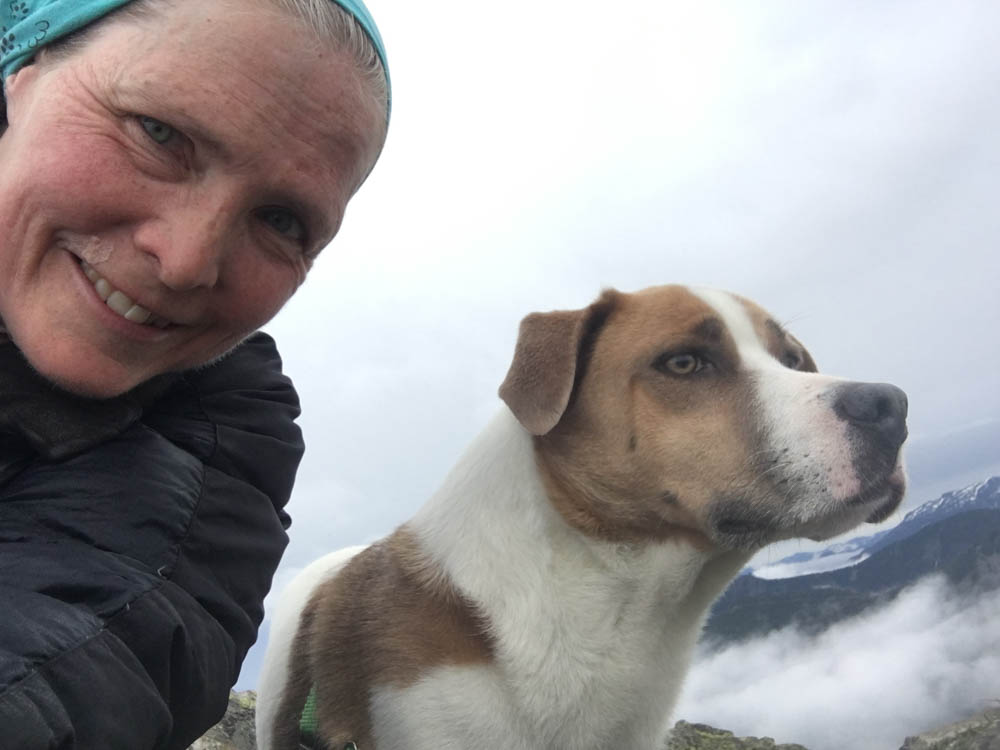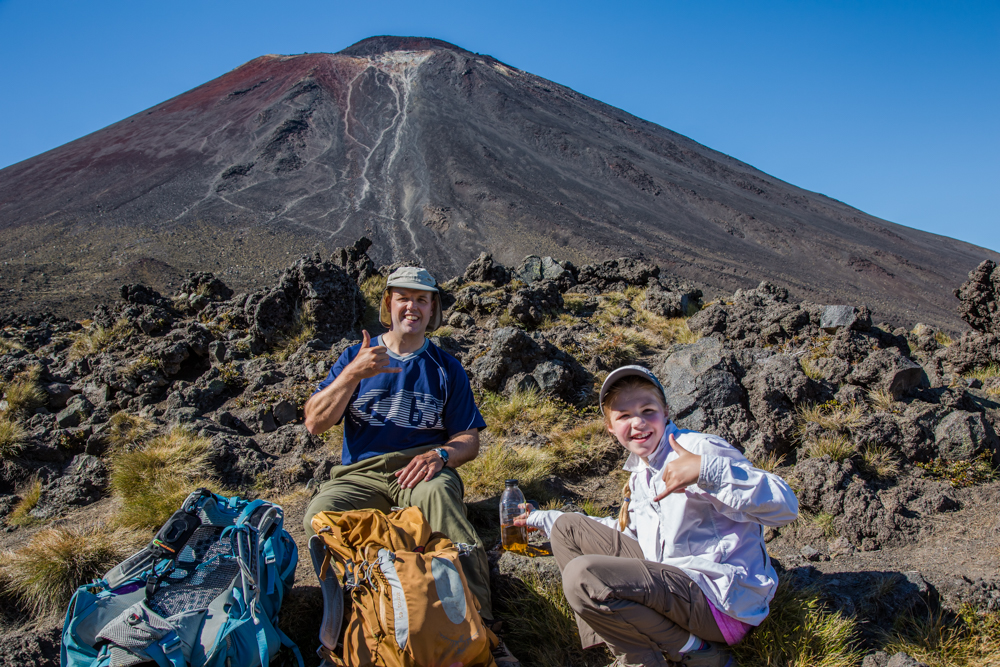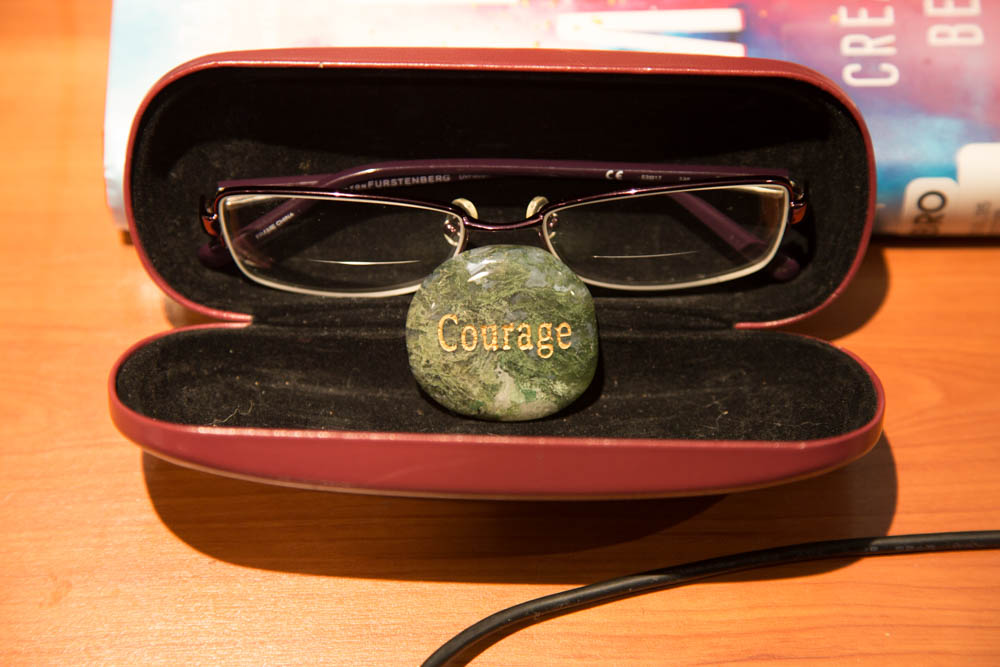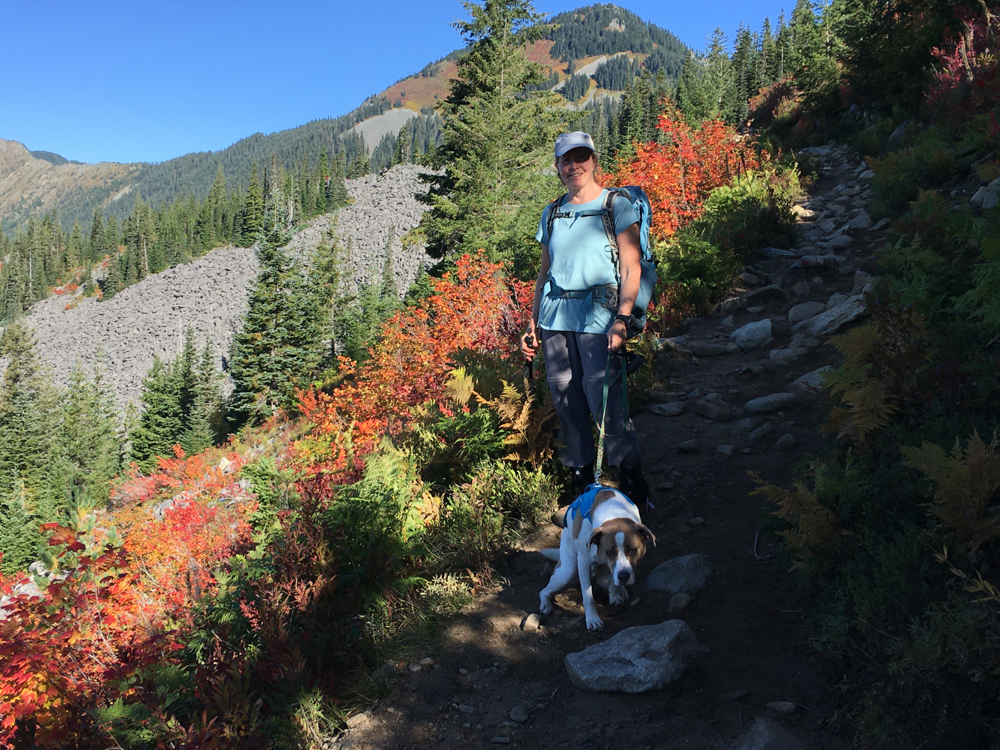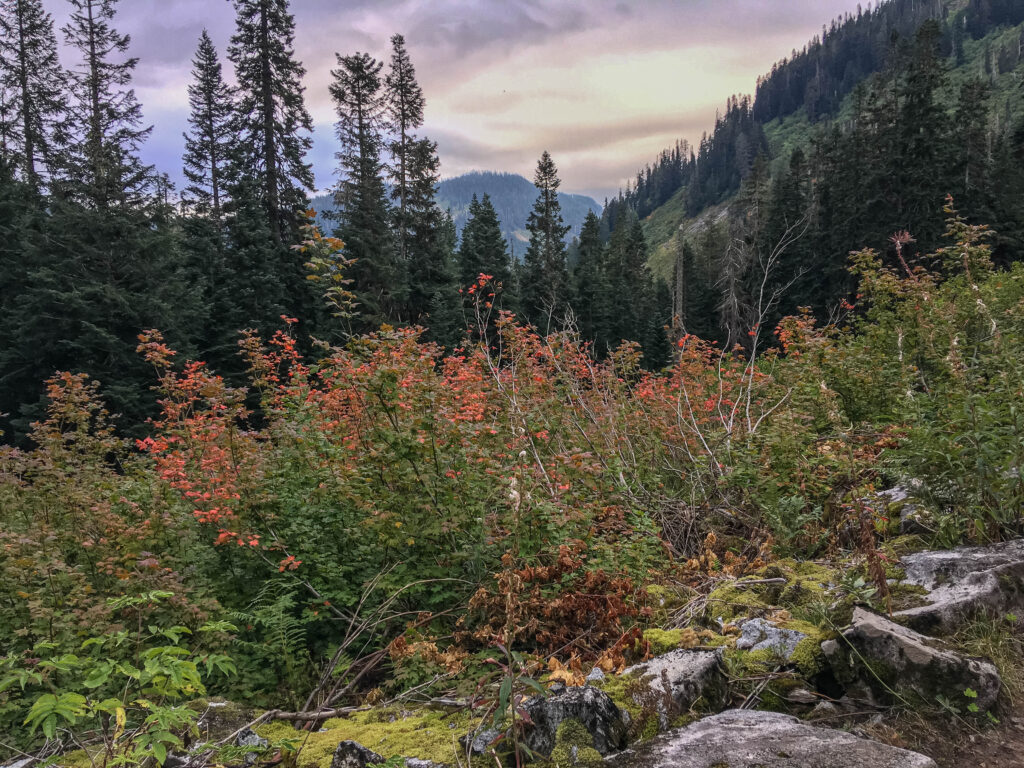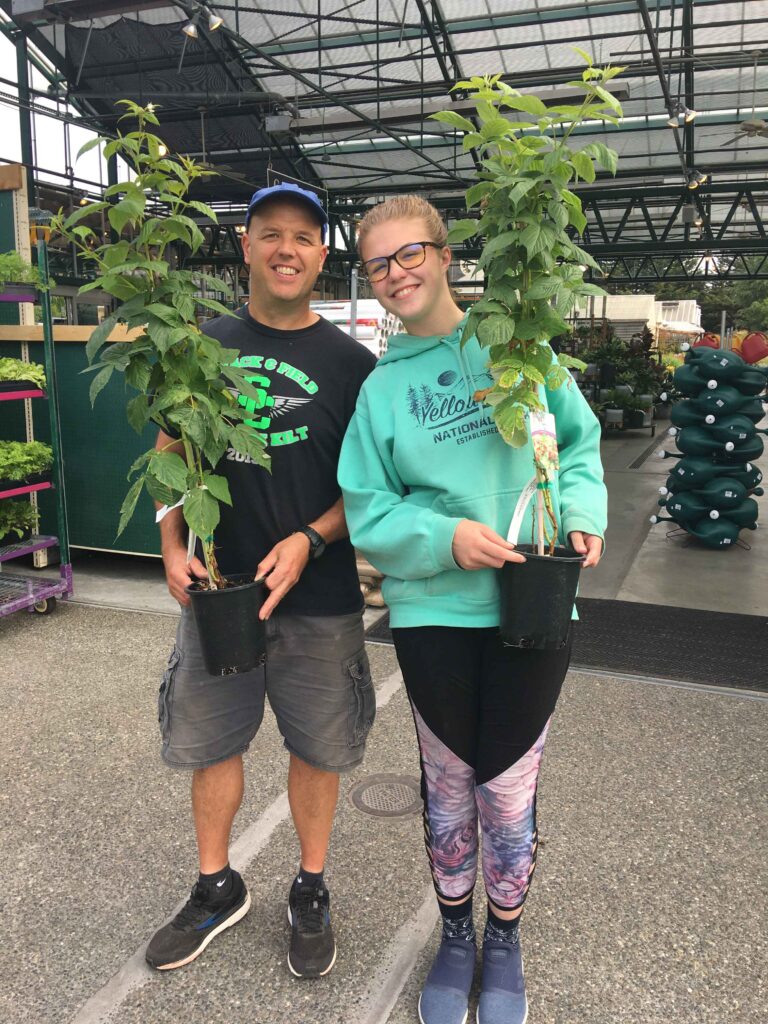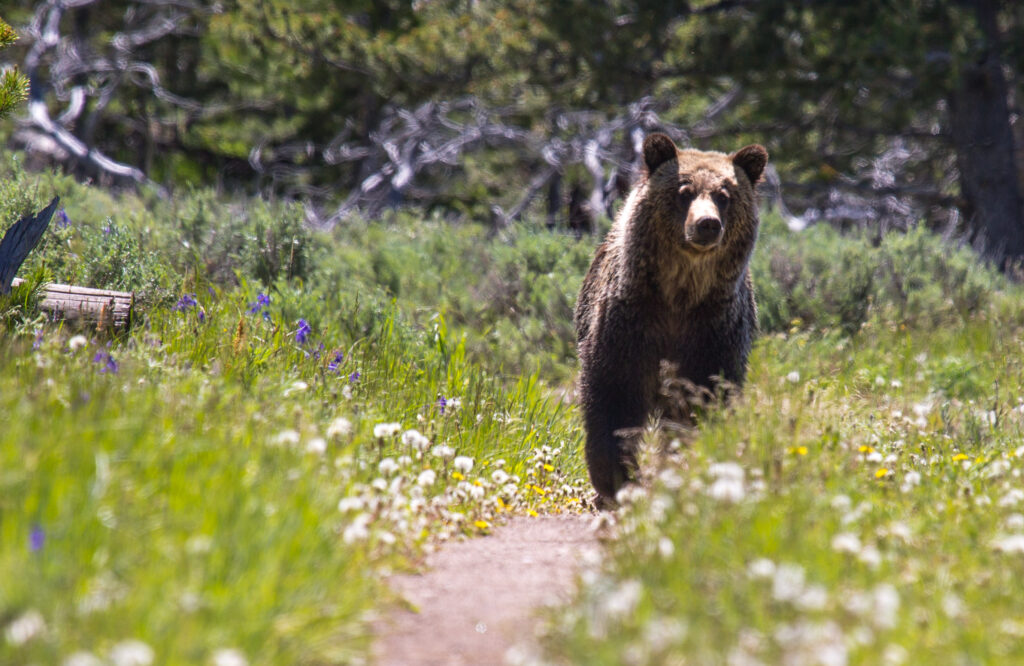My most recent hikes to Tiger and Cougar Mountains, and Rainbow, Island, and Olallie Lakes have paralleled my discoveries as I prepare for my July 22 NBHWC Board exam. Each hike has reminded me to embrace the journey, not just the destination, and to expect the unexpected.

Expect the Unexpected: Bear on High Point Trail
At 8 a.m. on the summer solstice, Ajax, a friend, and I headed up the High Point Trail on Tiger Mountain. I’d never explored this particular trail before and was delighted with the shady meanderings. After about an hour, my friend announced she’d had enough, so Ajax and I escorted her back along the twisting path.
Just minutes below Ruth’s Cove, I saw a huge brown mass in the middle of the trail. Bear! It took one look at us and scampered into the woods, headed uphill. After that, we called “Hey bear!” back to the powerlines a quarter mile from the car, where we parted ways. No matter how many times I hike, I never plan on seeing bears. I’m coming to expect the unexpected.
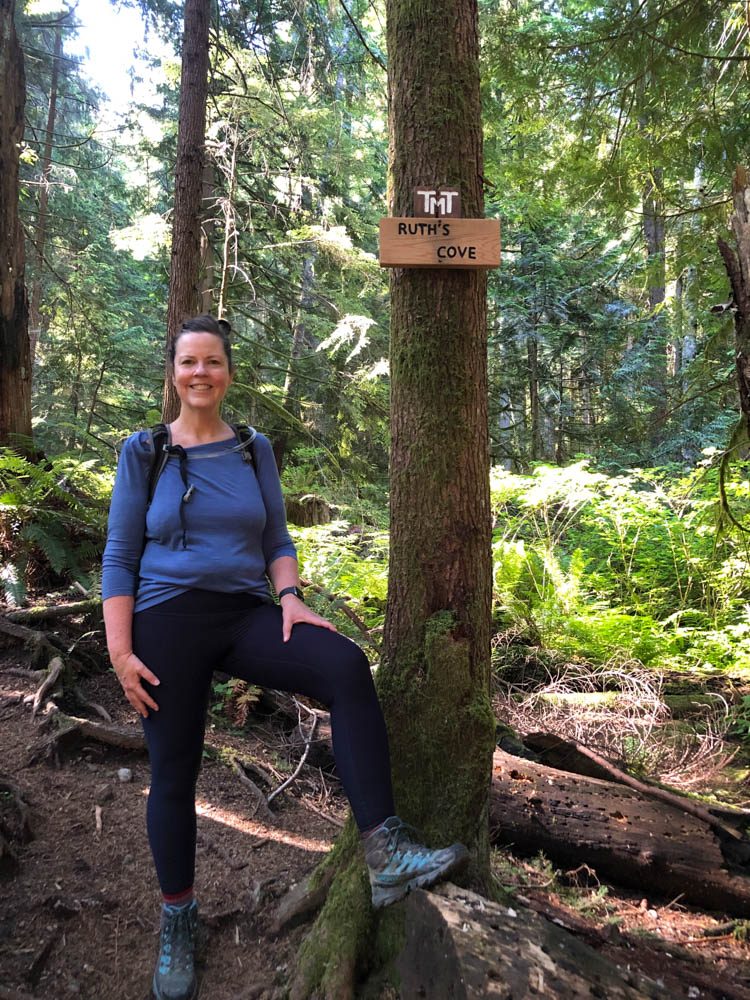
Bear, Take 2
Undaunted, Ajax and I continued back the way we’d just descended. No, I don’t have a death wish. And no, I don’t hike with bear spray or bear bells, having heard from rangers that bears are more attracted to the tinny inanimate sounds (do they think they’re birds?) than to people’s voices. I made sure I had a trekking pole out to make us look bigger if necessary
I frequently call out, “Hello bear, we mean no harm,” or something similar whenever I anticipate we may have company (Mt. Defiance and Granite Peak come to mind). Black bears are searching for food, after all, and as long as you leave them alone, they’ll leave you alone. Unless a mama has cubs.

When we approached Ruth’s Cove, I heard crackling branches. Something big rustled in the woods. This time I expected the unexpected. I started my vocal alerts so he’d know where we were. As we turned a corner, Ajax froze on point.
There in the woods, maybe 30 yards off, sat what I guessed was the same bear, eating. I called “Hey bear, have a nice breakfast,” and snapped a very quick photo before we continued steadily to Ruth’s Cove and beyond. Rule number two with bears, NEVER run. They think you’re prey.
Life Parallel 1
Instead of giving up on the day’s adventure, I used my experience and knowledge about wildlife to continue on the hiking trail I set out to explore. The bear and the new-to-us trail added an unexpected dimension of excitement, exploration, and challenge on an otherwise straightforward trail.
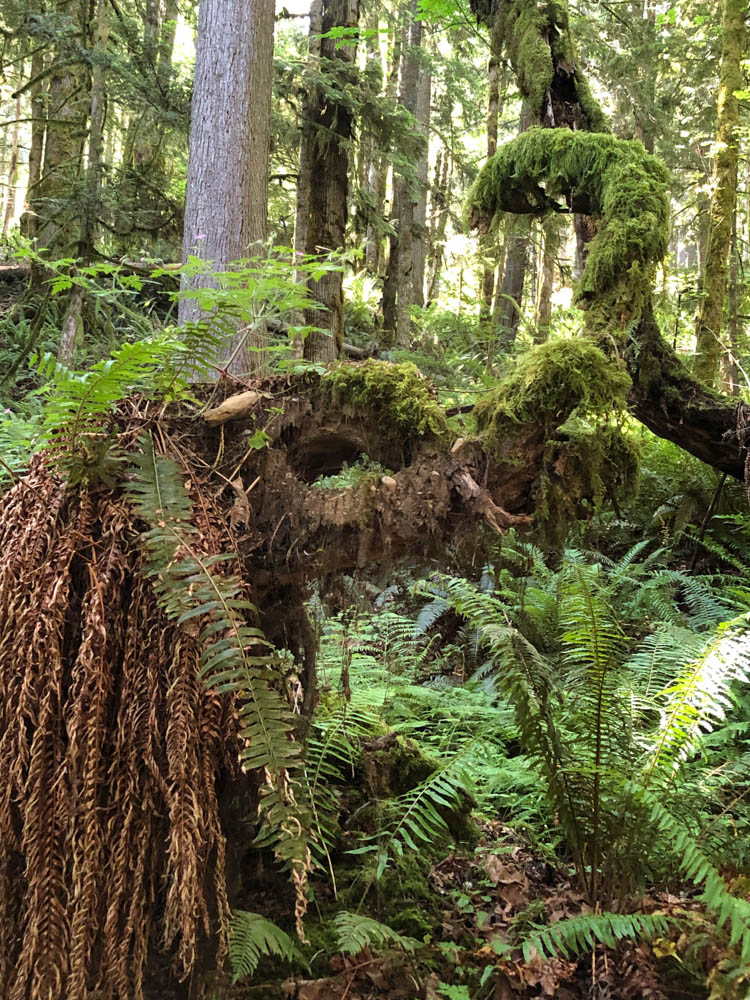
Likewise, as I studied for my exam, I discovered additional materials to review. While some might look at the added time and challenge with concern, or “How am I ever going to get through all of this?” the new information has provided rich nuances and subtleties I can use right now in my coaching practice. Win!
One in particular is called the “magic wand” exercise. Recently, a client expressed her wish for a juicy, colorful, crunchy, and delicious salad prepared by a professional chef. I asked her what one step in that direction might be. She decided to try a colorful vegetable or fruit in each salad until she discovered new favorite ingredients to put together for flavor and texture. Finding a treasure — a new tool — in the additional material reminded me again to expect the unexpected.
Expect the Unexpected: Coyote at Big Tree Ridge
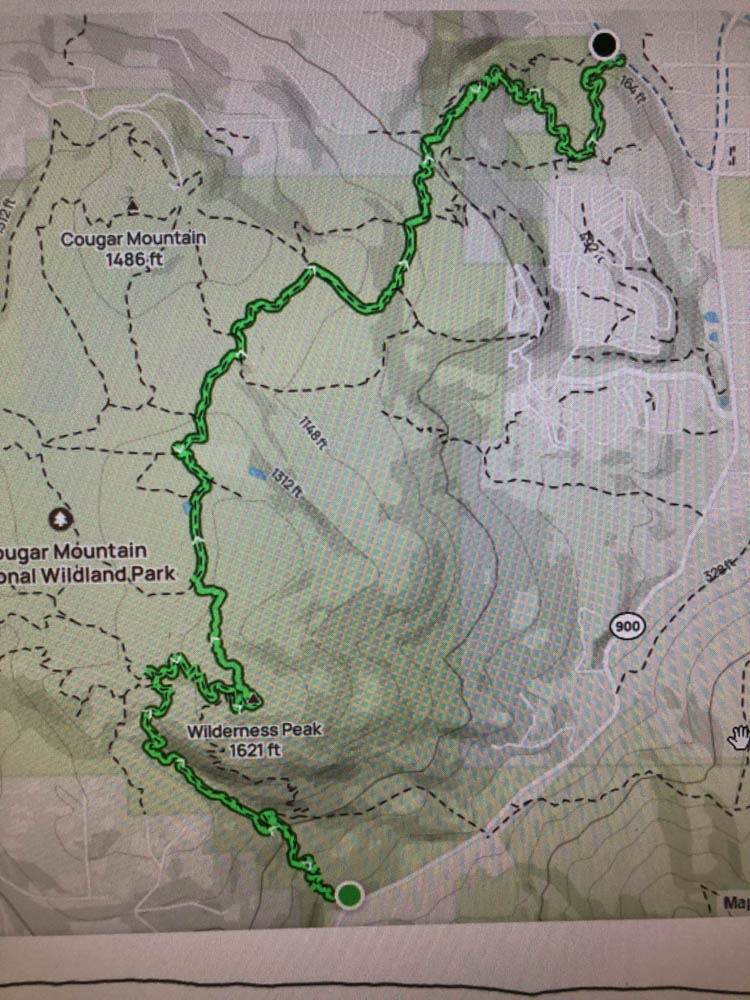
Five days later, Ajax and I met a pair of friends on Cougar Mountain. We hiked up the Big Tree Ridge trail, spotting a coyote on the way to the Harvey Manning Trailhead, their turnaround point. If you haven’t guessed by now, I adore spotting wildlife.
When my friends returned to their cars for work, Ajax and I continued our exploration. My intention: find the connector trails to Wilderness Peak so we could explore the northern part of the park. I found a traverse map online and thought it was feasible.

Once we reached Fred’s Railroad Trail, however, a new-to-me waterfall beckoned. We turned right rather than continuing left toward Shy Bear Pass. This allowed us to visit Coal Creek Falls en route to the Red Town Trailhead, which just reopened in June 2024 and which I’d never been to before.
Our ten-mile ramble included 24 bird species and visits to four trailheads. I gained a greater appreciation for the coal mining that occurred years ago within the park. The Cave Holes on the map indicated collapsed mines. Just when I’d forgotten to expect the unexpected, we spotted a deer near Clay Pit Road.
Life Parallel 2
During this second hike, I gained an appreciation for exploring new-to-me trails branching off of familiar trails. This works well on Cougar, Tiger, Si/Little Si, and Squak, areas that all have a vast network of intersecting trails.
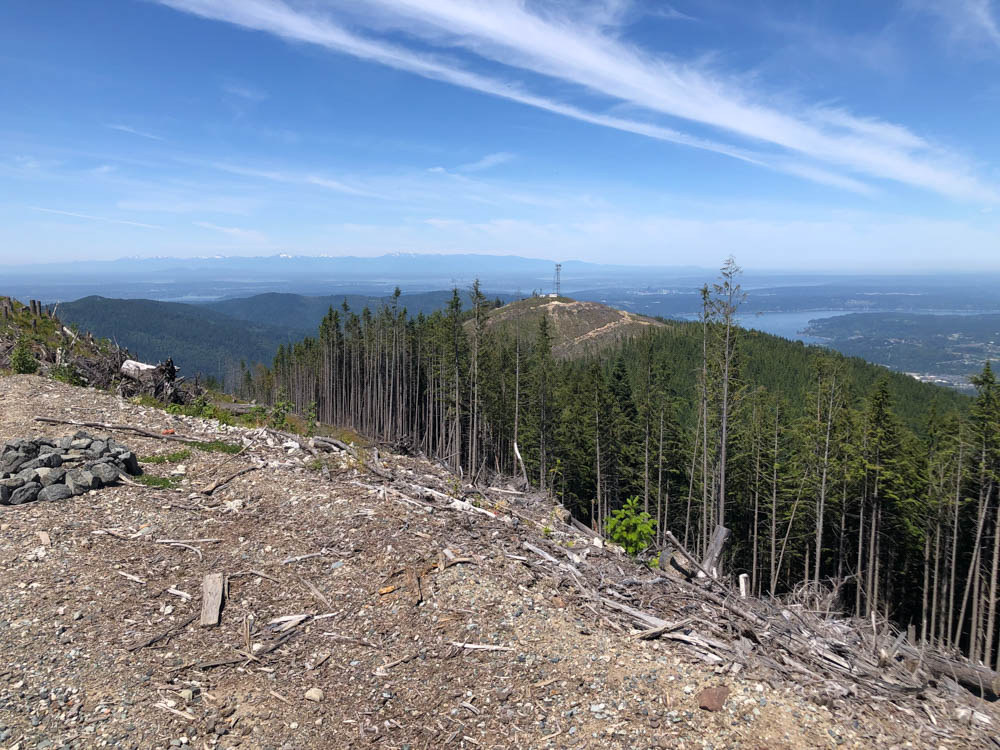
As I plow through my study materials, I appreciate the interweaving of change theories I’m mastering, including the Transtheoretical Model (TTM) of change, Motivational Interviewing, Positive Psychology, and Nonviolent Communication (NVC). The past four months have helped me integrate the material into my coaching toolkit.
Where I am starting to expect the unexpected is to look for parallels and similarities between life and hiking. The mental intersections feel as solid as the labyrinthian trails on Cougar Mountain, with clues as to when and how to explore them depending on the situation.

Success at Island, Rainbow, Olallie Lakes
On July 2 Ajax and I visited Rainbow, Island, and Olallie Lakes at Exit 47. I wanted to beat the heat anticipated over the long July 4th weekend. Ajax and I hiked above the clouds on a beautiful morning and didn’t see a soul until we were headed down.
Of the three outings featured in this blog, this was the only day that we succeeded in reaching our intended destinations. We’d tried several times before (twice in March, Changing Seasons March 2024, Celebrate Milestones March 2024, and again on May 9) but turned back because of snow. My WTA trip report encapsulates our experience.

What’s Up with Ajax?
I never could have expected the unexpected this time. Despite giving Ajax a good 30-minute rest at Island Lake, when I packed up to head back, he refused to follow. My stomach dropped. Did he know something I didn’t? Could I carry him to the car if I had to? When the bugs threatened to eat me alive, I attached his leash and gently guided him out.
At times I grabbed his suitcase harness to support him out of the basin. Would he fit in my pack? How might I create a makeshift sling? Would there be any people who could help me if he refused to continue?

Fortunately, as we descended from Pratt-Island junction, he seemed to improve; he even turned toward Olallie Lake to add a few more miles to our hike. Reaching three lakes was the original goal. But now I realize my overarching goal is way more important: having a healthy, unconditionally loving pet for as long as possible. Hikes or not. He comes first.
Life Parallel 3
By the time we got home, Ajax seemed to have trouble with his right front leg. Was it arthritis? Soreness? A thorn? He’s done 10-12 miles with me this year, so I know he’s capable of the mileage. The heat wasn’t an issue; we were in the shade and on the trail early. I made sure to provide plenty of food and water.
I did everything right. So what was he experiencing? Did he just have an off day? Or is this an indication of what’s to come? If I risk taking him with me in the future, what do I do if he refuses to walk out?

Those thoughts turned to thinking about my upcoming exam. What do I do if I don’t pass? Have I put all my eggs in one proverbial basket, both for our hikes and for my coaching future? It dawned on me that I was asking the wrong questions.
The question I should be asking instead is: How can I expect the unexpected and grow from the side trips?
The Future: Expect the Unexpected
If a pilot is off course a significant percentage of the time but still reaches the destination through course correction, perhaps it’s time to focus on what benefits our detours provide us.

For three years, I have written about our many adventures together as I explore change. I rely on Ajax for companionship and humor. There will come a time not too far away when I have to let him go. I’m not ready to face one of the biggest, inevitable, and worst changes of all: the loss of my best canine buddy and hiking partner.
But now is not the time for grief. Now is the time to appreciate the side trips and detours, embrace all the wonderful events of today, and enjoy the parallel journeys of studying and exploring whatever trails we can visit. I’m not giving up — not on the test, not on my hiking partner. He’s proven how resilient he is, and I will prove how resilient I am. No matter what comes next.










